Milestones
175 Years of God Working Through the IMB
1840s
Overview
In 1845 the Foreign Mission Board was formed so Southern Baptists could take the gospel to foreign lands. Within months, several missionaries were appointed to China and Liberia.
Foreign Mission Board Formed
The newly formed Southern Baptist Convention established the Foreign Mission Board as part of the “one sacred effort, for the propagation of the gospel” and placed its headquarters in Richmond, Virginia.
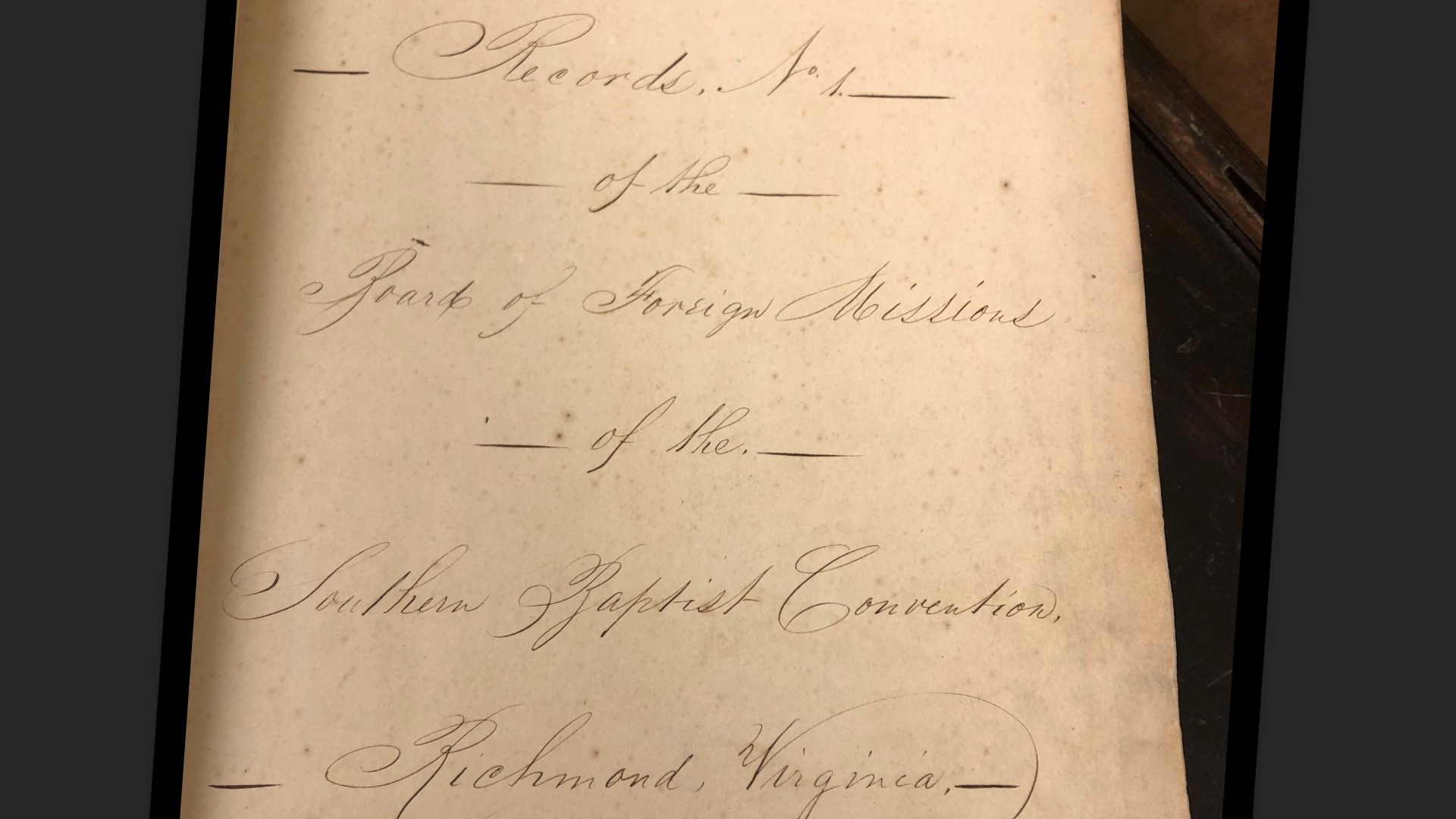
China Opened as First Mission Field
Southern Baptists chose China as their first foreign mission field, and Samuel C. Clopton was appointed as the first missionary. He served in China less than a year before dying from illness.
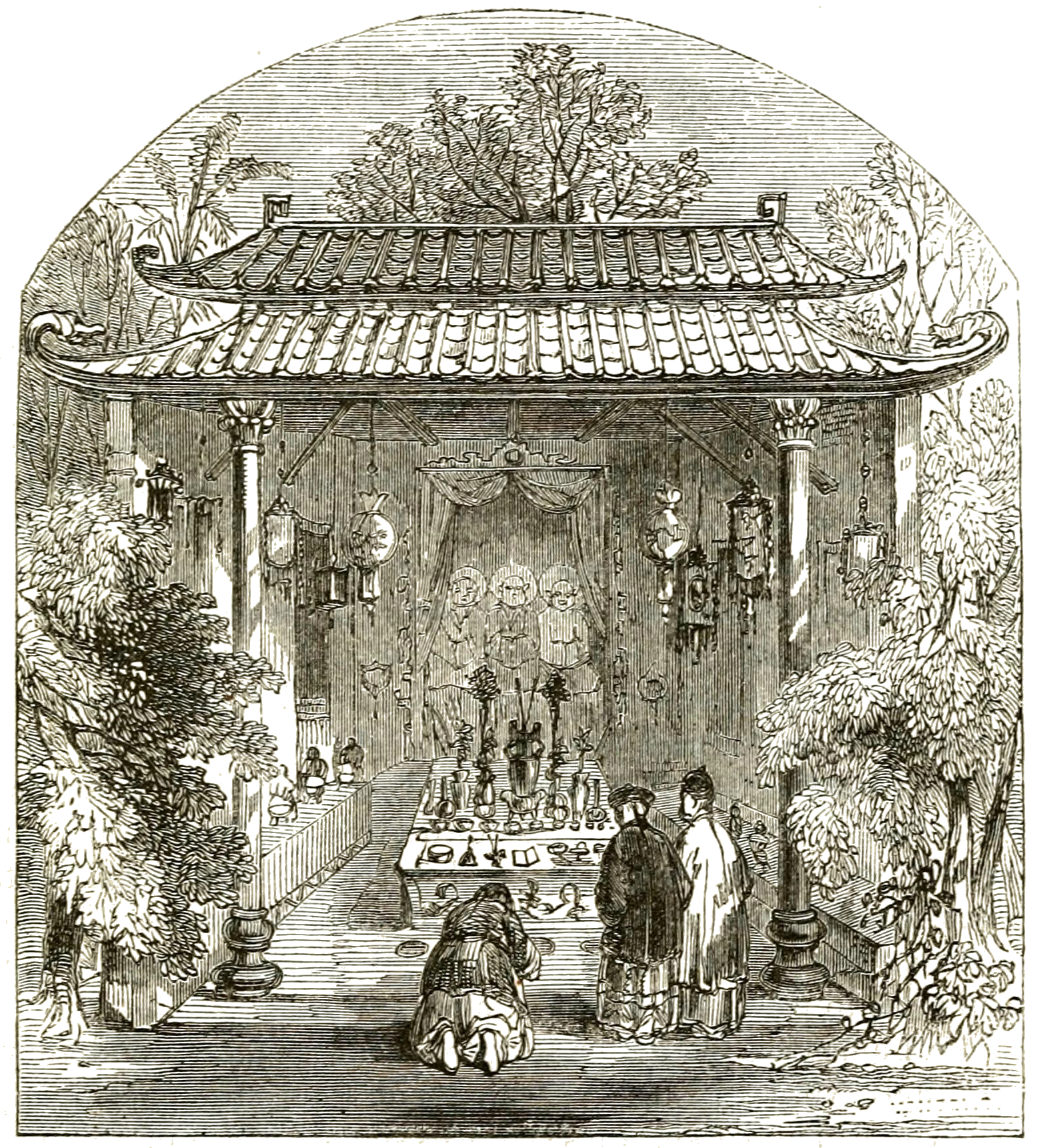
James B. Taylor Appointed Executive Leader
The Foreign Mission Board appointed pastor James B. Taylor as its first leader (officially titled corresponding secretary). He served until days before his death in 1871, guiding the organization through its early growth and the tumultuous Civil War years.
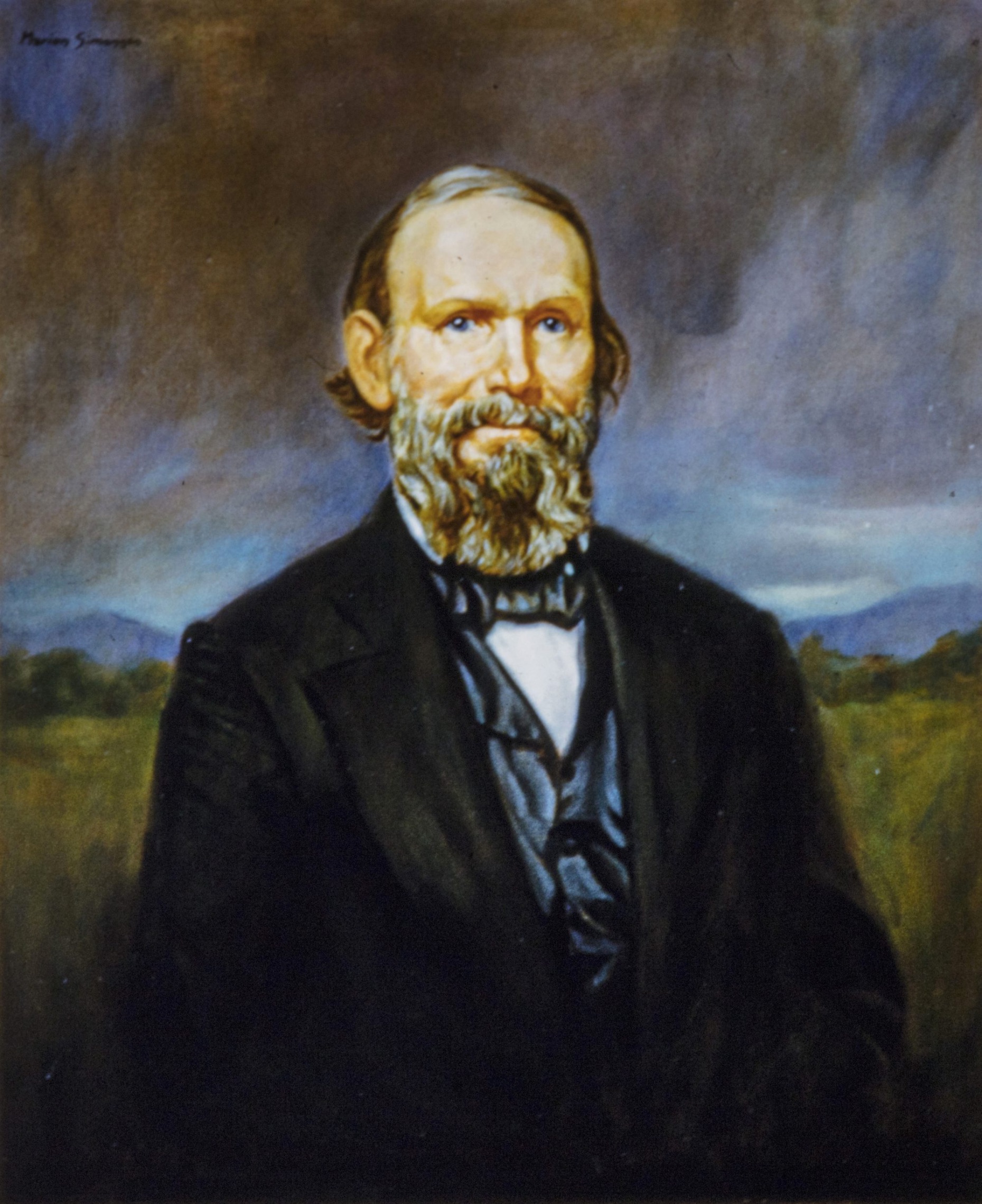
'Missionary Journal' First Published
The first edition of the "Southern Baptist Missionary Journal" was published to share news from the foreign mission field. News continued to be published in print form, primarily through "The Commission" magazine, until 2012, when missions storytelling transitioned to primarily online formats.
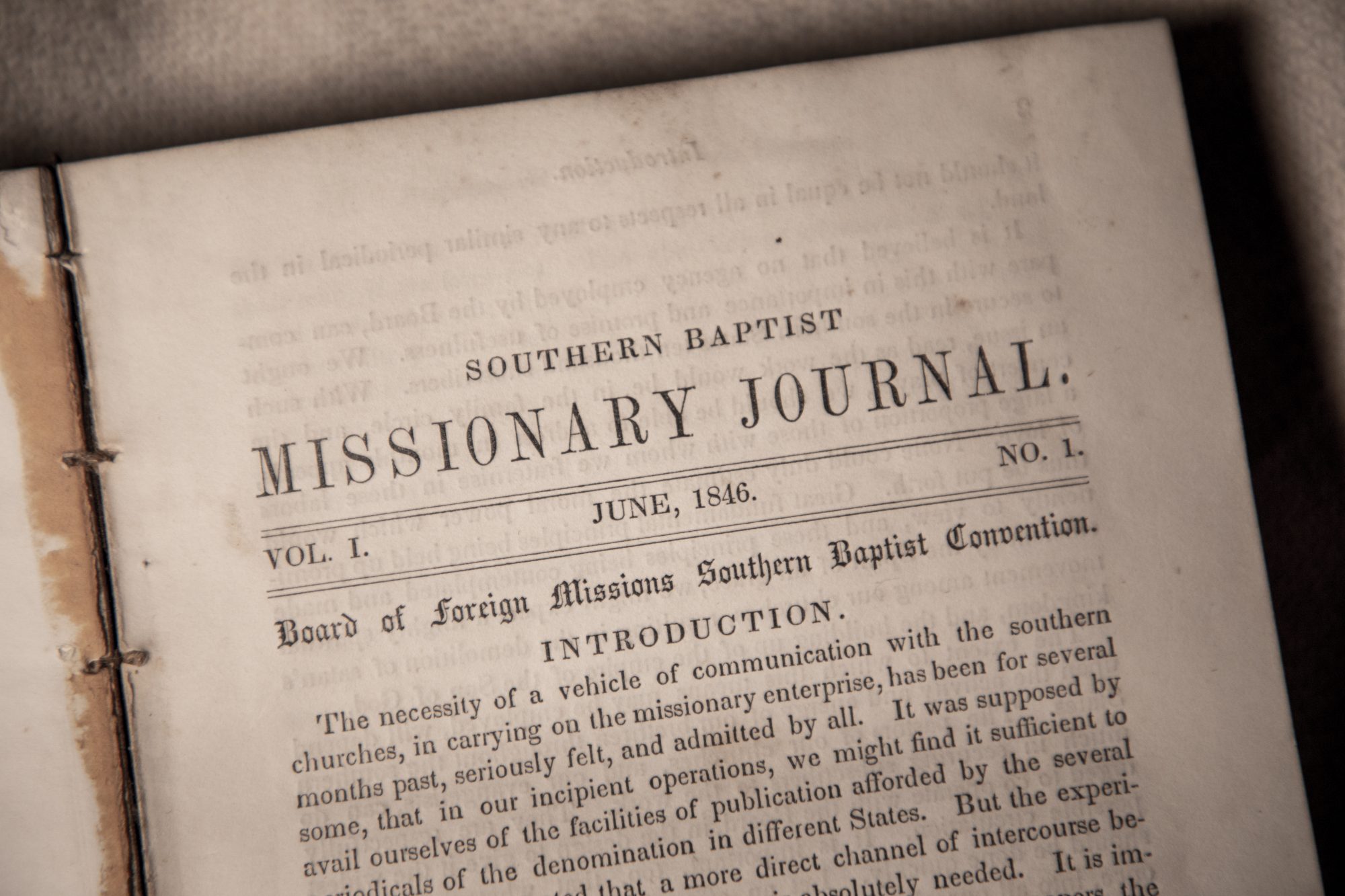
First African American Missionary Appointed
Southern Baptists’ first black missionary, John Day, was appointed to Liberia. He was a free man already living in Liberia who started churches and discipled believers while working within the government to help establish Liberia as a nation.
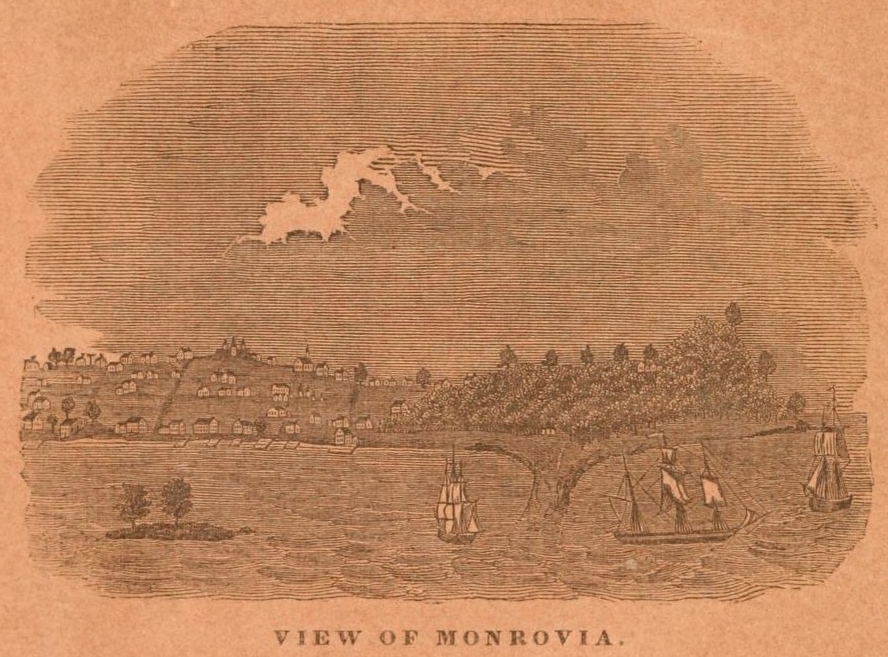
First Single Female Missionary Appointed
The Foreign Mission Board’s first single female missionary, Harriet A. Baker, was appointed to China. Her term was tumultuous, and she returned to the U.S. within a few years. For the next two decades, the FMB asserted single women were not fit to serve overseas.
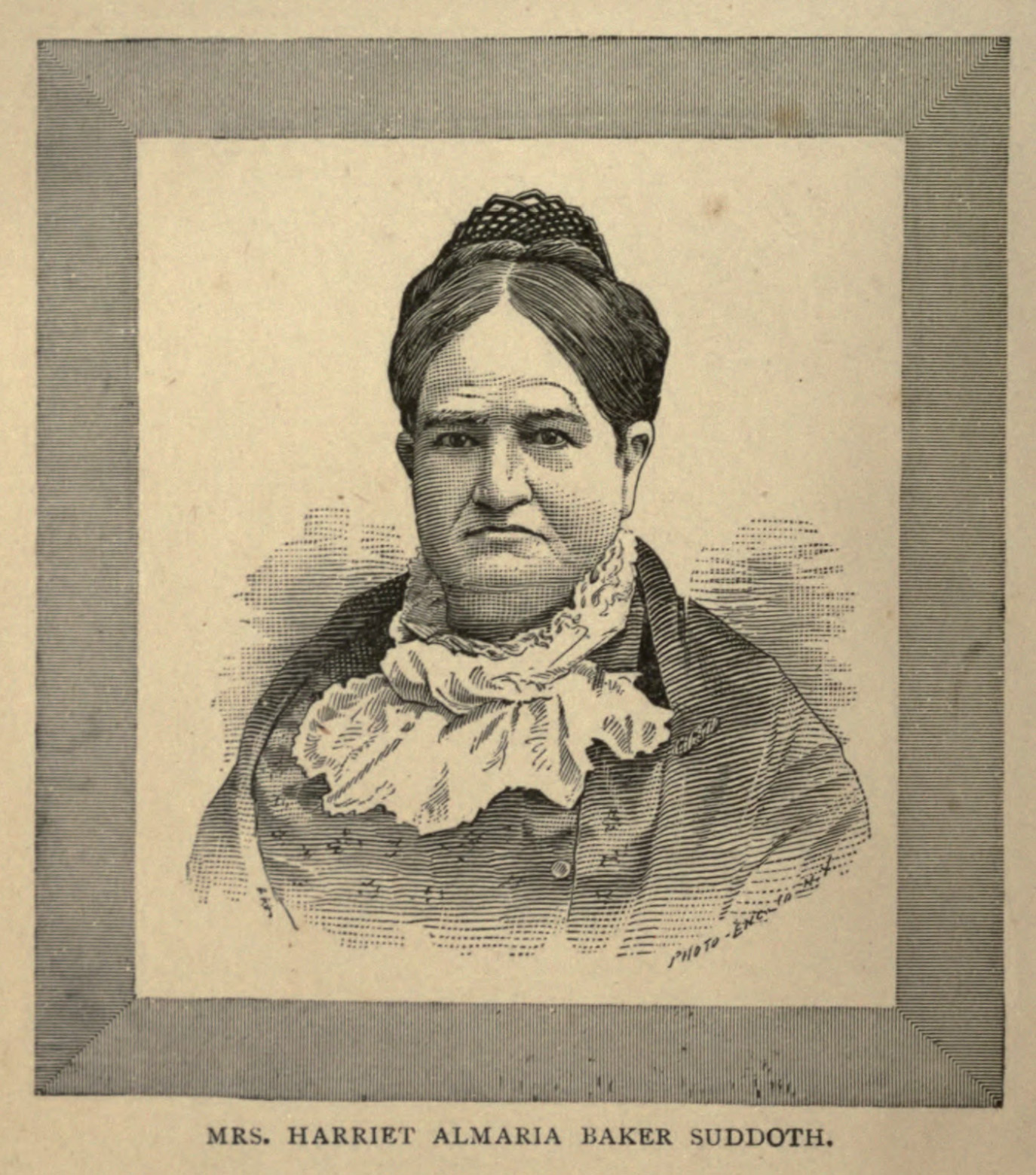
1850s
Overview
In the early years of work in China and Africa, missionaries battled isolation and diseases. Though some died or returned to the U.S., there was a successful push into Africa’s interior.
Mission Work Started in Africa’s Interior
Ministry in Yorubaland (a part of modern-day Nigeria) opened as an offshoot of the work in Liberia, fulfilling Southern Baptists’ desire, since the formation of the Foreign Mission Board, to take the gospel into Africa’s interior as well as to China.
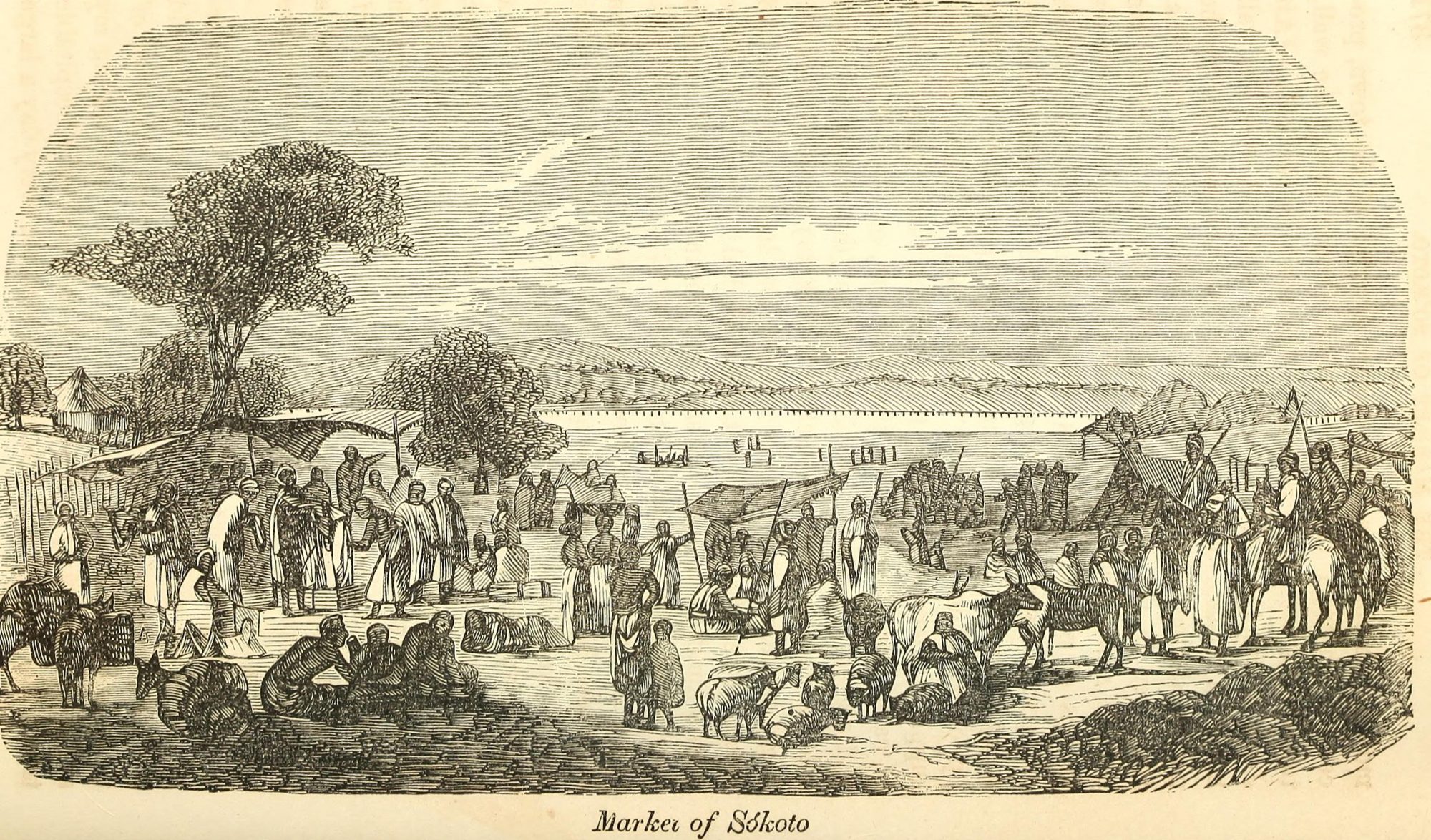
FMB Authority Questioned by Landmark Crisis
Baptist pastor and newspaper editor James R. Graves challenged the Foreign Mission Board, asserting local churches have sole authority under Scripture to appoint and send out missionaries. This Landmark Crisis ended with a resolution to maintain existing operations while working closely with churches that wanted to fund their own missionaries.
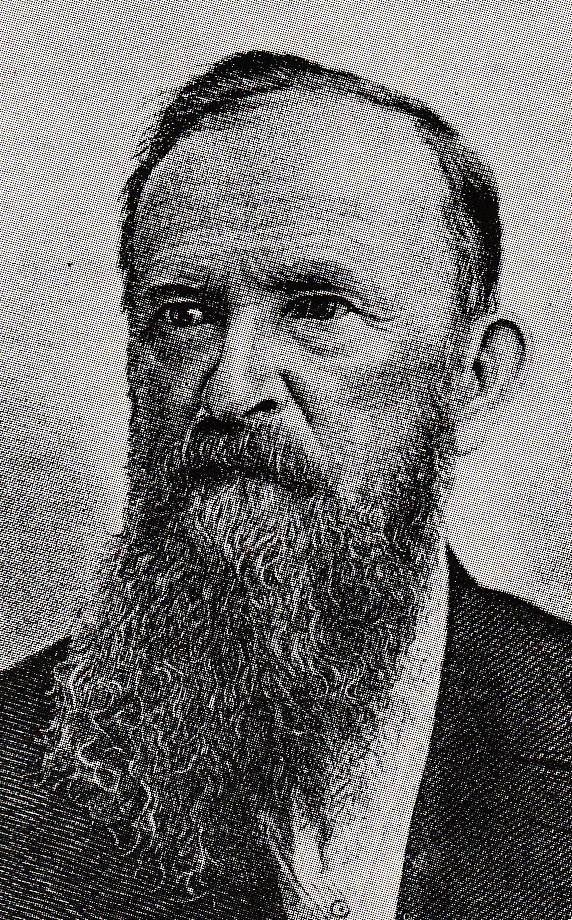
1860s
Overview
During the U.S. Civil War, the Foreign Mission Board and its missionaries struggled to make ends meet. At the end of the war, only $1.78 remained in the FMB’s bank account.
First Missionary Murdered on the Field
Taiping rebels in China killed missionary J. Landrum Holmes, the first Foreign Mission Board missionary murdered on the field. His widow, Sallie, remained in China and became a mentor to Southern Baptists’ most famous missionary, Lottie Moon.
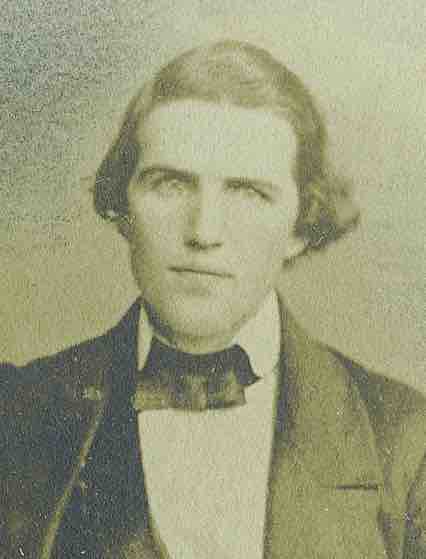
Support Operations Devastated by Civil War
The devastating effects of the U.S. Civil War left missionaries to fend for themselves as the Foreign Mission Board’s administrative functions all but ceased. By the end of the war, the organization was in severe debt — only $1.78 remained in the bank — and Southern Baptists questioned whether their mission efforts could continue.
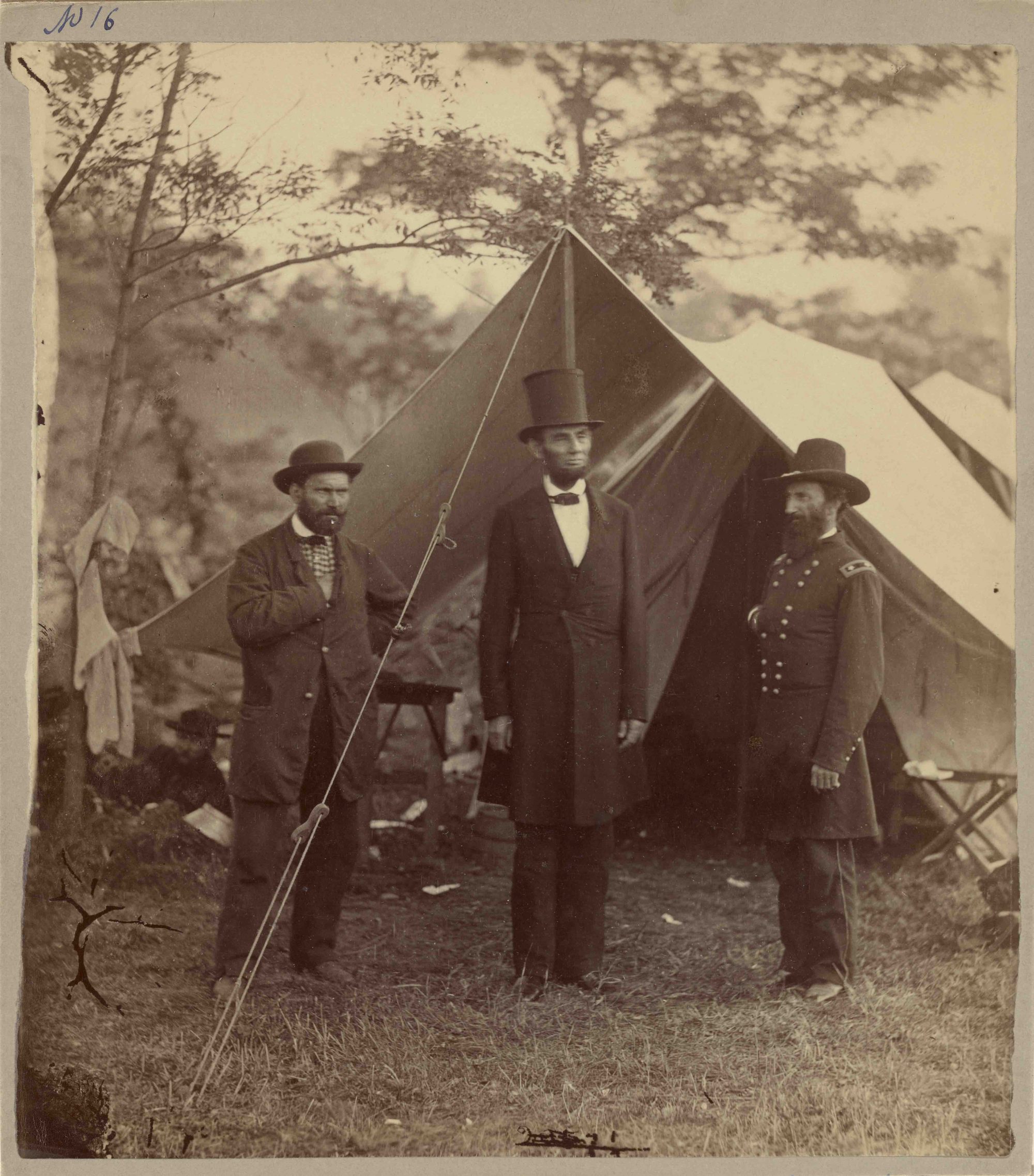
1870s
Overview
In the 1870s the FMB saw the value of appointing single females, including Lottie Moon, as missionaries. Women’s missionary societies strengthened as they raised funds and advocated for missions.
Single Females Granted Appointment as Missionaries
The Foreign Mission Board appointed Lula Whilden to China, reviving the appointment of single female missionaries. She and her married sister became the first “missionary kids” (children who grow up on the mission field) to serve as Southern Baptist missionaries.
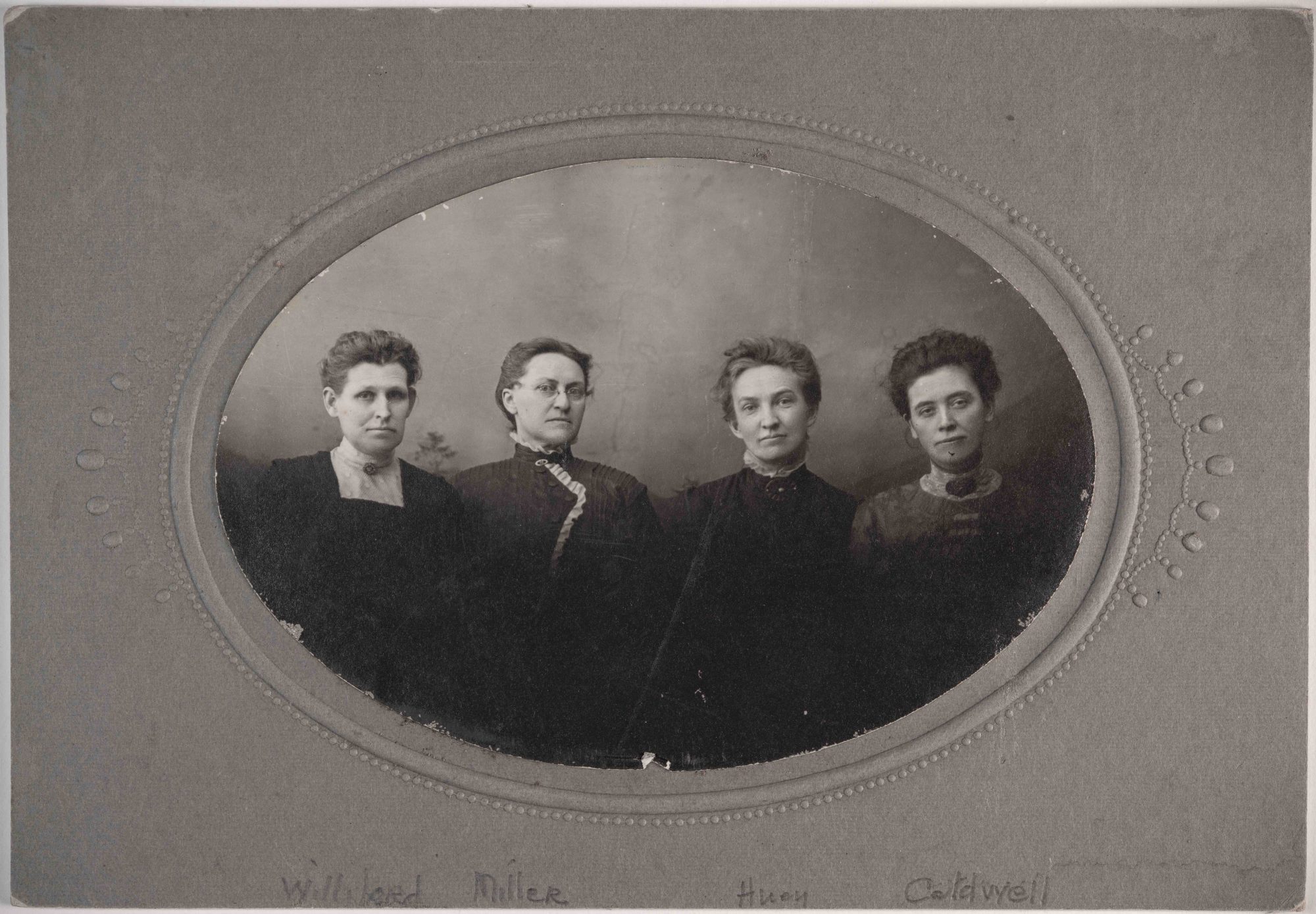
Henry Allen Tupper Elected Executive Leader
Pastor Henry Allen Tupper became the leader of the Foreign Mission Board. Over the next 21 years, he guided the organization through debt issues and theological controversies. His humble yet determined support also led to significantly increased involvement of women in missions.
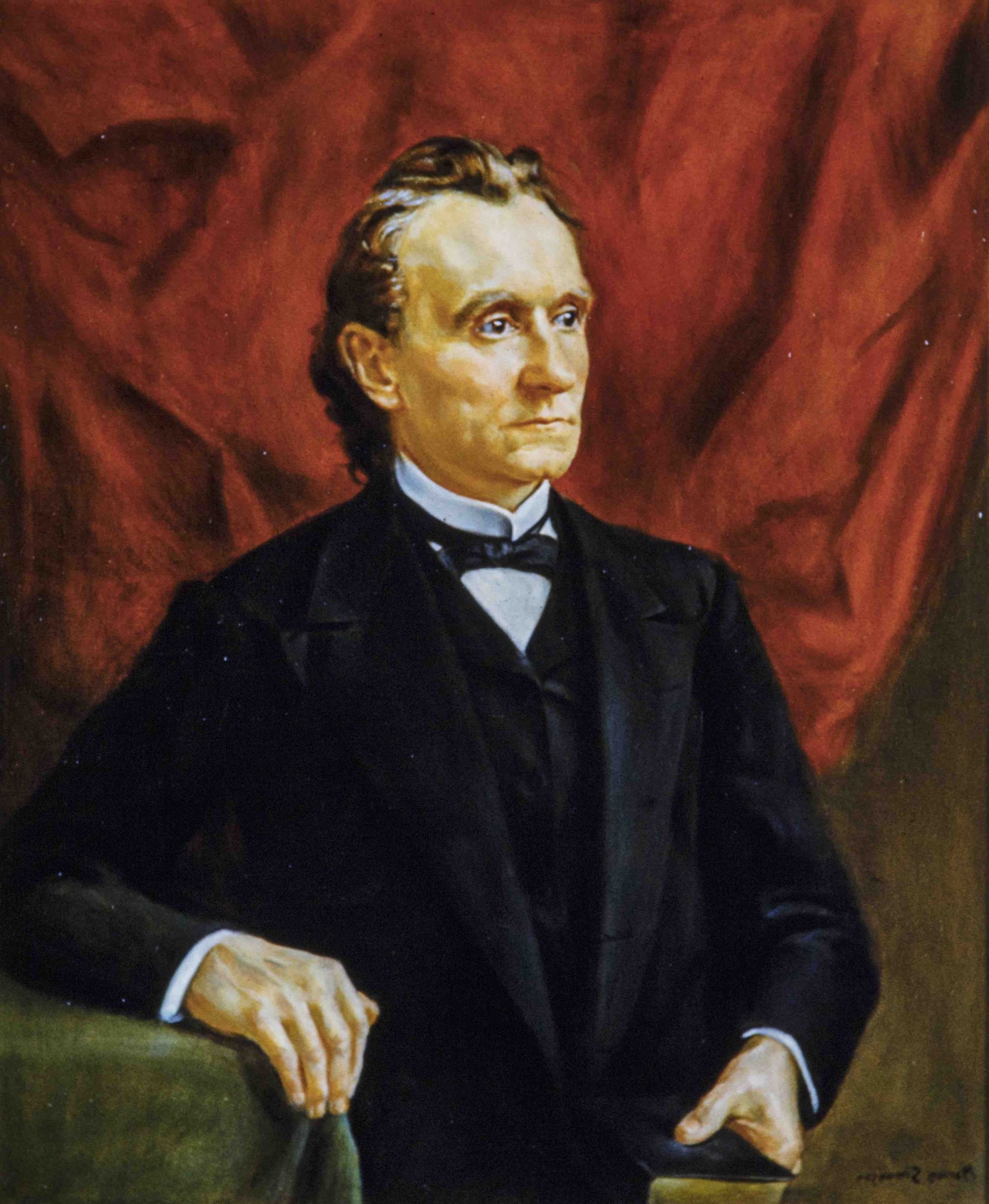
Lottie Moon Appointed to China
The Foreign Mission Board appointed Charlotte D. “Lottie” Moon to China. Her heroic service and challenging letters home over the next four decades rallied Southern Baptists to the cause of missions.
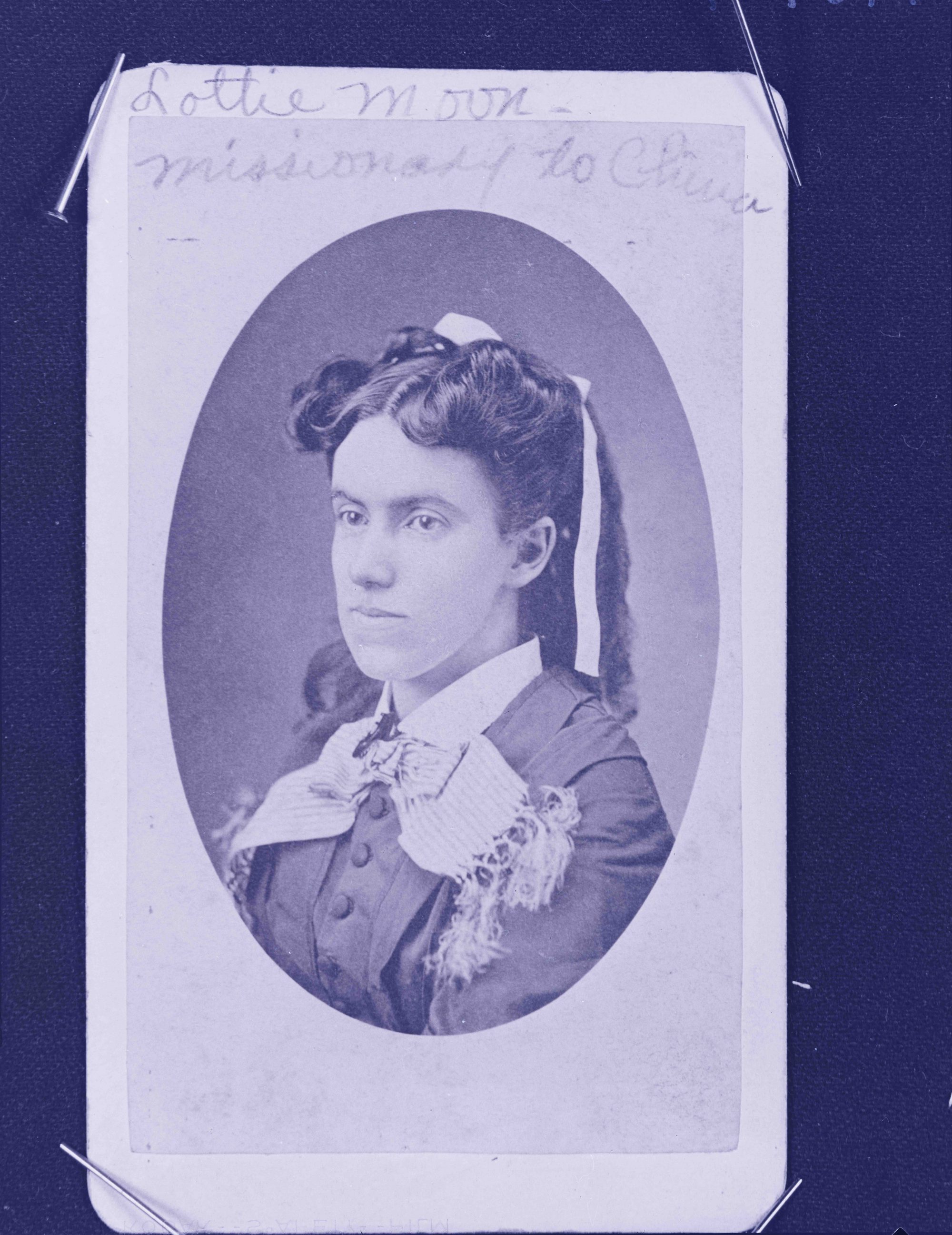
1880s
Overview
As FMB ministry expanded into South America and Japan, missionary societies gained momentum. In 1888 the Woman’s Missionary Union formed and instituted a Christmas offering for missions.
First Bible Translation Printed
The first Bible translated by a Southern Baptist missionary was printed in commemoration of the death of its translator, Matthew Yates. He translated the majority of the New Testament into the Shanghai dialect of Chinese.
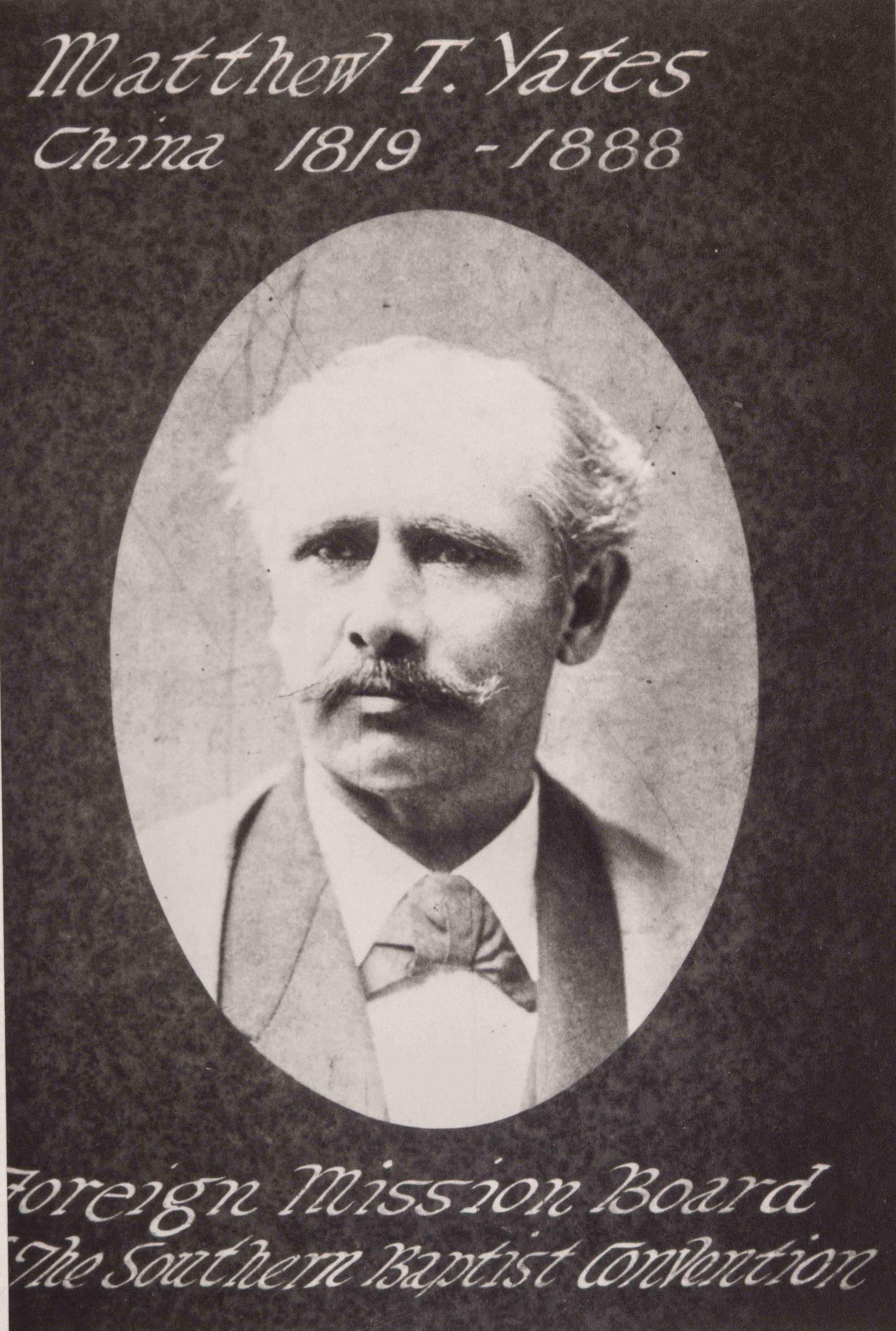
Woman’s Missionary Union Formed
The Woman’s Missionary Union (an auxiliary to the Southern Baptist Convention) was organized in Richmond. The organization became an essential force for missions education, support and prayer among Southern Baptists.
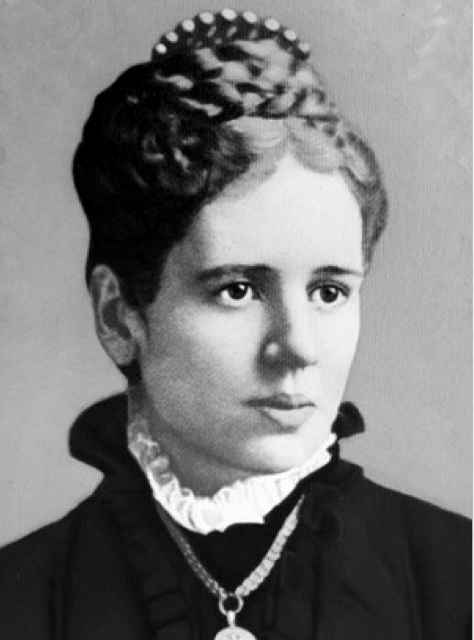
First Christmas Offering Collected
Annie Armstrong and the Woman’s Missionary Union solicited funds for the first Christmas offering for foreign missions. The offering, initially collected to send missionaries to join Lottie Moon in China, became an annual event and the Foreign Mission Board’s primary source of funding.
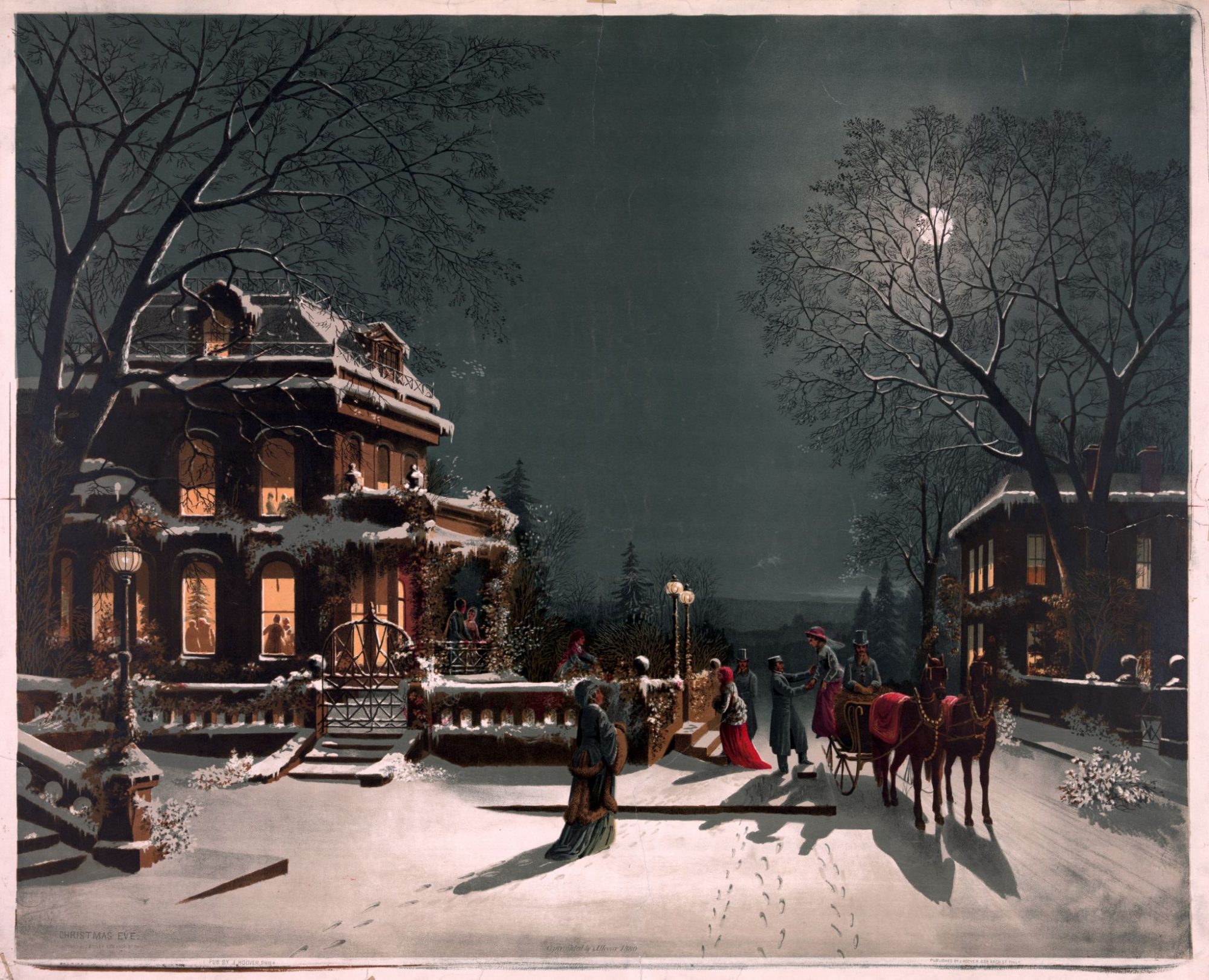
1890s
Overview
During the 1890s the Foreign Mission Board celebrated the centennial of the modern missions movement, but was also challenged when missionaries in China resigned over missiological controversies.
China Divided by Gospel Mission Movement
A dozen missionaries resigned from the Foreign Mission Board to join the Gospel Mission Movement, led by Tarleton P. Crawford in China. The group’s conviction that mission funds must not be used to subsidize national workers and institutions eventually led to beliefs that Foreign Mission Board operations should cease and missionaries should receive support directly from churches.
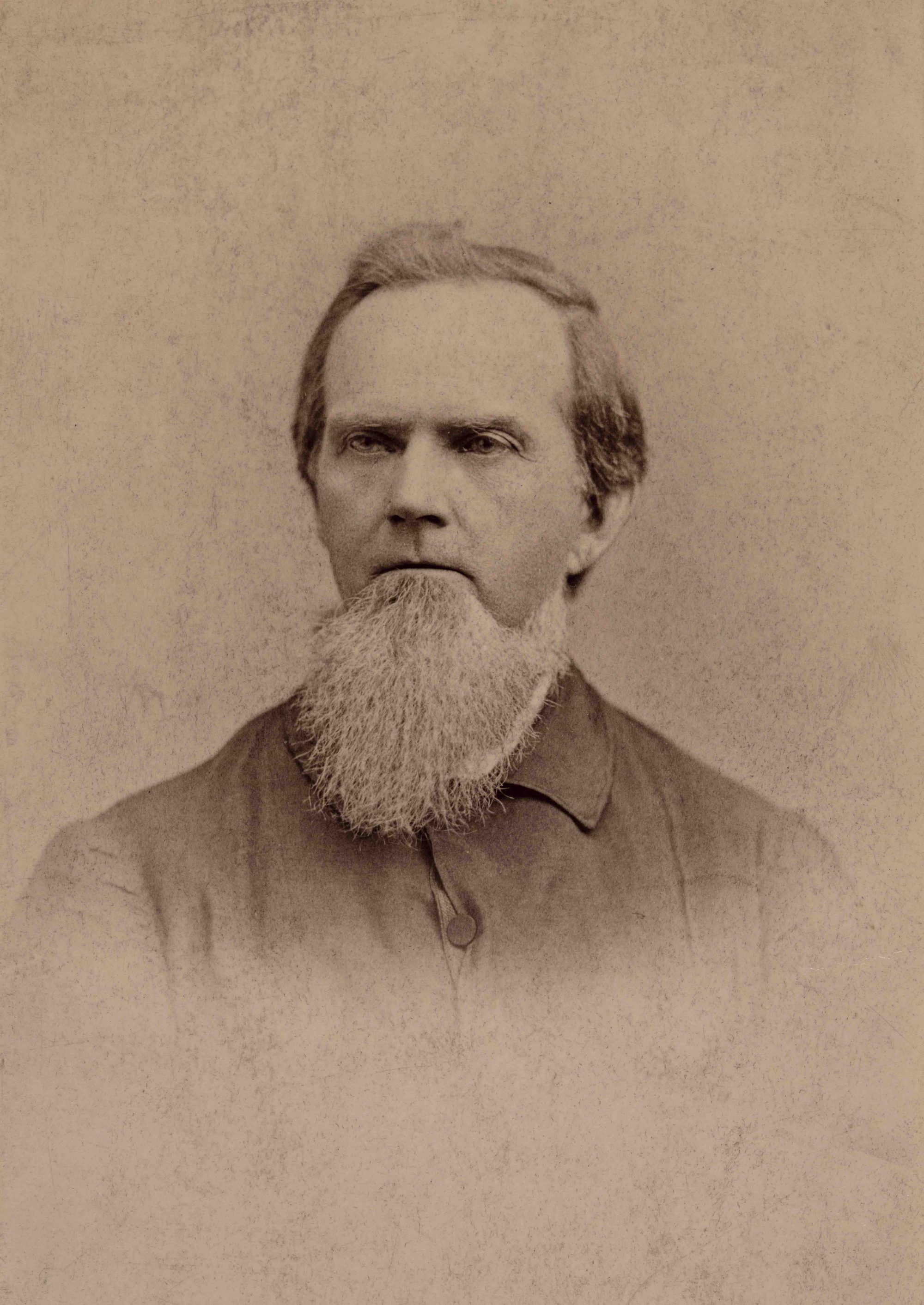
Robert J. Willingham Elected Executive Leader
Pastor Robert J. Willingham was elected leader of the Foreign Mission Board and served until his death in 1914. He led the board out of debt, began the movement toward a cooperative funding method, and espoused the conviction that meeting human needs increases missionaries’ credibility.
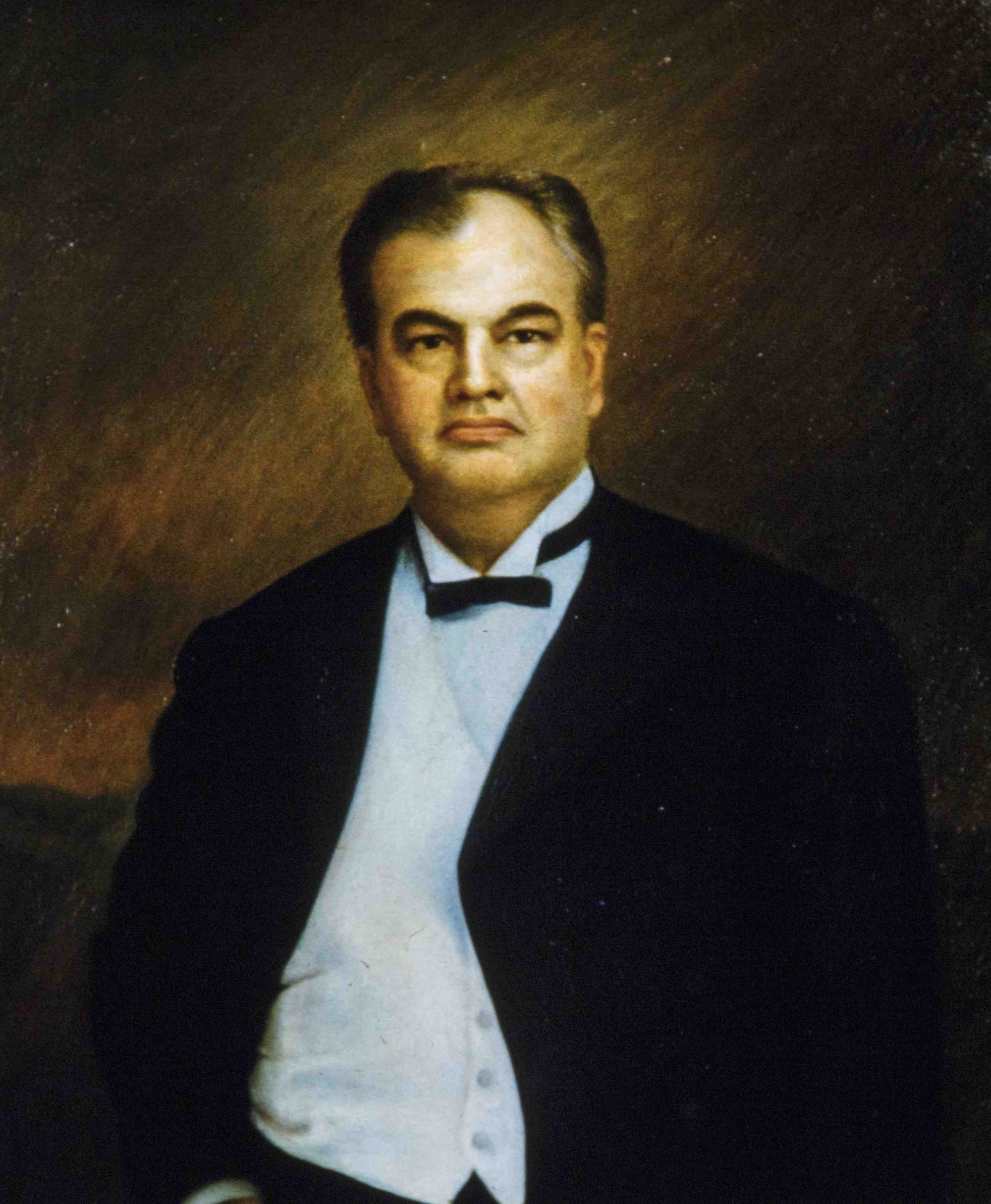
1900s
Overview
At the dawn of the new century, work expanded through schools, seminaries, hospitals and publishing houses. In Asia, community centers helped missionaries form natural relationships that led to witnessing opportunities.
First Southern Baptist Mission Hospital Opened
The first Southern Baptist mission hospital, Warren Memorial Hospital, opened in Hwanghsien, China. The building was financed by First Baptist Church of Macon, Georgia, and named after their former pastor, Dr. Ebenezer W. Warren.
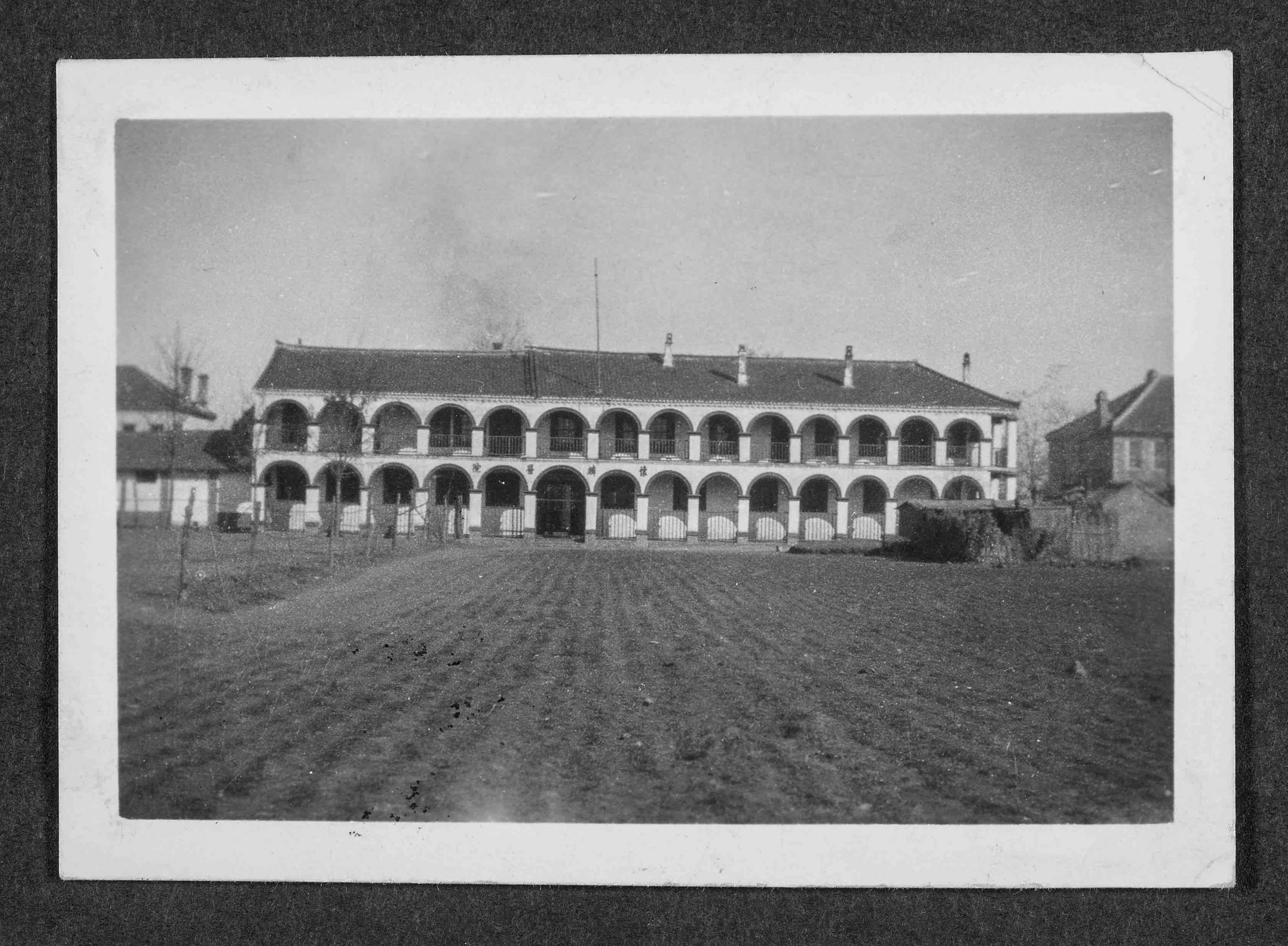
Executive Leader Embarked on First World Tour
Robert J. Willingham began the first around-the-world tour by a Foreign Mission Board leader. His visits to multiple mission stations broadened his passion for missions as he experienced firsthand the vast lostness and the stark realities of missionary life.
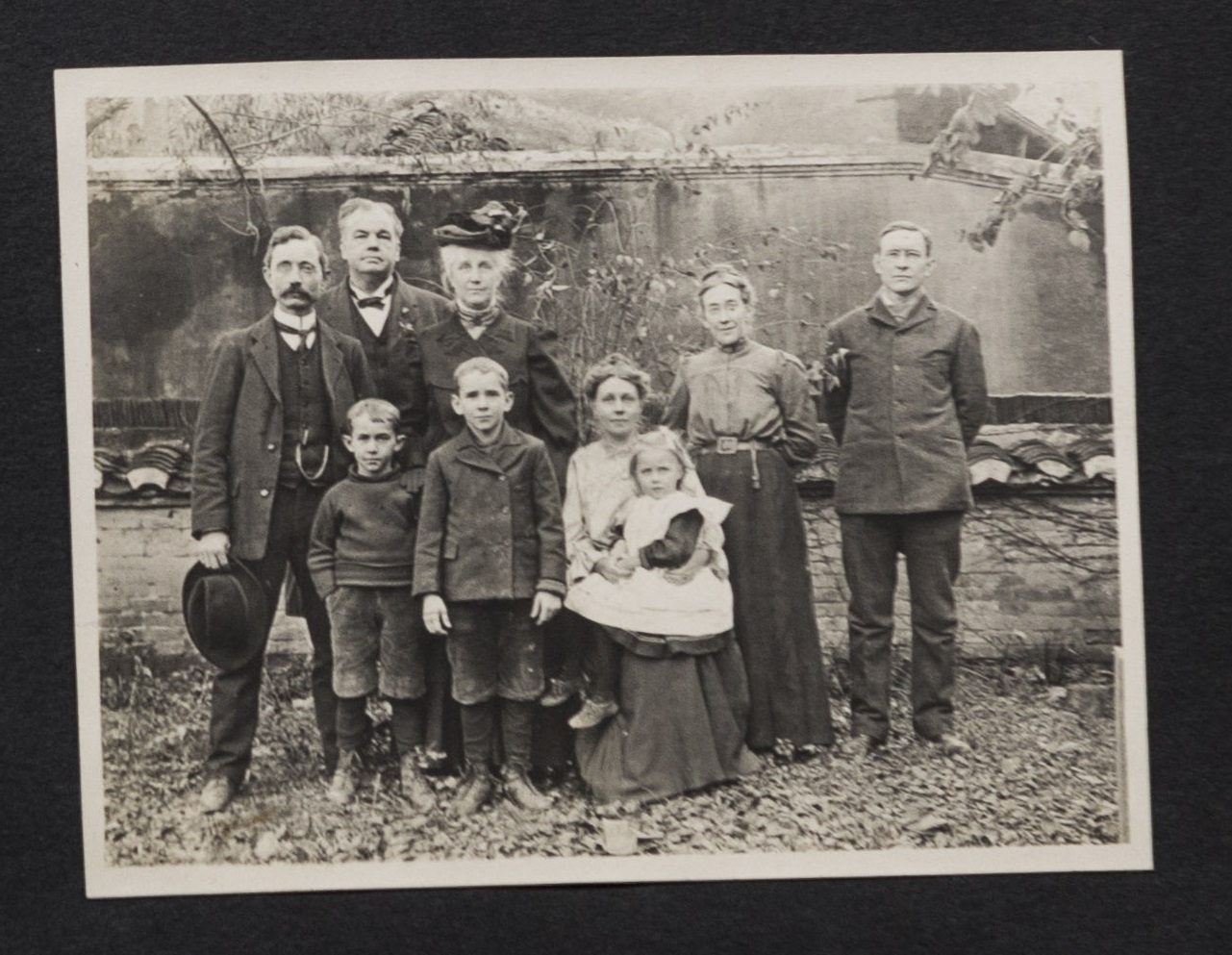
1910s
Overview
As new work continued, there was pressure to unite with other denominations, but the FMB held fast to Baptist principles. After World War I ended, plans were made to expand work around the world.
James Franklin Love Elected Executive Leader
Foreign Mission Board home secretary James Franklin Love was elected executive leader. During his 13 years in office, he led the way in clarifying and solidifying the organization’s commitment to essential Baptist doctrines.
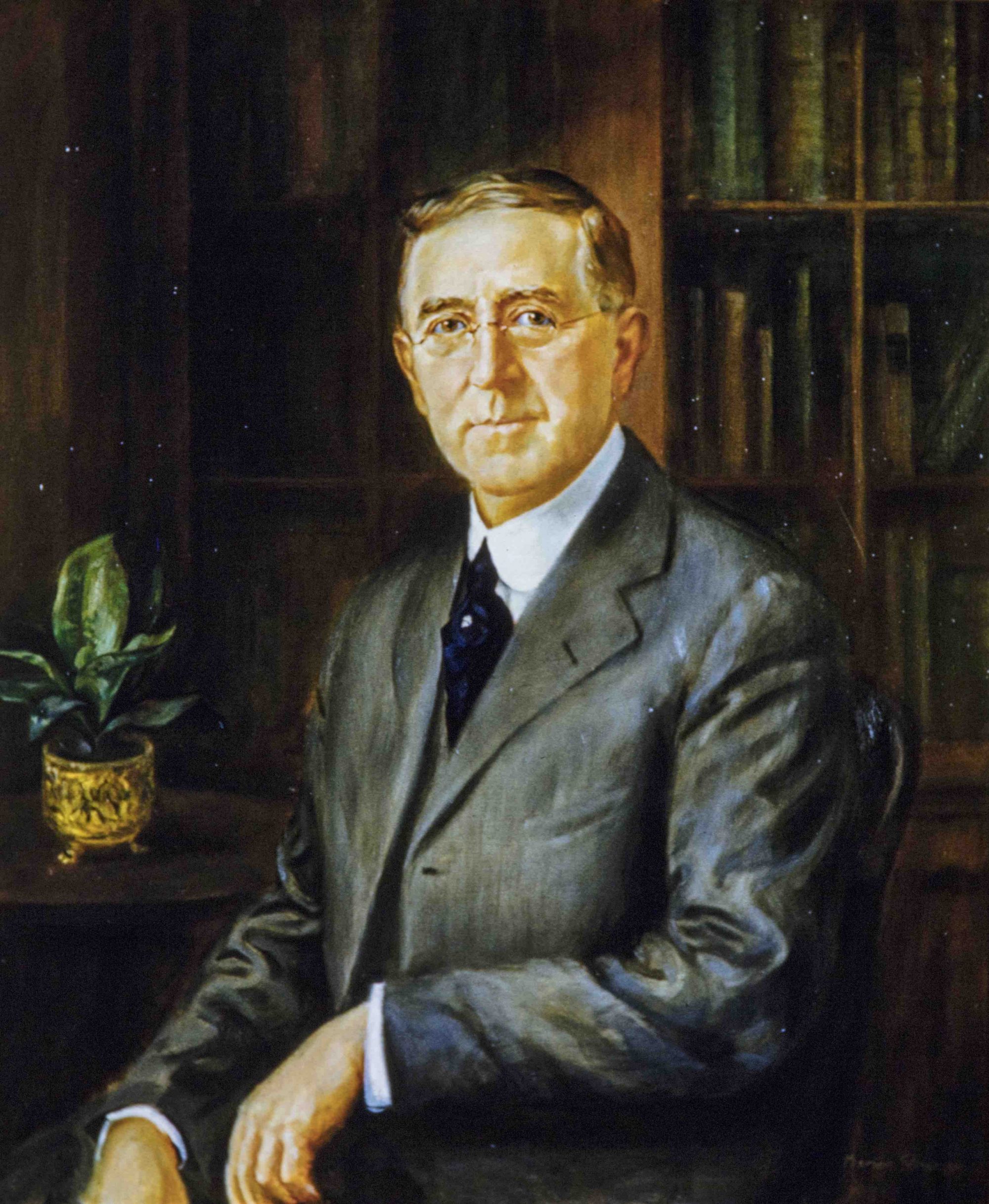
Union Movement Criticized Denominational Missions
The Foreign Mission Board issued a policy statement against the Union Movement, a cross-denominational group claiming denominational differences were an unnecessary foreign import on the mission field. The FMB’s statement sought a balance between preserving Southern Baptist doctrine while upholding cooperation with non-Baptists, as long as it did not involve a compromise of faith.
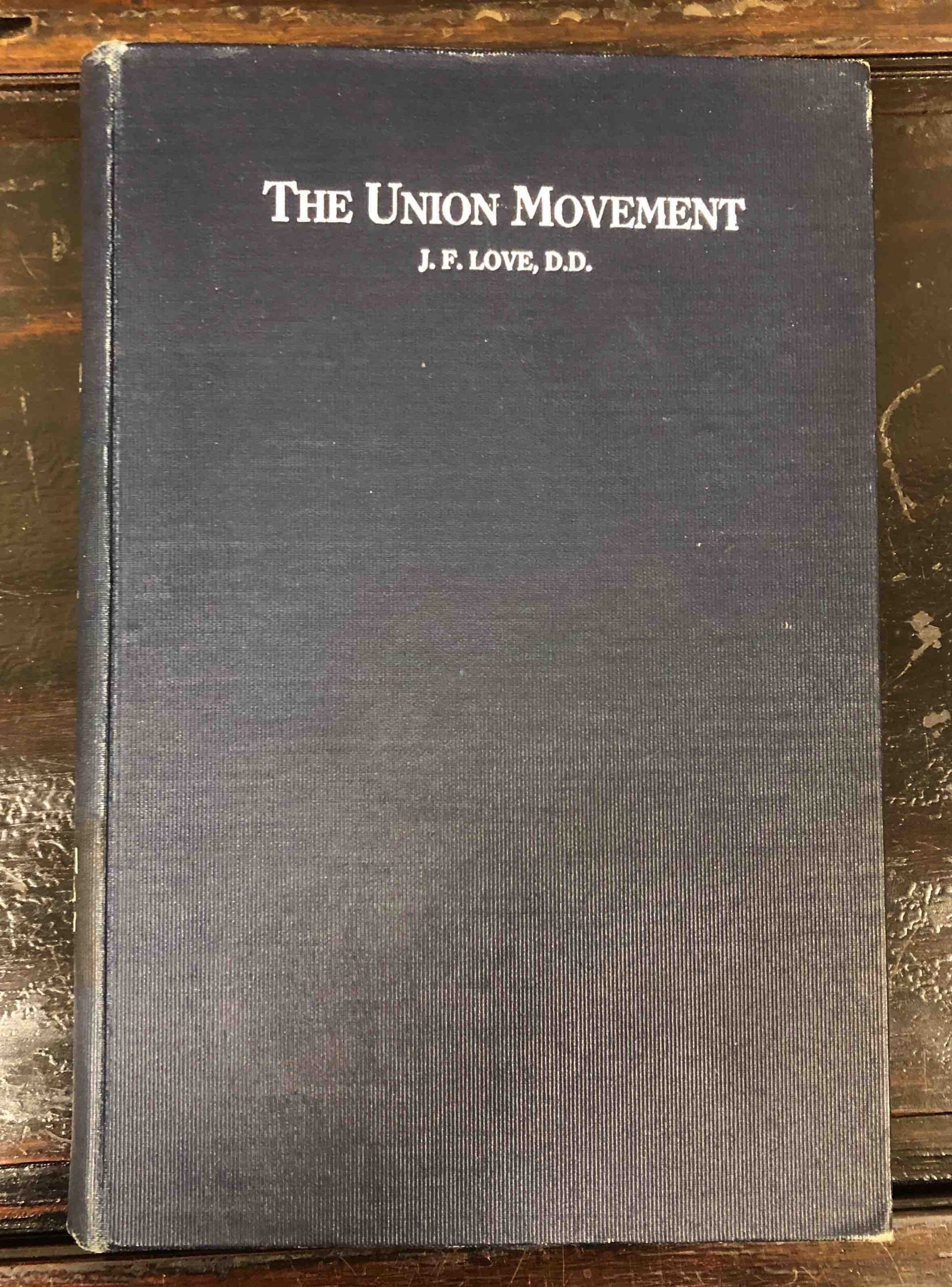
Lottie Moon Offering Established
The China Mission Offering was renamed the Lottie Moon Christmas Offering® in grateful memory of the missionary who initiated the idea to collect funds at Christmastime.
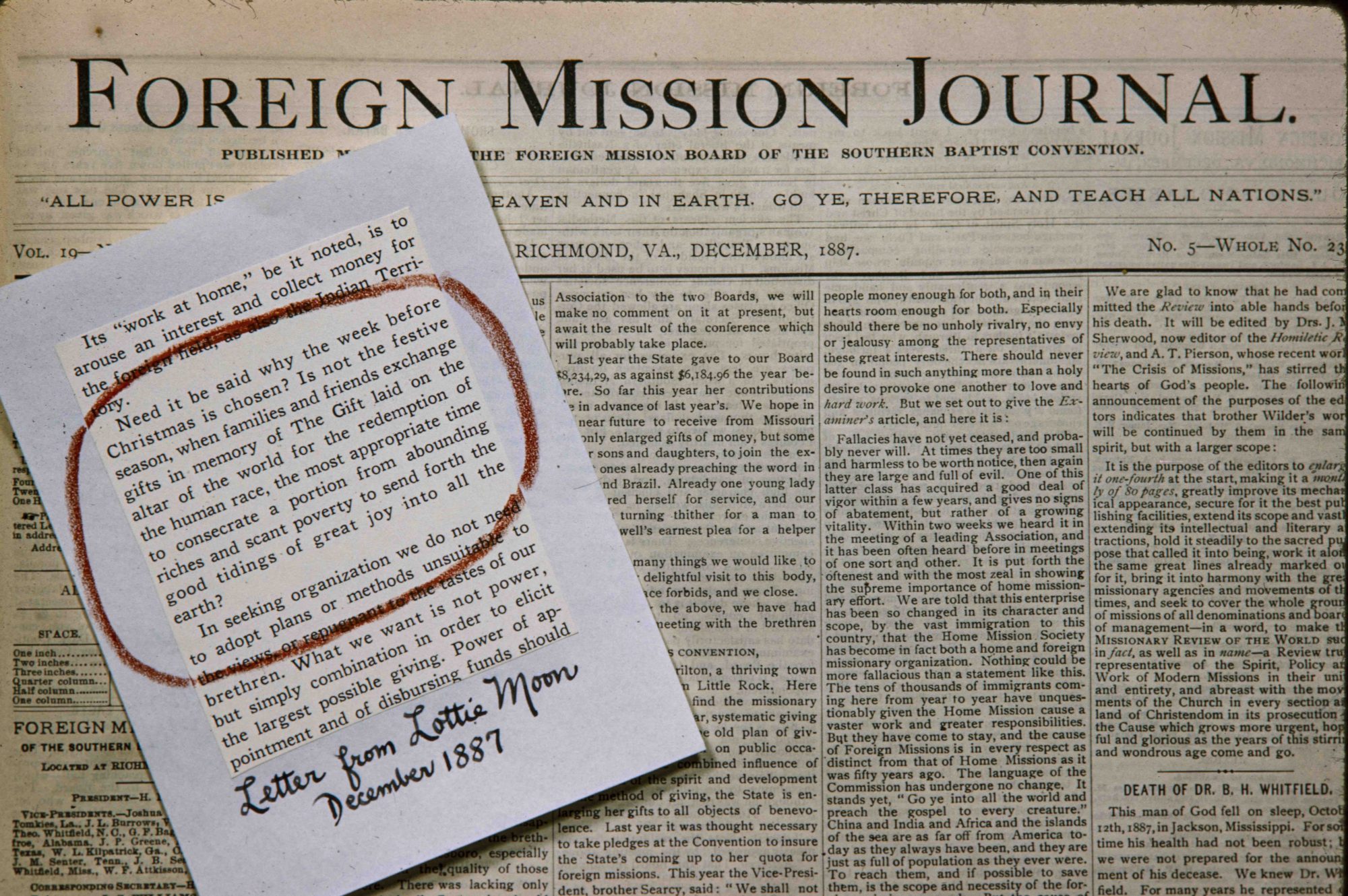
Statement of Belief Required for Missionary Service
The Foreign Mission Board started requiring missionaries to read and subscribe to a 13-article statement of belief covering topics such as church, baptism and the Lord’s Supper. It was not intended as a creed but as a representation of the general viewpoint of Southern Baptists. (At this time a confession of faith had yet to be adopted by the Southern Baptist Convention.)
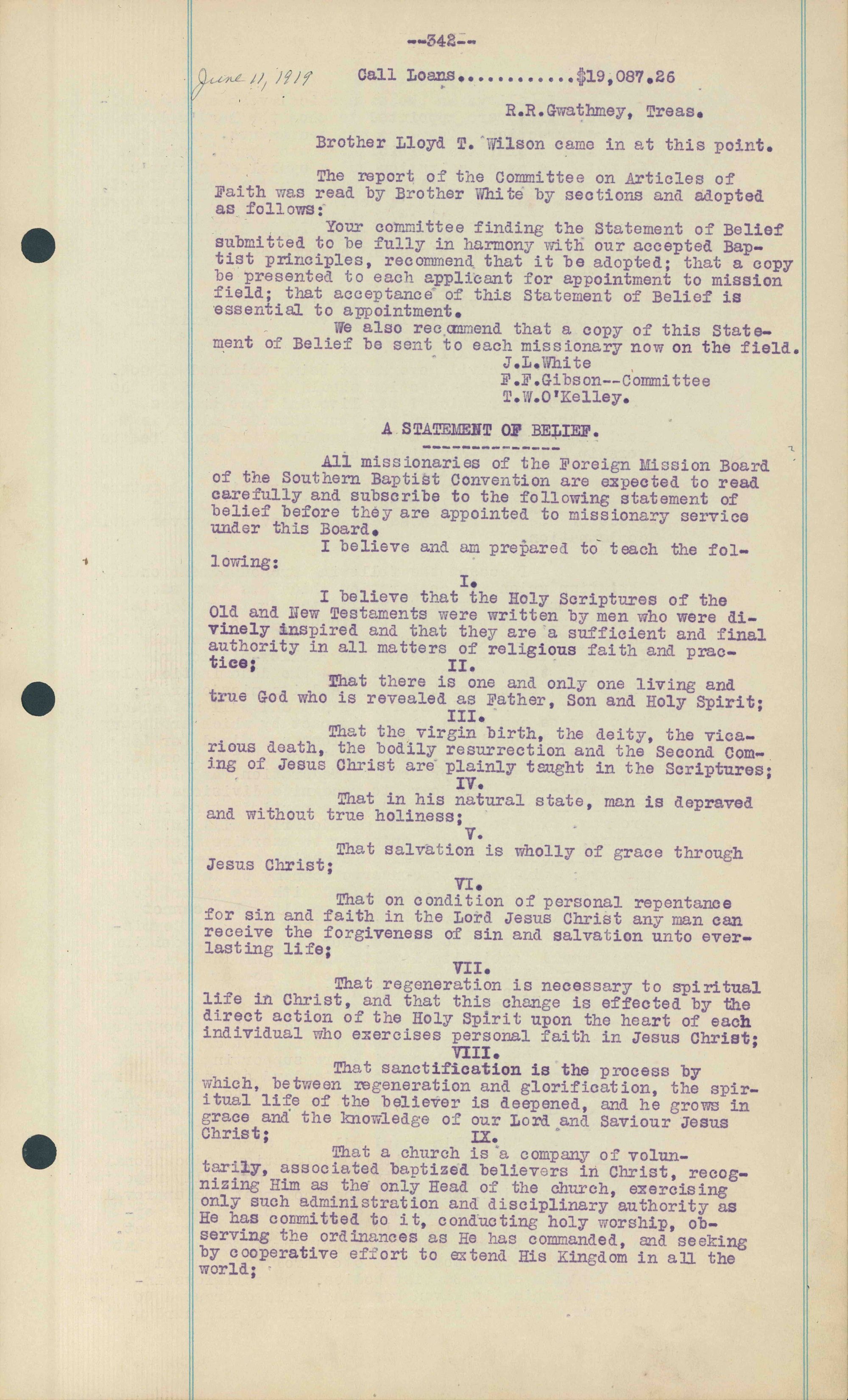
1920s
Overview
The $75 million campaign rallied Southern Baptists around the common cause of global missions, but pledge shortfalls landed the FMB in severe debt. The Cooperative Program formed to provide more stable income.
$75 Million Campaign Followed by Deep Debt
The Foreign Mission Board promoted the Southern Baptist Convention’s $75 million campaign, the first convention-wide attempt to raise funds in a unified manner. Over the next five years, $92 million was pledged and 4,000 young people committed to full-time Christian service (some overseas, some in the U.S.). Significantly less money was received, and the organization fell deeply into debt to send out missionaries already appointed for service.
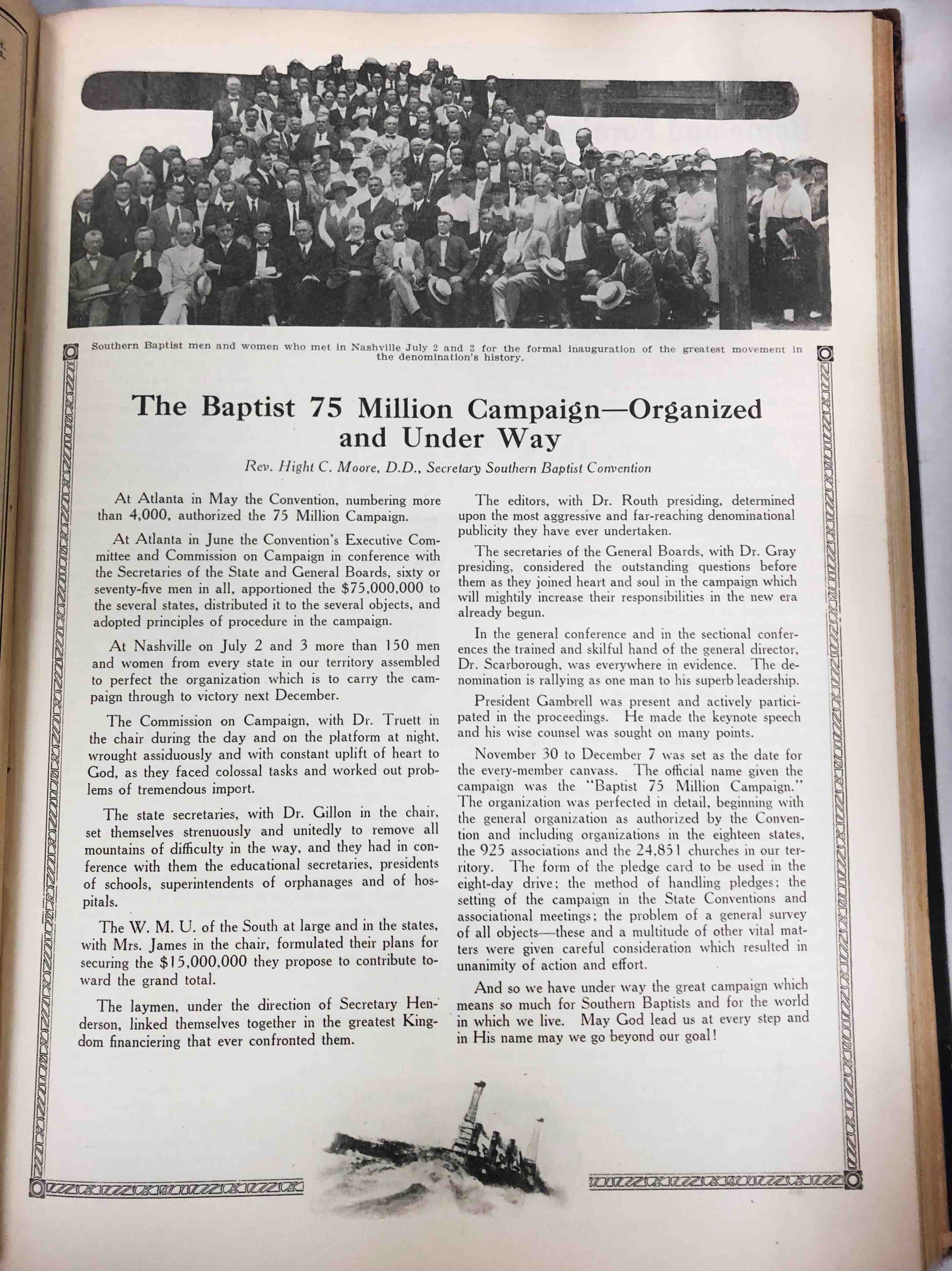
Cooperative Program Established
The Southern Baptist Convention established the Cooperative Program to provide income to denominational entities. The Foreign Mission Board was designated to receive 50 percent of the total receipts, which would assist in recovering from the shortfall of the $75 million campaign.
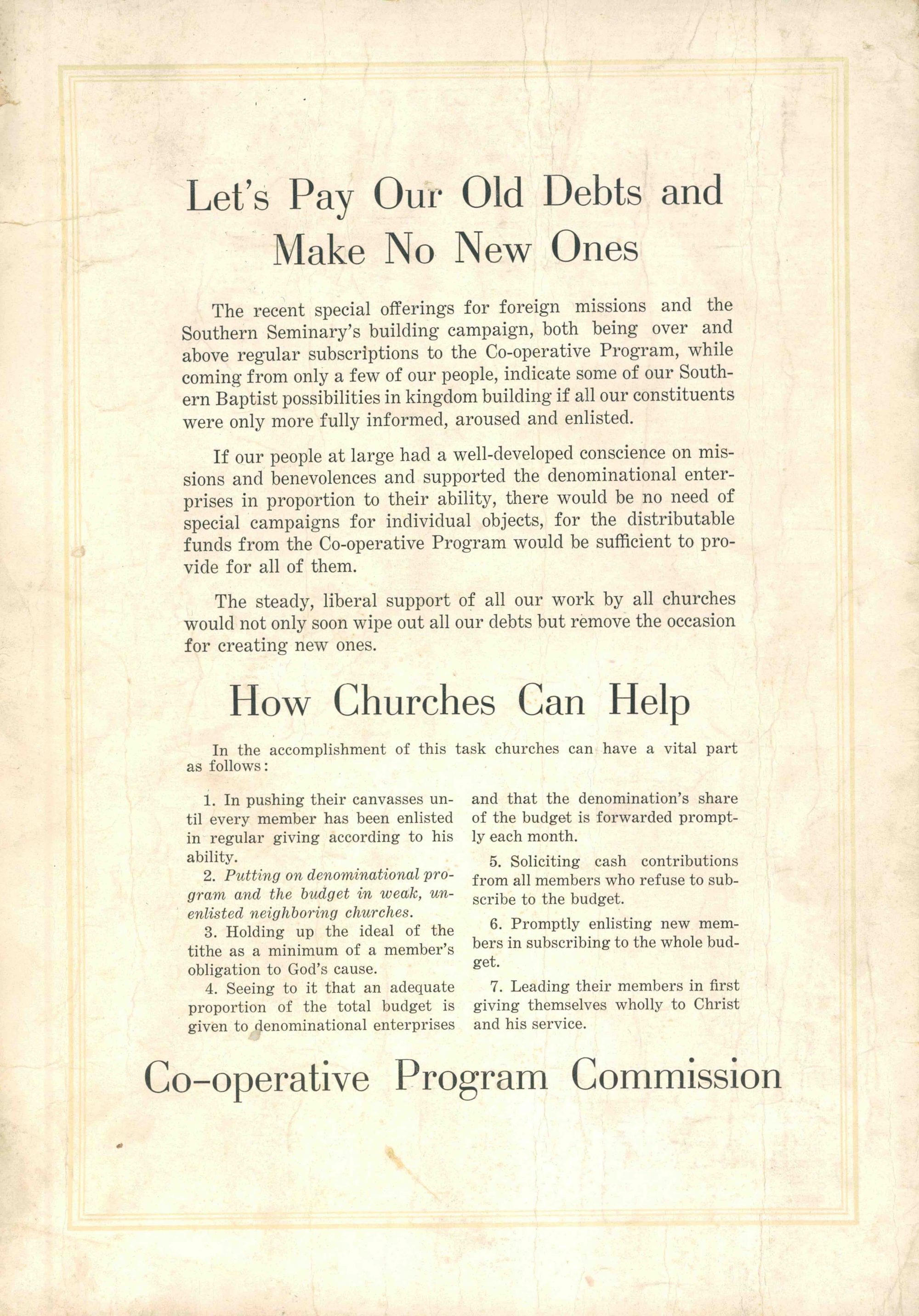
'Baptist Faith and Message' Adopted
The Southern Baptist Convention adopted the "Baptist Faith and Message" as a public statement of faith and doctrine.
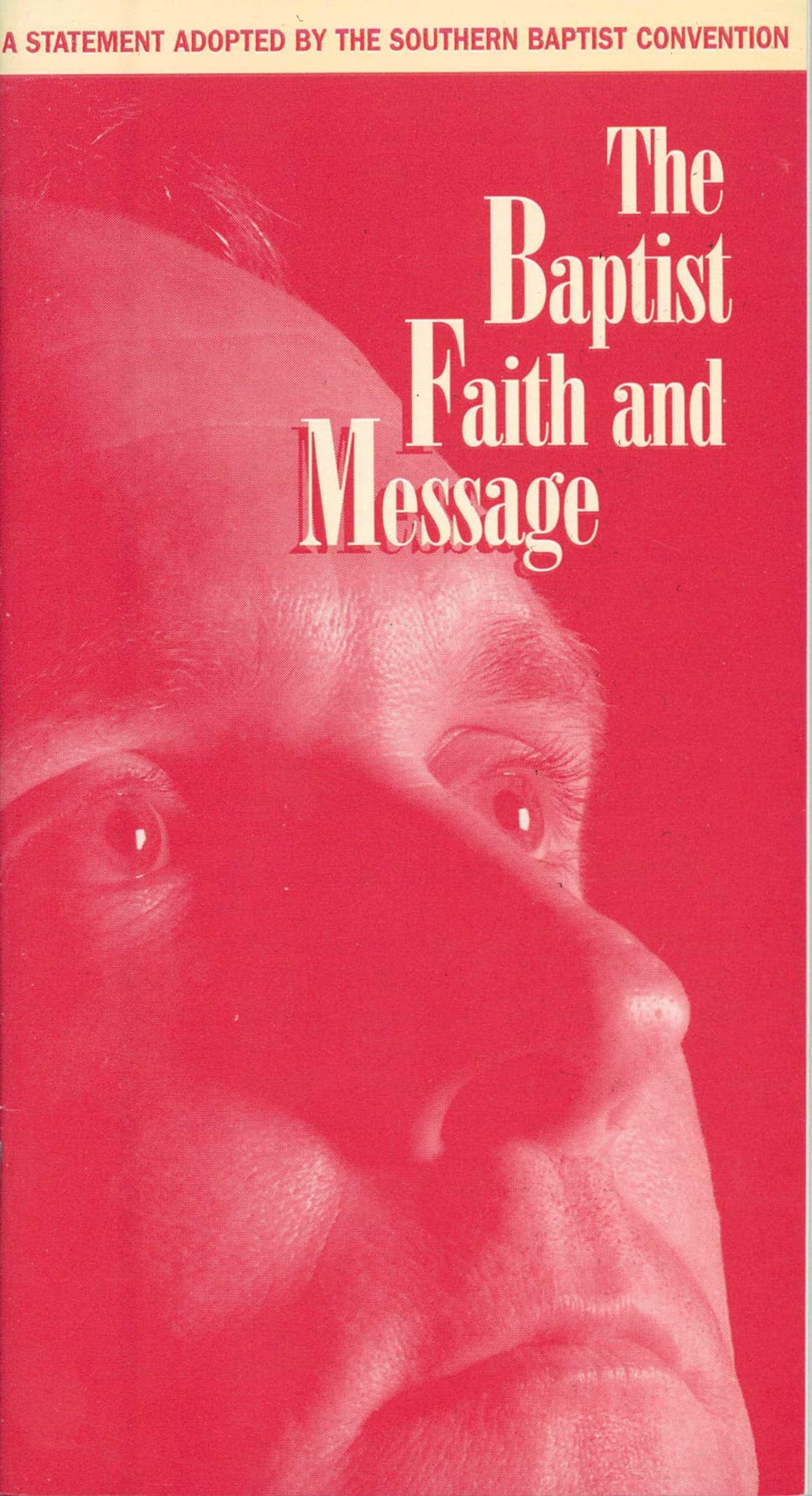
Shantung Revival Spread Across China
During the Shantung Revival, missionaries and Christians in northern China fell under deep conviction of sin and experienced remarkable works of the Holy Spirit. Over the next 10 years, they experienced what some consider the greatest revival in Baptist church history.
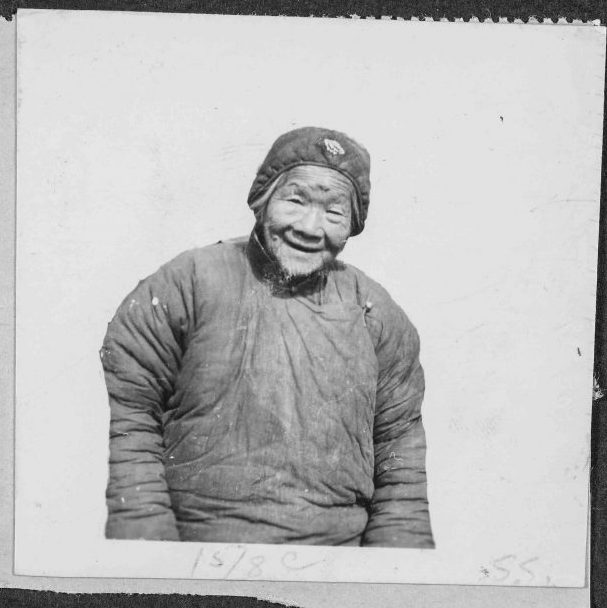
T. Bronson Ray Elected Executive Leader
Foreign Mission Board educational secretary T. Bronson Ray was elected executive leader, but financial instability and ebbing missionary enthusiasm dominated his short tenure. His lasting legacy was his belief in the effectiveness of study courses to promote missions education — a strategy picked up with great success by the Woman’s Missionary Union.
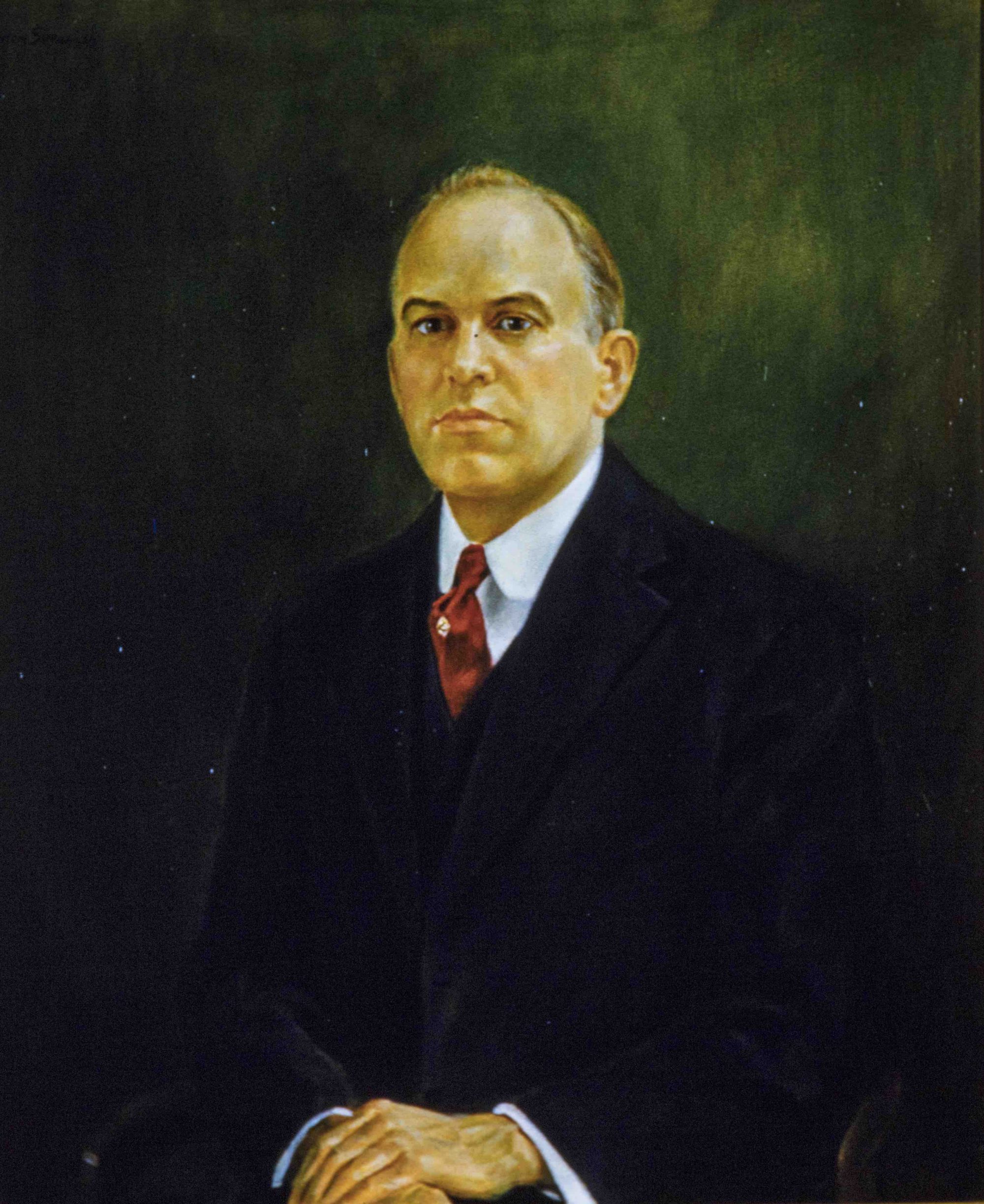
1930s
Overview
FMB work was severely hampered by debt, the Great Depression and looming world war. In Europe there was rising persecution against Baptists, and in Asia many missionaries evacuated after Japan attacked China.
Charles E. Maddry Elected Executive Leader
Charles E. Maddry, executive secretary of the SBC’s department of missionary promotion, was elected leader of the Foreign Mission Board. His strong business sense guided the organization out of crushing debt and into a new era of faith and vision, despite the challenges of World War II. His organizational restructuring led to the development of field administrative positions to oversee the work of 500 missionaries on three continents.
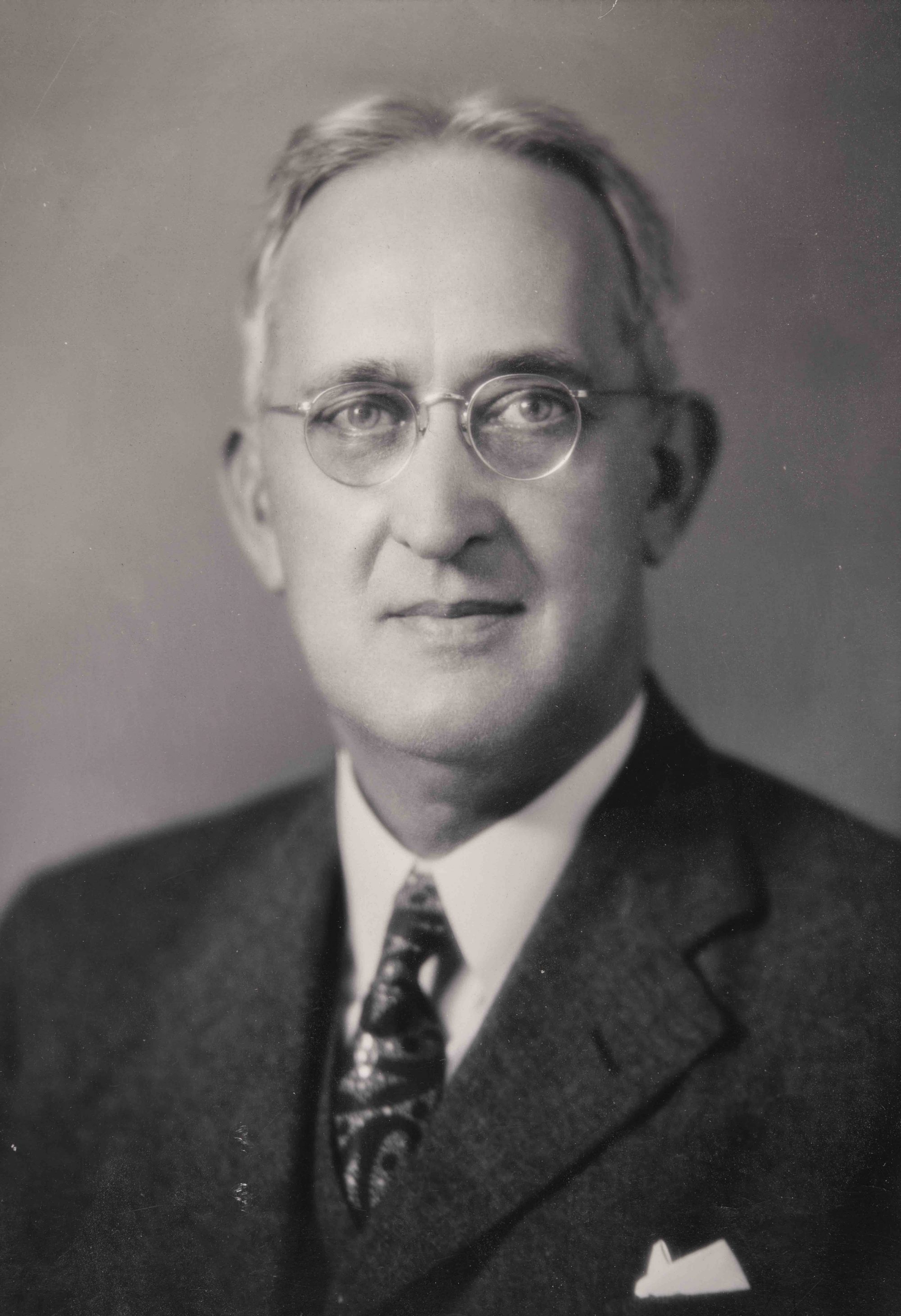
First Native American Missionary Appointed
The Foreign Mission Board appointed the first Native American Southern Baptist missionary, Jewell Starr Reid, of Cherokee ancestry. She and her husband, Orvil, served in Mexico, where she died in 1940.
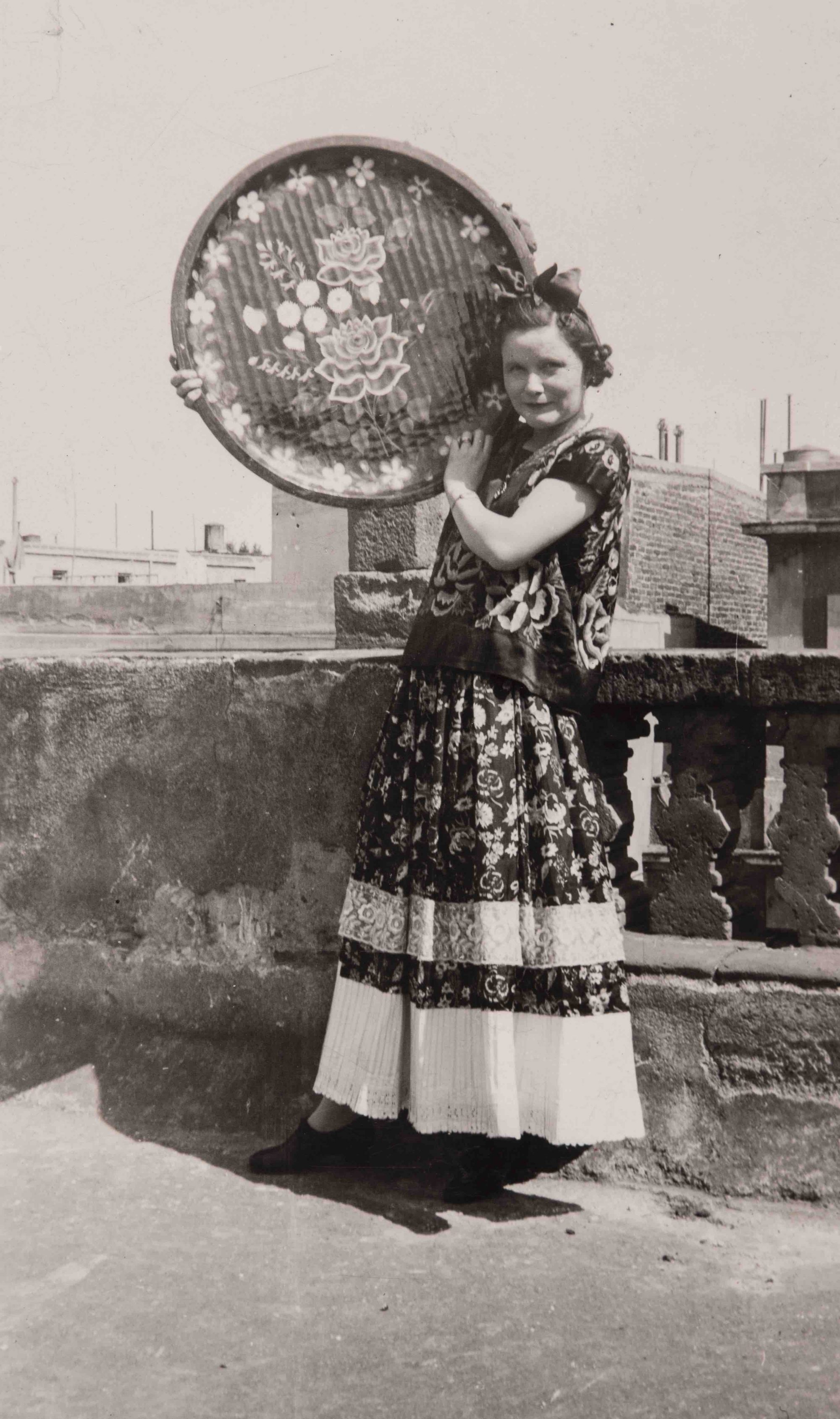
1940s
Overview
During World War II, 90 missionaries were interned or imprisoned by Japan. After the war, the Program of Advance jump-started a season of energetic growth that lasted through the 1970s.
M. Theron Rankin Elected Executive Leader
M. Theron Rankin was elected, becoming the first missionary to serve as chief executive of the Foreign Mission Board. He served until his death in 1953, leading the organization through a time of post-war energy and growth that included an 80 percent increase in the number of foreign missionaries and the expansion of work into 16 new countries.
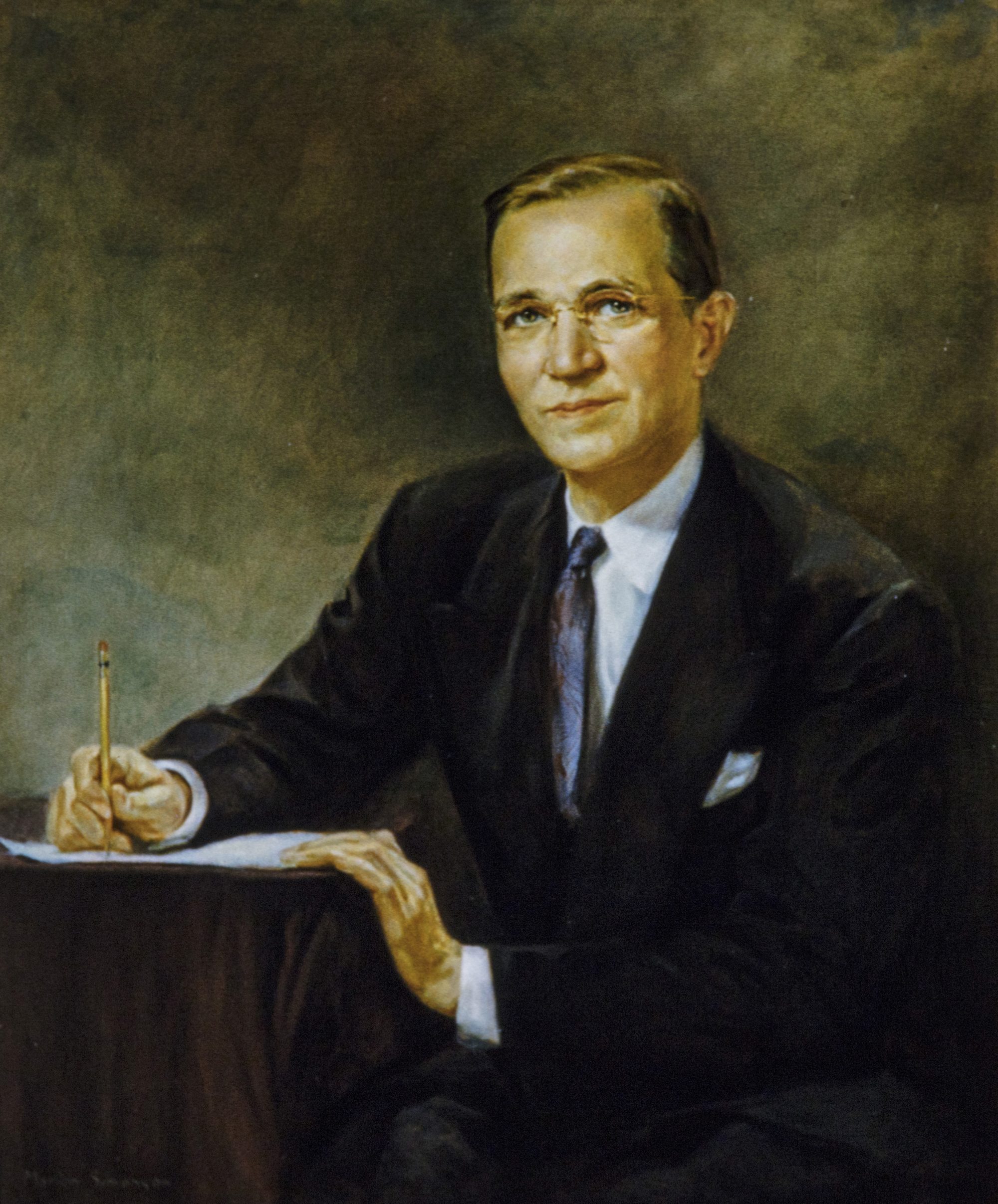
Offering Receipts Surpassed $1 Million
Lottie Moon Christmas Offering® annual receipts surpassed $1 million for the first time as the Foreign Mission Board marked its 100th anniversary. The stage was set for sending a new generation of missionaries to many lands recovering from the devastation of World War II.
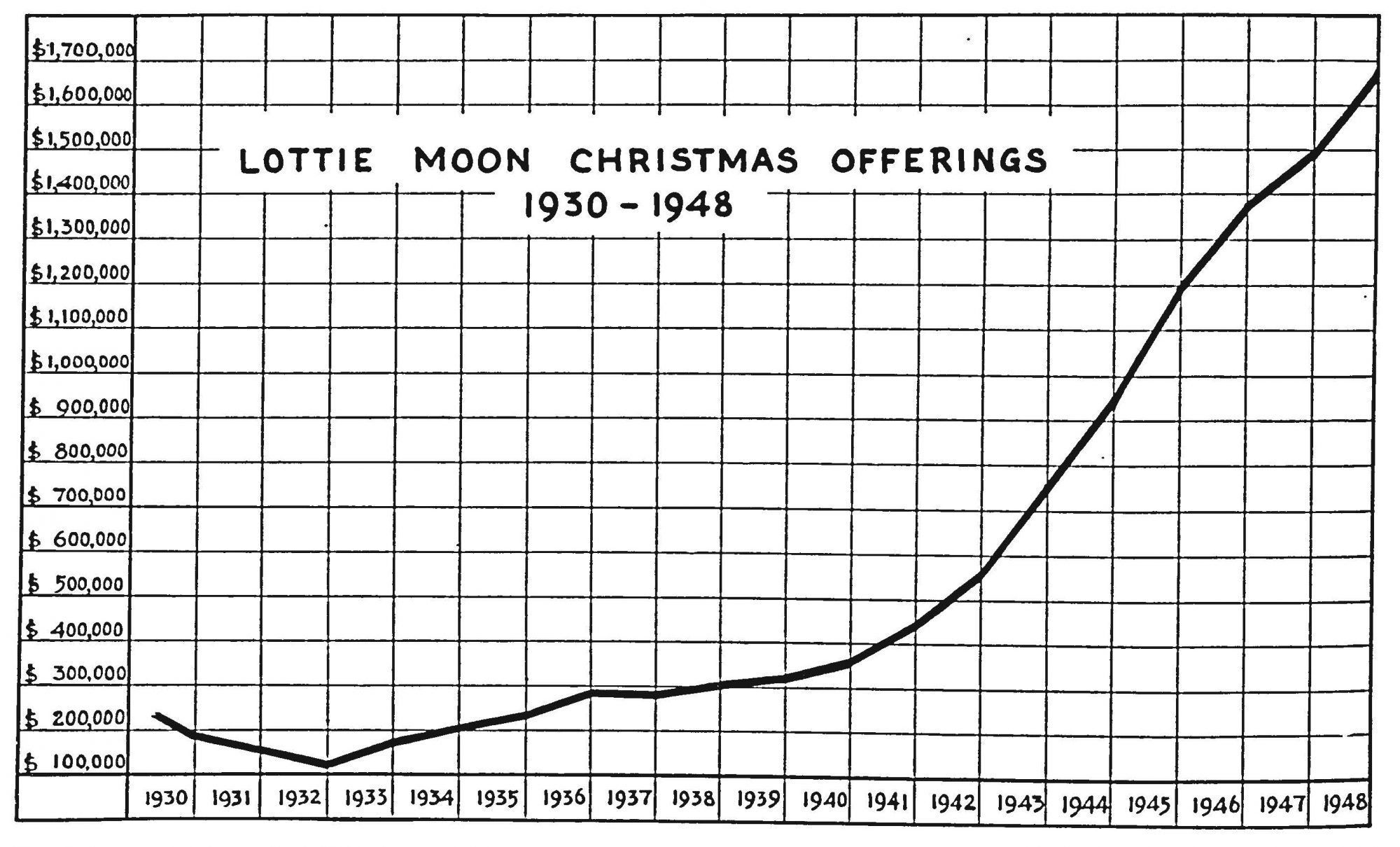
First Hispanic Missionary Appointed
The Foreign Mission Board appointed its first Hispanic missionary, Alfredo Celso Muller, a native of Mexico. He served until his death in 1962. His wife, Damaris, who was Swiss, retired in 1968.
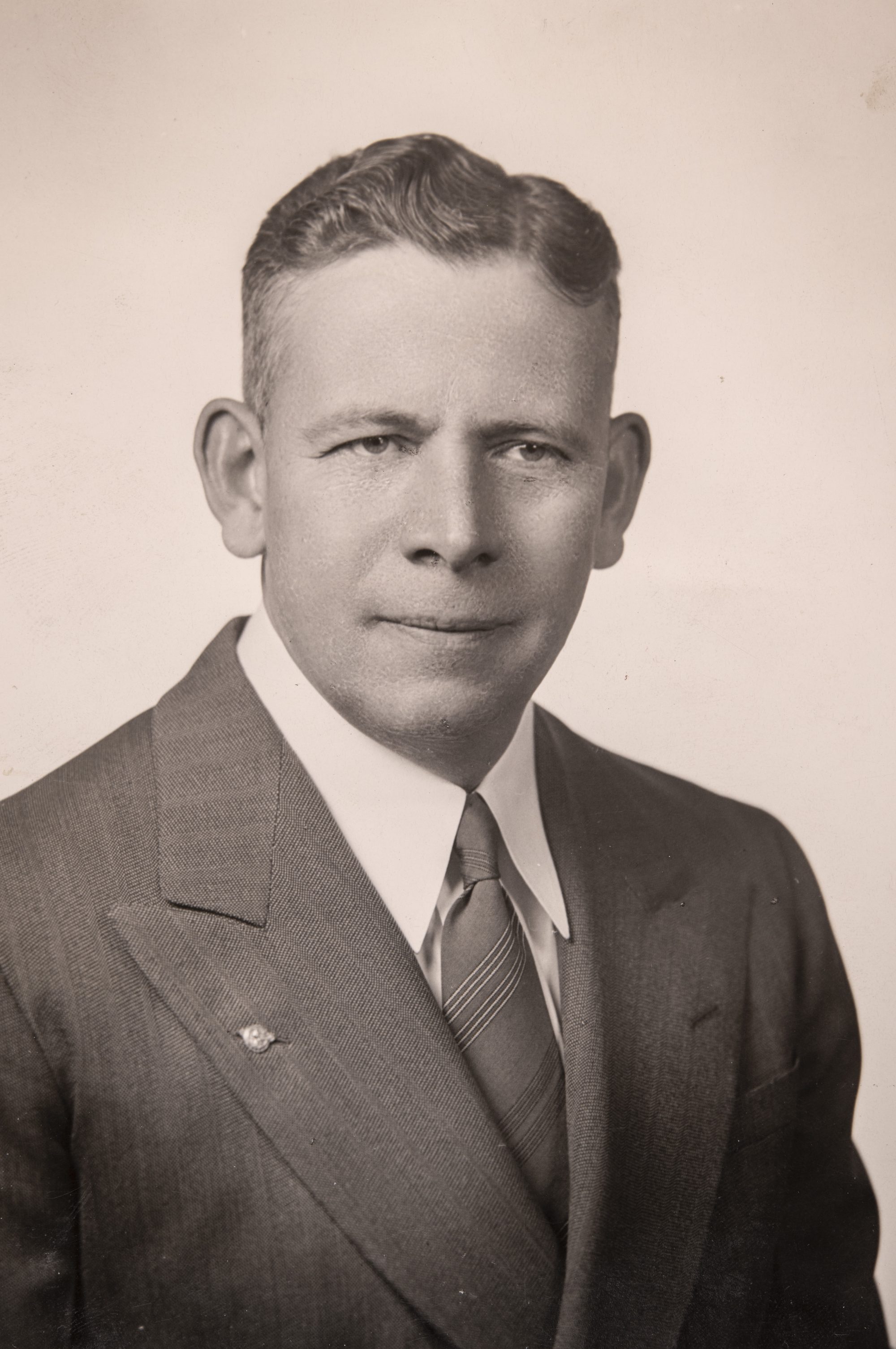
Ambitious Goals Set for Program of Advance
Executive leader M. Theron Rankin introduced the Program of Advance, challenging Southern Baptists to major growth in appointing and supporting missionaries worldwide. Goals included strengthening work in existing areas, starting work in new areas, increasing the number of missionaries to 1,750, and increasing the annual budget to $10 million.
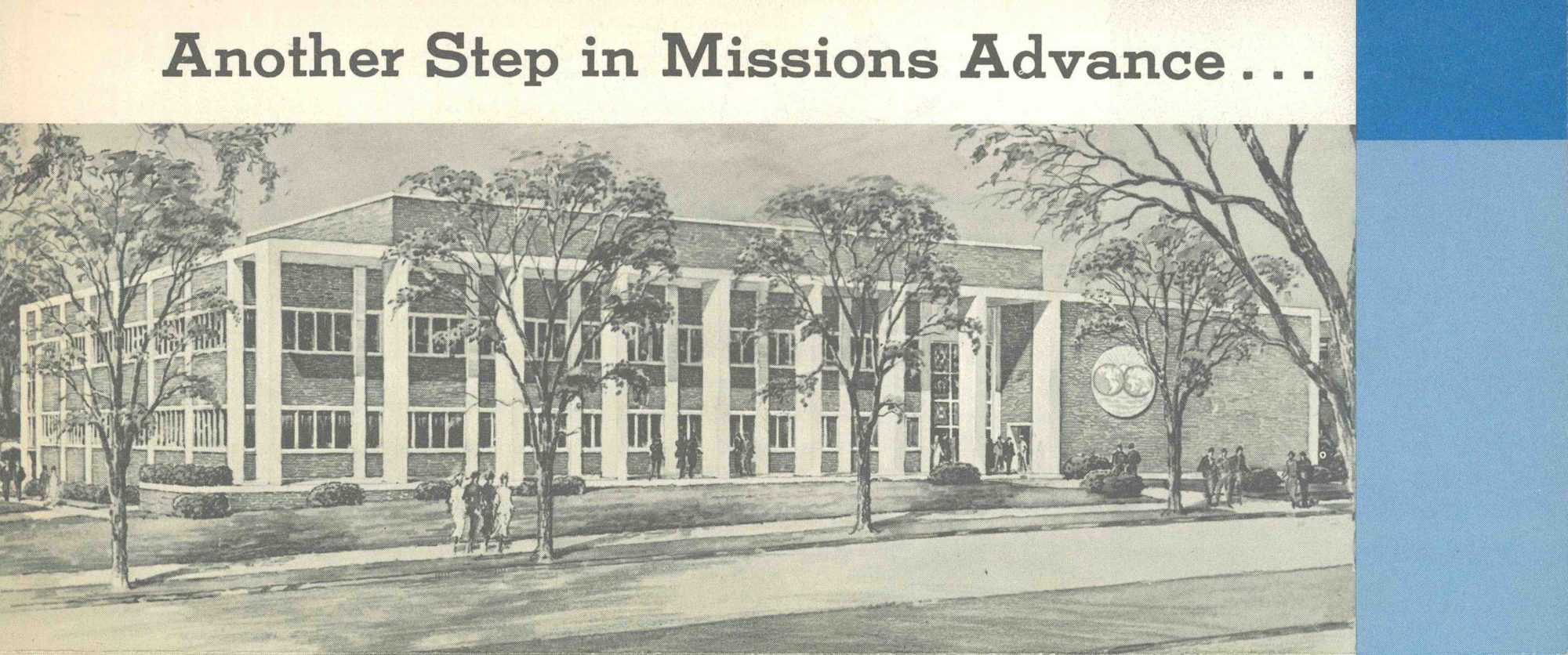
1950s
Overview
Enthusiasm ran high as missions education programs informed and inspired Baptists. By 1955, over 1,000 missionaries were serving overseas. Work in China closed, leading to an expansion into several new countries.
Record Number of Missionaries Appointed
The Foreign Mission Board appointed 111 missionaries. This was the first time over 100 missionaries were appointed in a single year.
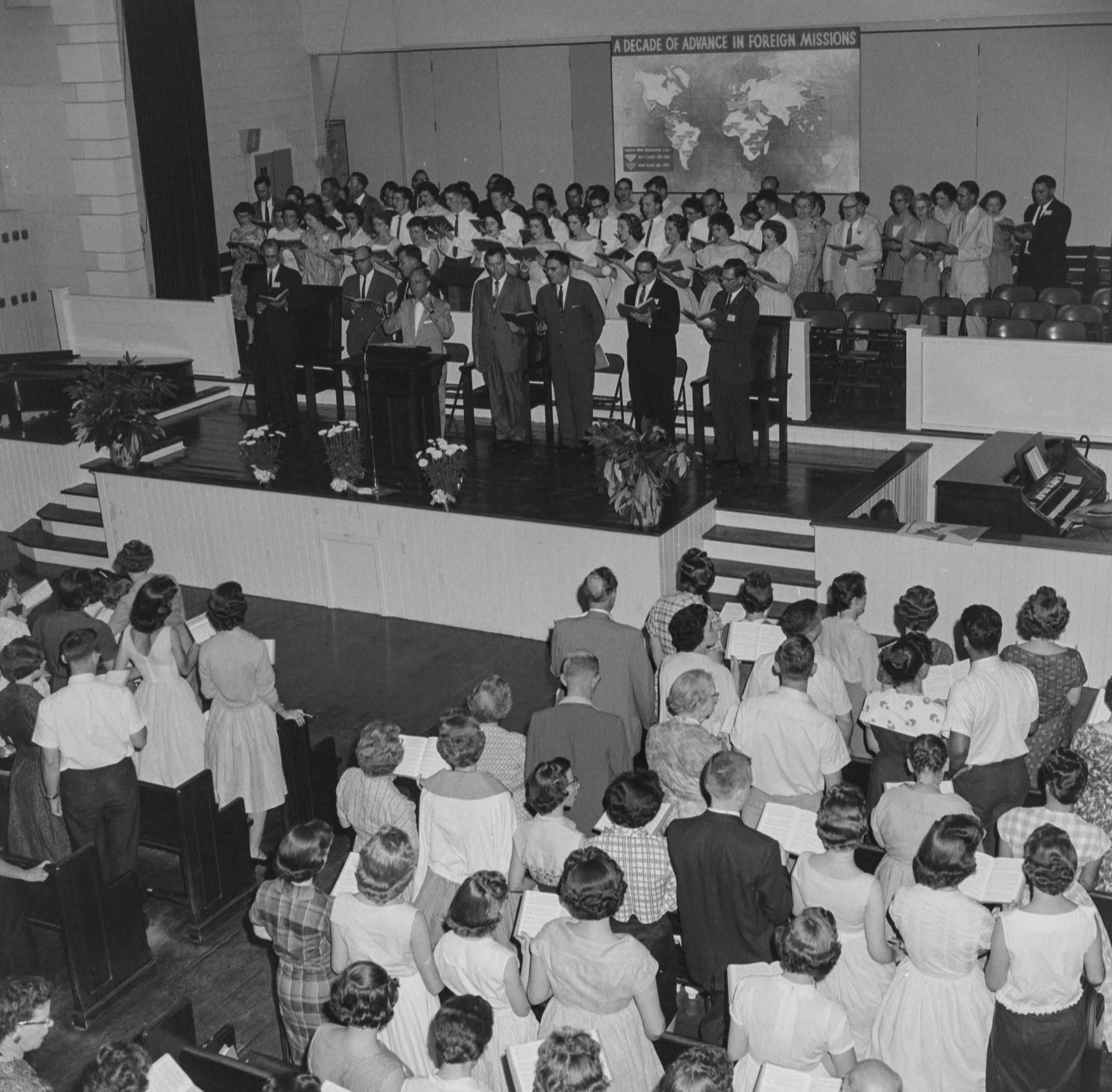
Baker James Cauthen Elected Executive Leader
Baker James Cauthen, former missionary to China and field strategy leader for the Orient, was elected executive leader of the Foreign Mission Board. He led Southern Baptists for the next quarter-century in historic mission advance around the globe, including growth from 908 missionaries in 33 countries in 1953 to 2,981 missionaries in 94 countries in 1979.
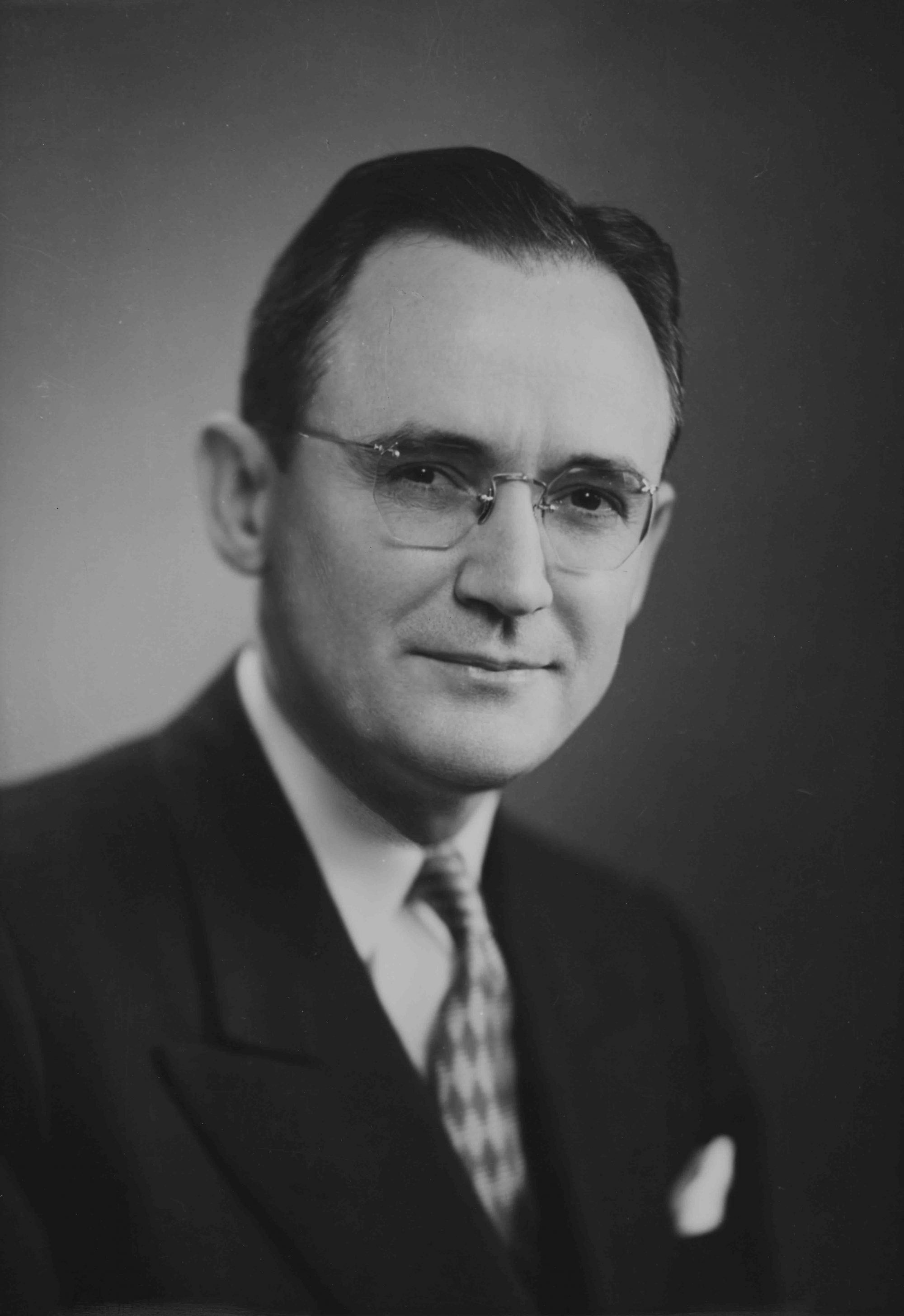
First East Asian Missionaries Appointed
The Foreign Mission Board appointed its first ethnically East Asian missionaries, Reiji and Alice Hoshizaki, of Japanese descent. They served in Japan until their retirement in 1984.
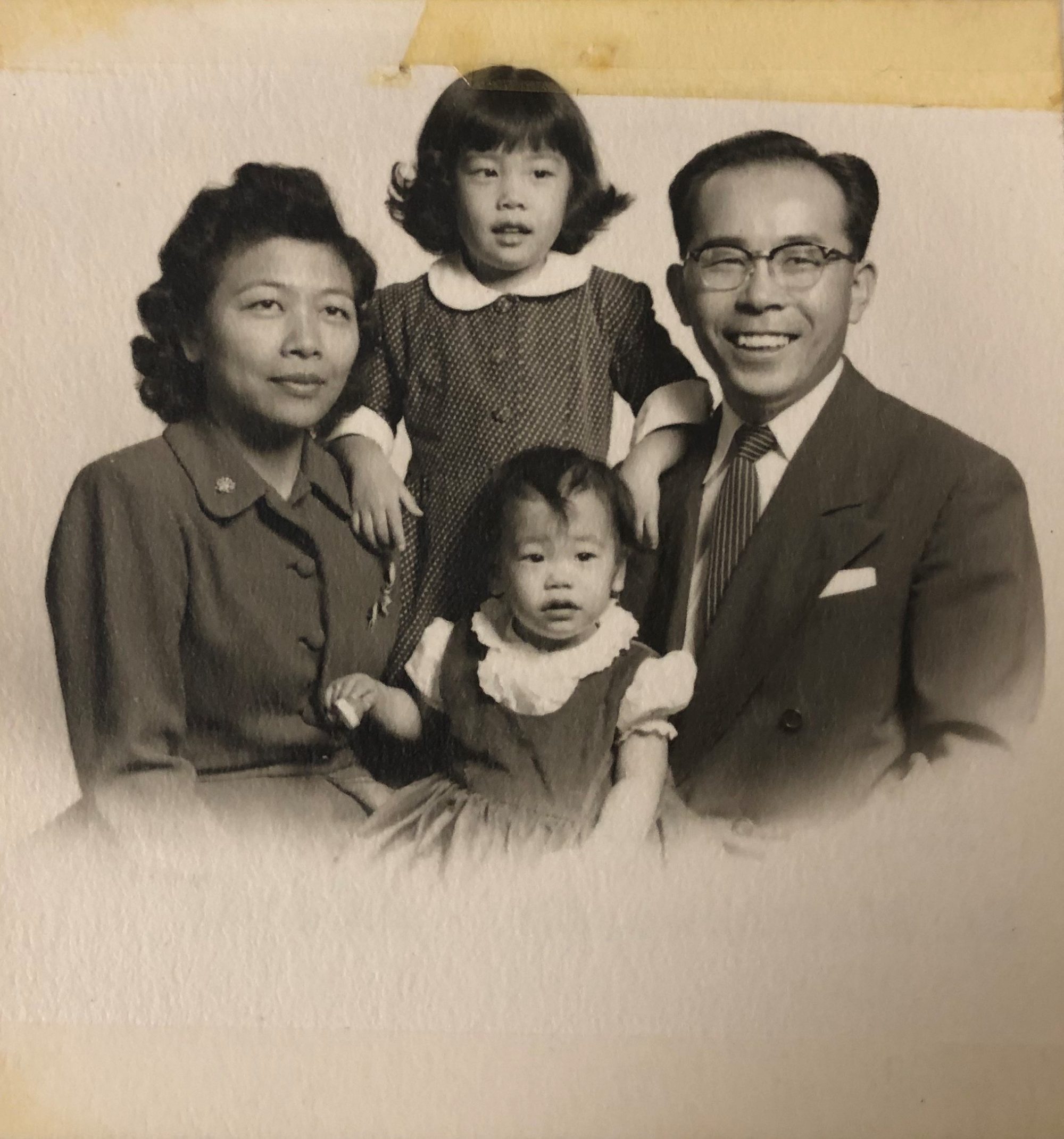
Missionary Count Exceeded 1,000
The number of Southern Baptist foreign missionaries exceeded 1,000 for the first time.

Home Office Moved to New Location
The Foreign Mission Board’s home office was relocated to its current site at 3806 Monument Avenue, Richmond, Virginia.
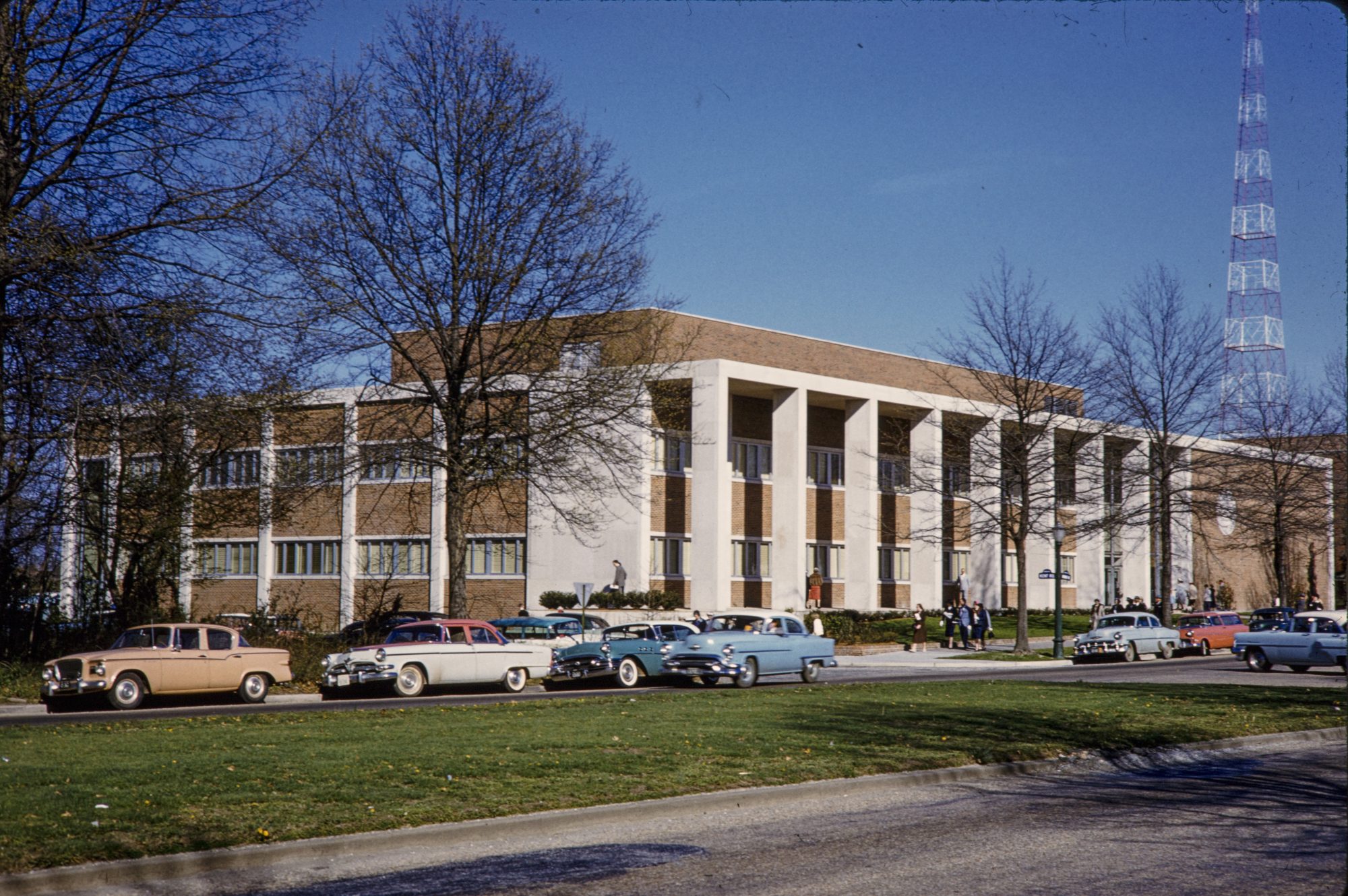
1960s
Overview
Work started, or re-started, in almost 30 countries as the Journeyman Program and other opportunities expanded FMB work. In South America and Africa, massive numbers of people responded to the gospel.
Journeyman Program Started
The Foreign Mission Board began sending young adults for two years of missions service. Since the inception of the Journeyman program, more than 6,400 young adults have served among the nations.
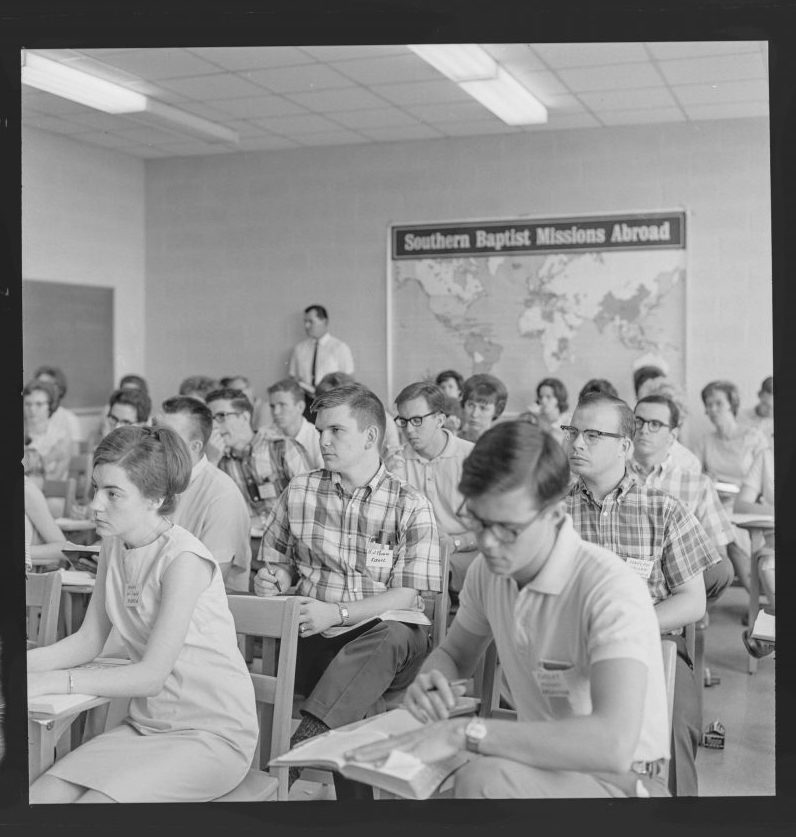
New Orientation Program Started
The Foreign Mission Board implemented a 16-week orientation program for new missionaries that included introductions to culture, history, linguistics, personal health, bookkeeping and more. Previously, missionaries attended little or no formal orientation prior to serving overseas.
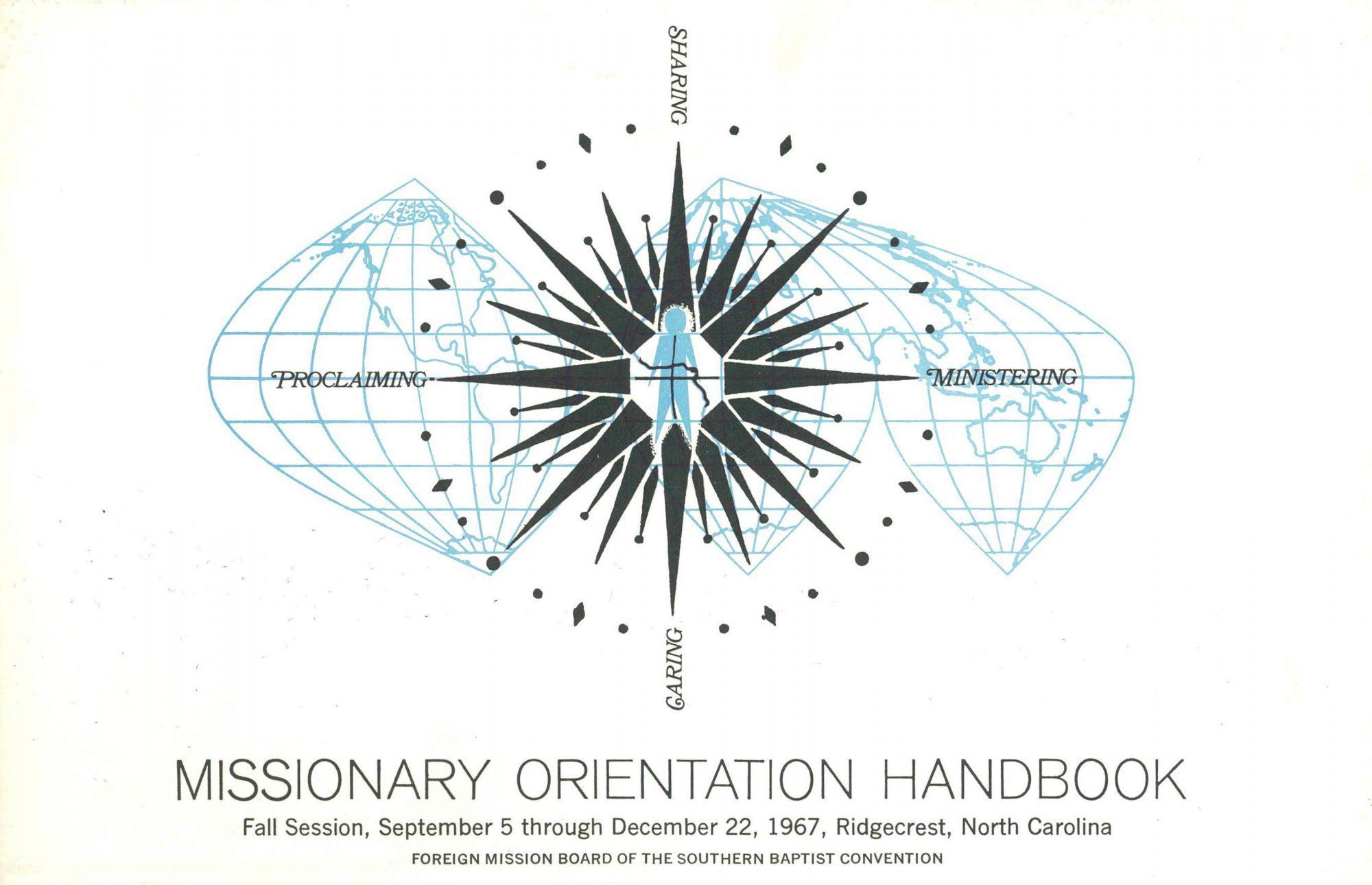
Research Implemented as Part of Field Strategy
Mission strategy studies via on-the-field research began with a commission to examine church development factors in Latin America. Over the years, church development studies and church planting assessments continued, and in the 1990s missionaries were assigned to full-time research positions around the world. Their research helps field leaders make decisions about where to send missionaries and resources.
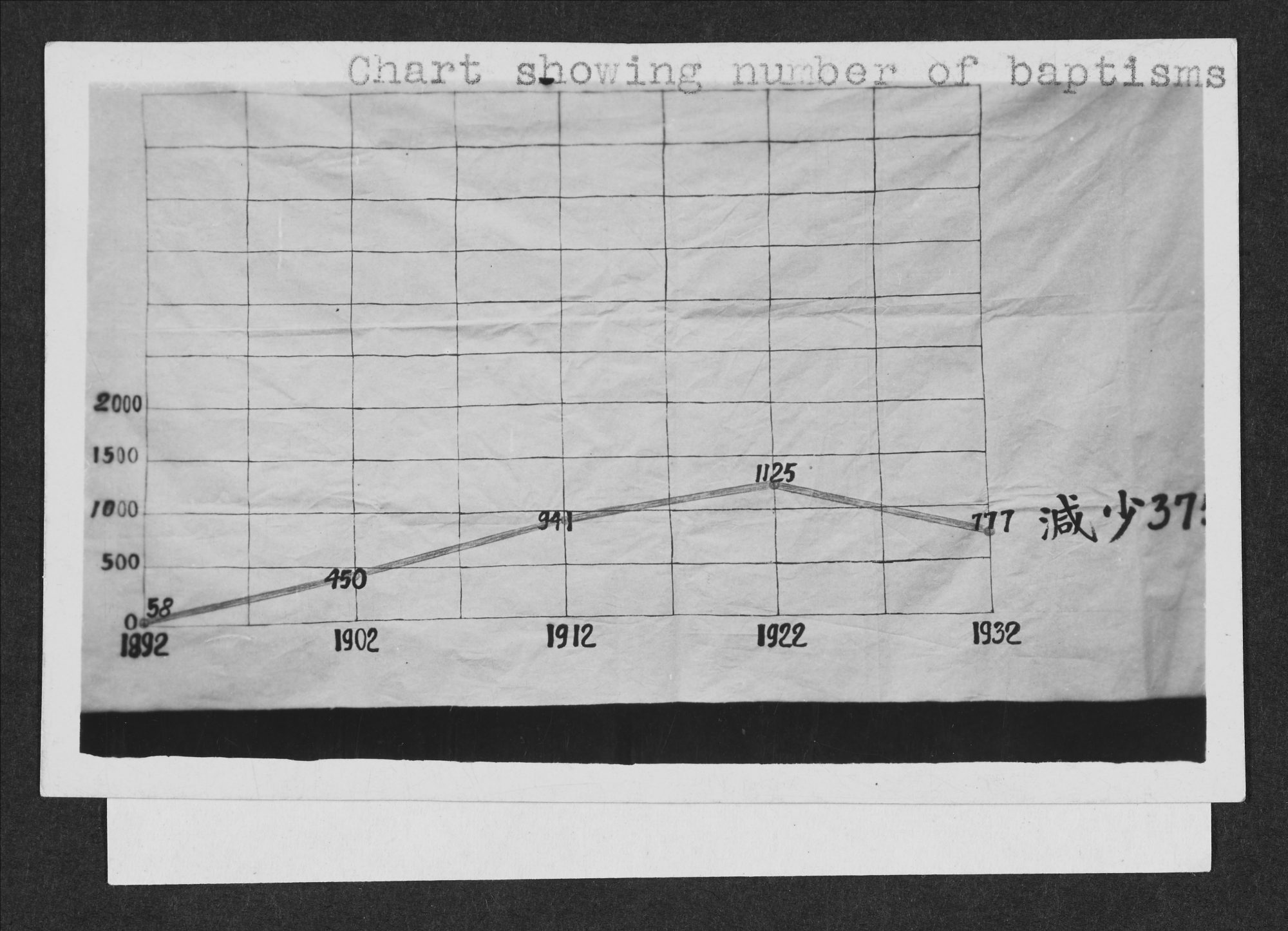
1970s
Overview
As teams of laymen ministered after natural disasters, including a hurricane and an earthquake, Southern Baptists cemented their belief that gospel proclamation and gospel demonstration work hand in hand.
Disaster Relief Emphasized
The Foreign Mission Board formalized its emphasis on disaster relief by electing a consultant for relief ministry. Though missionaries had been helping the needy since the organization’s earliest days, a series of post-World War II disasters, both natural and man-made, led to the formation of disaster relief strategies, including standby medical teams.

Bold Mission Thrust Adopted
The Southern Baptist Convention adopted Bold Mission Thrust, a missions emphasis with the goal of evangelizing the entire world by the year 2000. Over the next 25 years, specific Foreign Mission Board goals included entering 125 countries, sending 5,000 missionaries, enlisting 12,000 churches to pray regularly for unreached people groups, and sending 10,000 volunteers a year to work overseas.
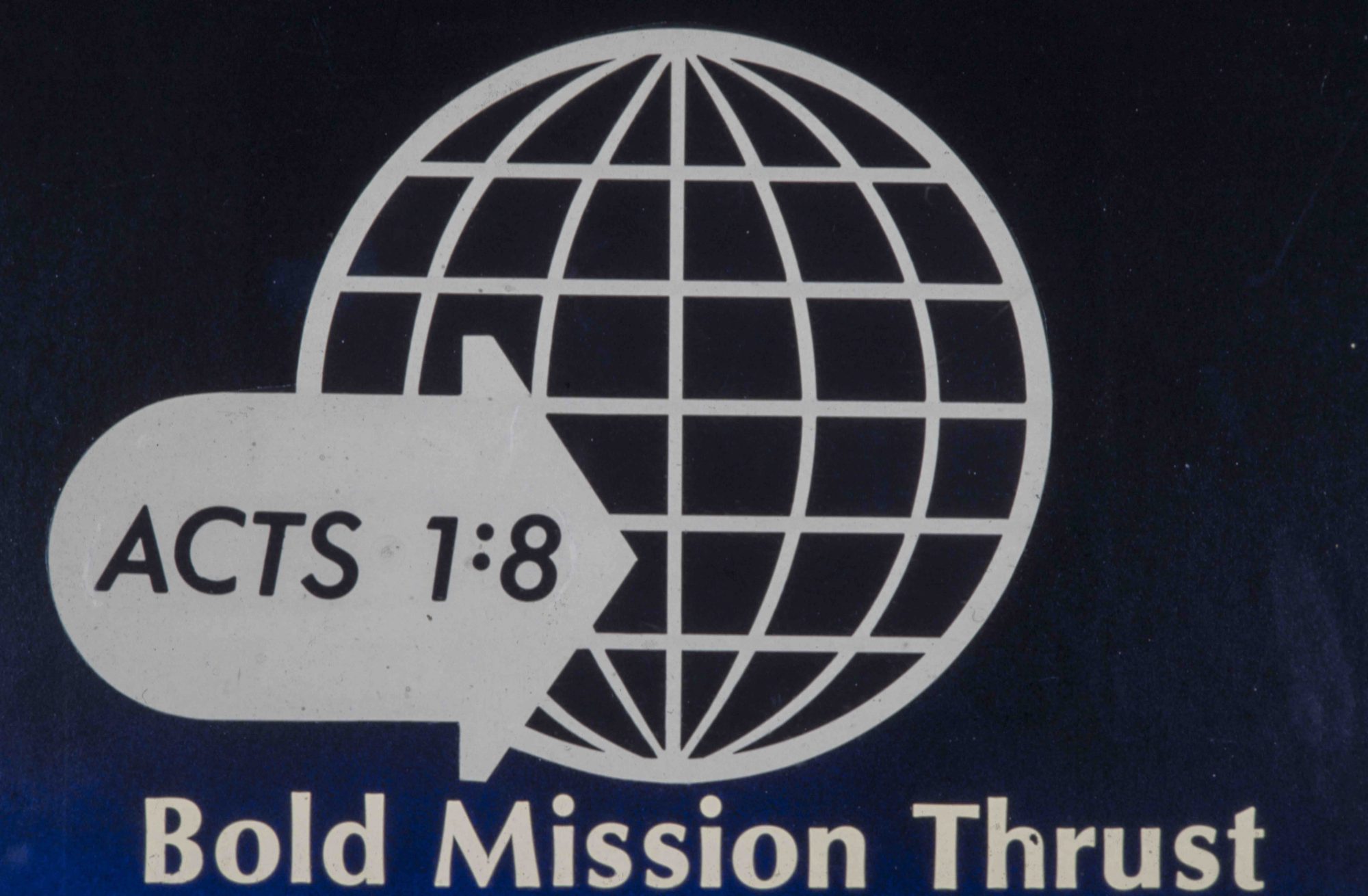
R. Keith Parks Elected Executive Leader
Former missionary to Indonesia and administrative staff member R. Keith Parks was elected leader of the Foreign Mission Board, effective January 1, 1980. Parks led the organization into a new era of getting the gospel to unreached people groups, a shift from a focus on geographic locations. He firmly emphasized evangelism that resulted in new churches and upheld prayer as the key to effective missionary activity.
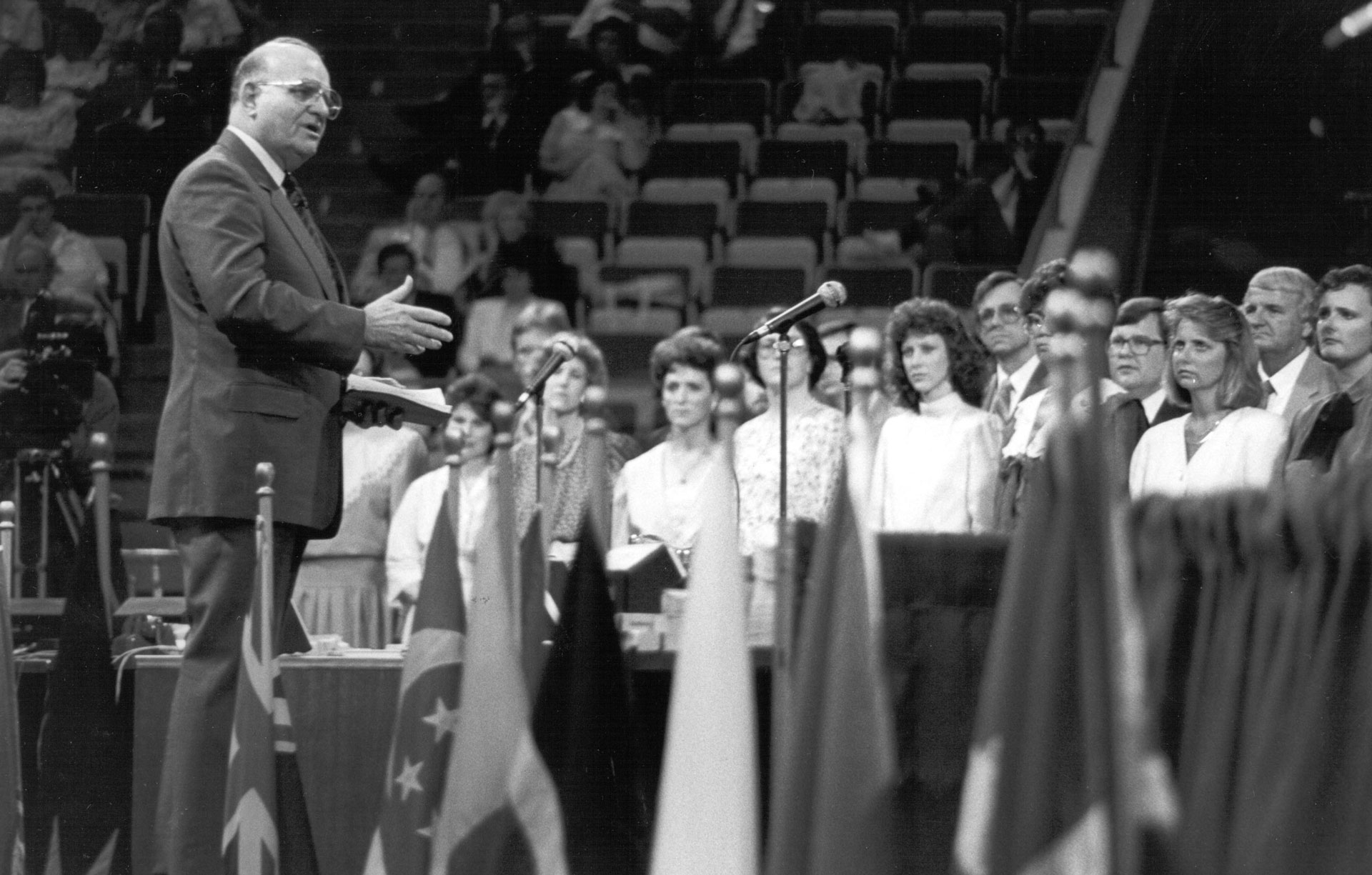
1980s
Overview
The FMB wrestled with how to get the gospel into areas where missionaries are forbidden. The fall of the Berlin Wall set the stage for unprecedented work in former Soviet lands.
‘Hidden Peoples’ Concept Expanded Mission Efforts
Foreign Mission Board leaders began seriously considering the concept of “hidden peoples” —people who do not have churches or active evangelism happening among them. To date, missionaries had focused mostly on geo-political countries and official languages, yet thousands of ethnic groups, each with a distinct language and culture, needed access to the gospel message.
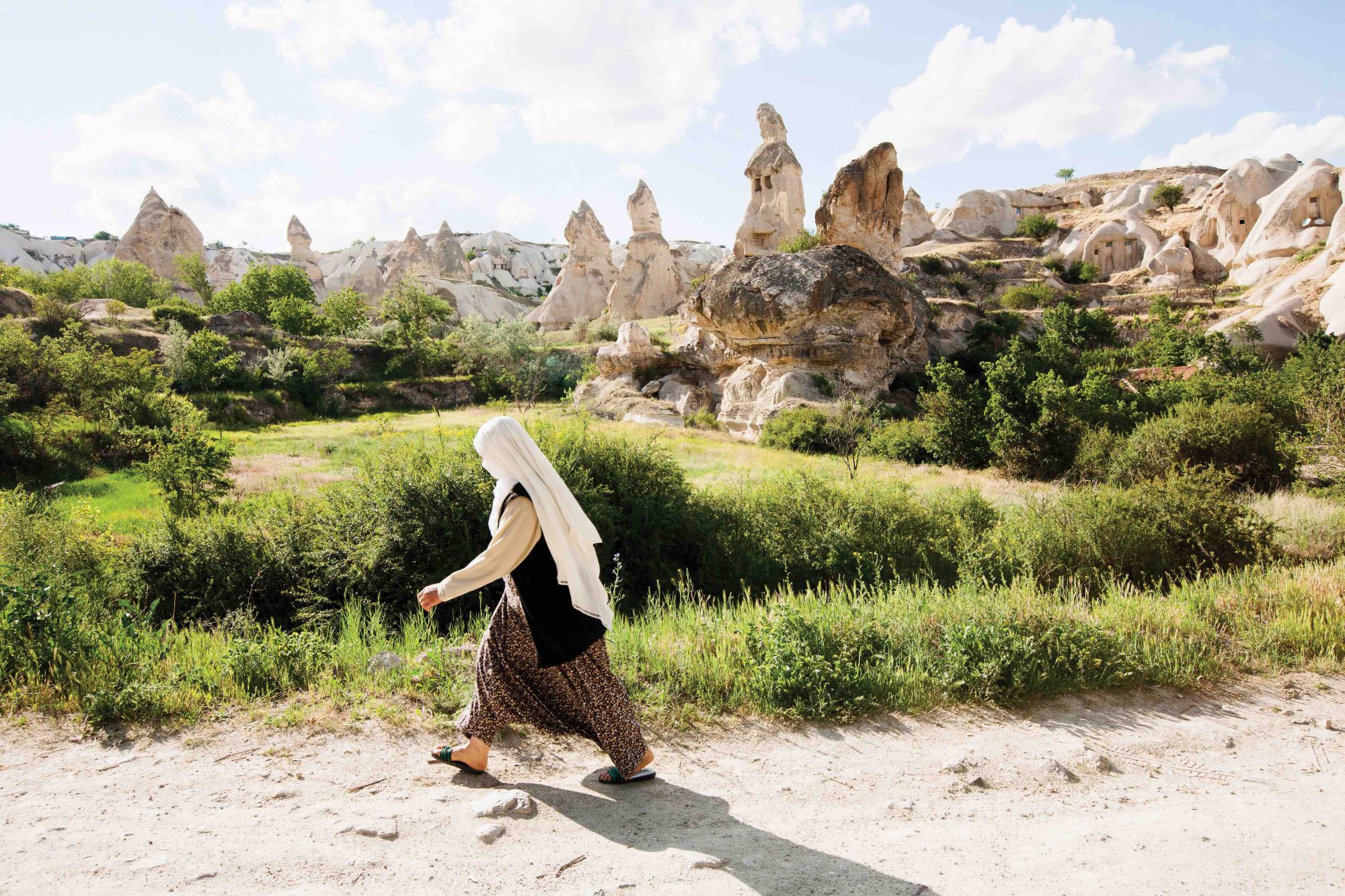
Missionary Learning Center Opened
Career missionary orientation sessions began at the new Baker James Cauthen and Eloise Glass Cauthen Missionary Learning Center in Virginia. The seven-week program was set to occur six times annually. Over the years the duration and frequency of the program fluctuated, but all missionaries are still required to attend orientation at the Learning Center prior to serving overseas.
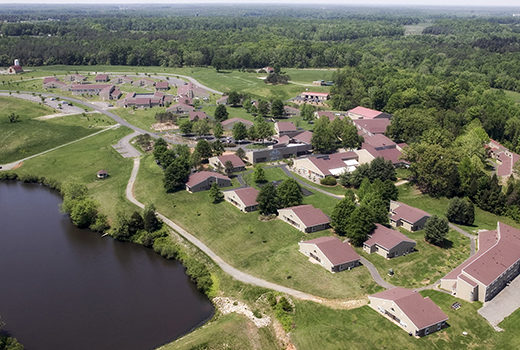
Cooperative Services International Formed
The Foreign Mission Board created Cooperative Services International to focus on countries where traditional missionary presence was not possible. The organization’s leaders began grappling with the challenge of evangelizing all the world’s people, wherever they live.
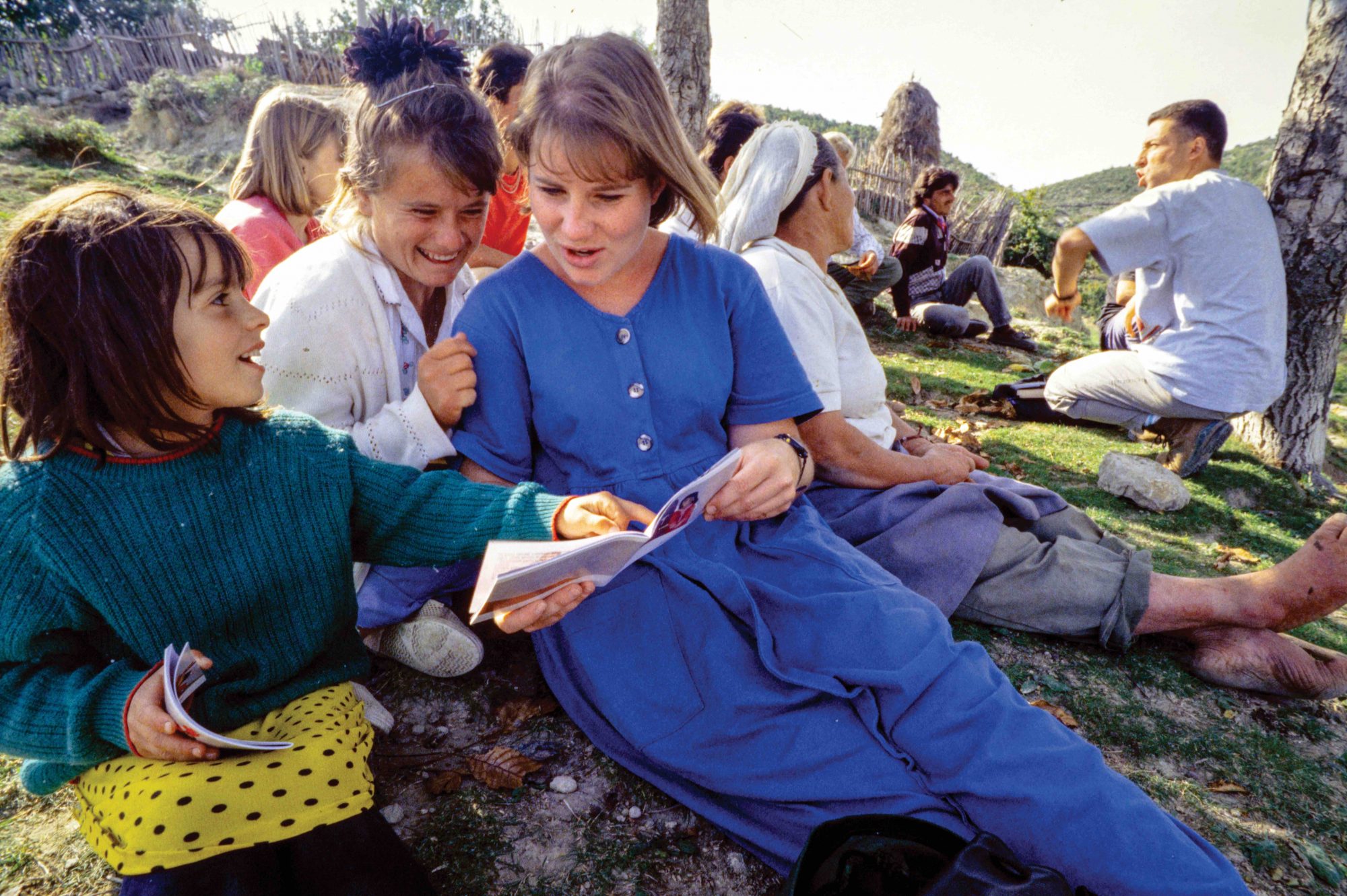
Non-Residential Missionary Program Launched
The non-residential missionary program launched to proclaim the gospel to the one-fourth of the world’s population living in areas closed to traditional missionary presence. Missionaries began entering countries using tourist visas or other legal means for a few weeks at a time, seeking to start self-sustaining churches.
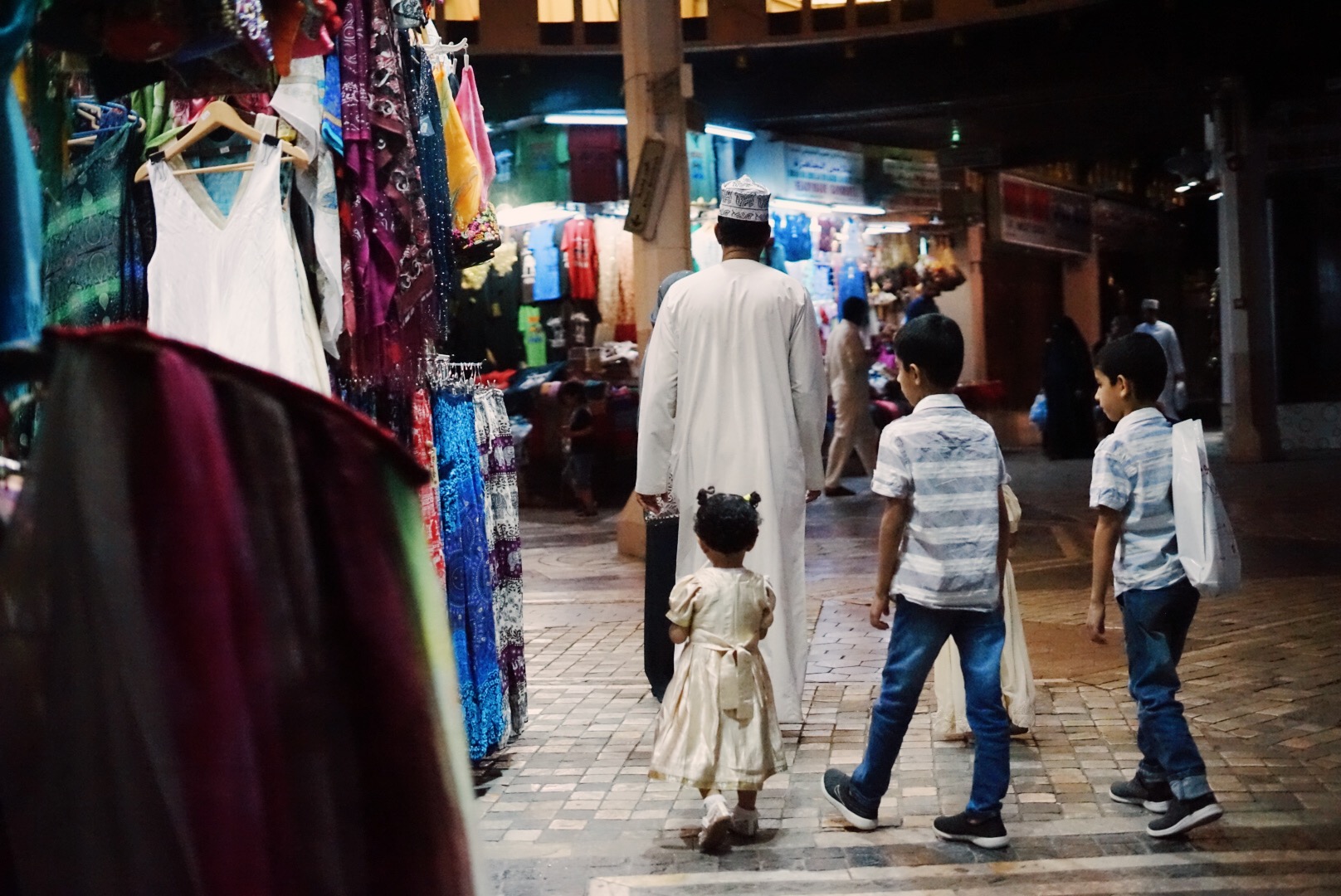
Missions Offering Total Surpassed $1 Billion
Cumulative receipts for the Lottie Moon Christmas Offering® surpassed $1 billion.

First Deaf Missionary Sent
The Foreign Mission Board’s first Deaf missionary, Yvette Aarons, was commissioned for a four-year special assignment to Trinidad. She was appointed as a career missionary to Trinidad in 1993 and also served in St. Lucia and Thailand before retiring in 2016.
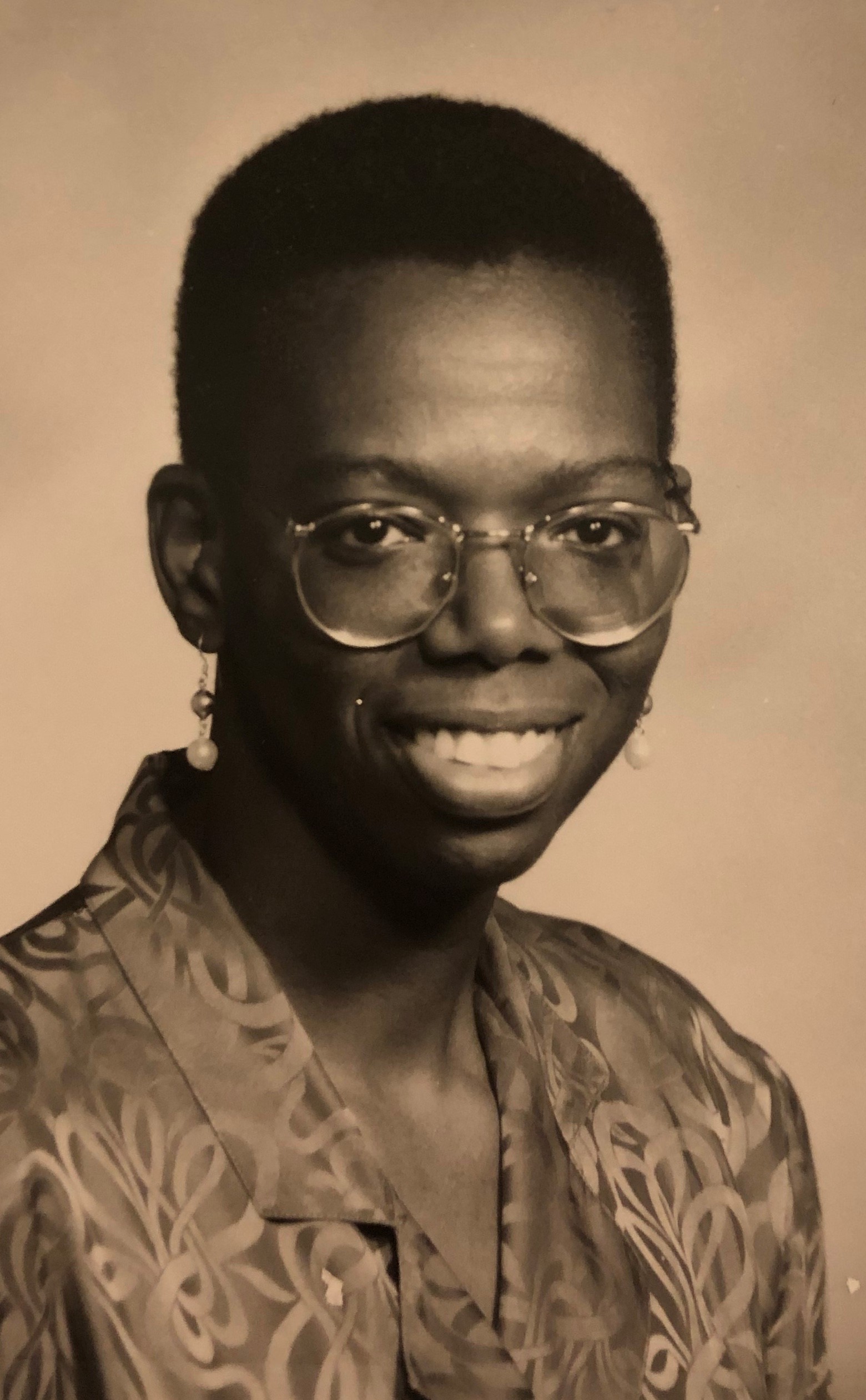
1990s
Overview
Mission strategies shifted from a focus on traditional institutions to unreached people groups and church planting movements as the organization’s name changed from Foreign Mission Board to International Mission Board.
Jerry Rankin Elected Executive Leader
Former missionary to Indonesia and field strategy leader Jerry Rankin was elected president of the Foreign Mission Board. Rankin accelerated the mobilization of Southern Baptist churches for world missions and emphasized strategic partnering with other Great Commission Christians to evangelize all remaining unreached people groups.
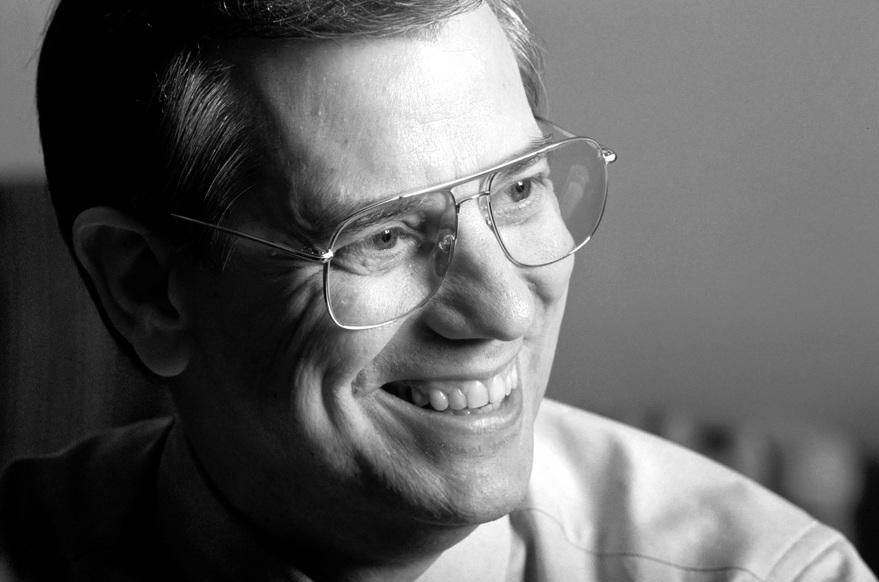
‘New Directions’ Launched People Group Focus
The Foreign Mission Board adopted “New Directions,” a comprehensive strategy for reaching every people, tribe and language group. Church planting movements became a major strategy for reaching all peoples. The result was the reassignment of over 50 percent of missionary personnel to the direct engagement of unreached people groups.
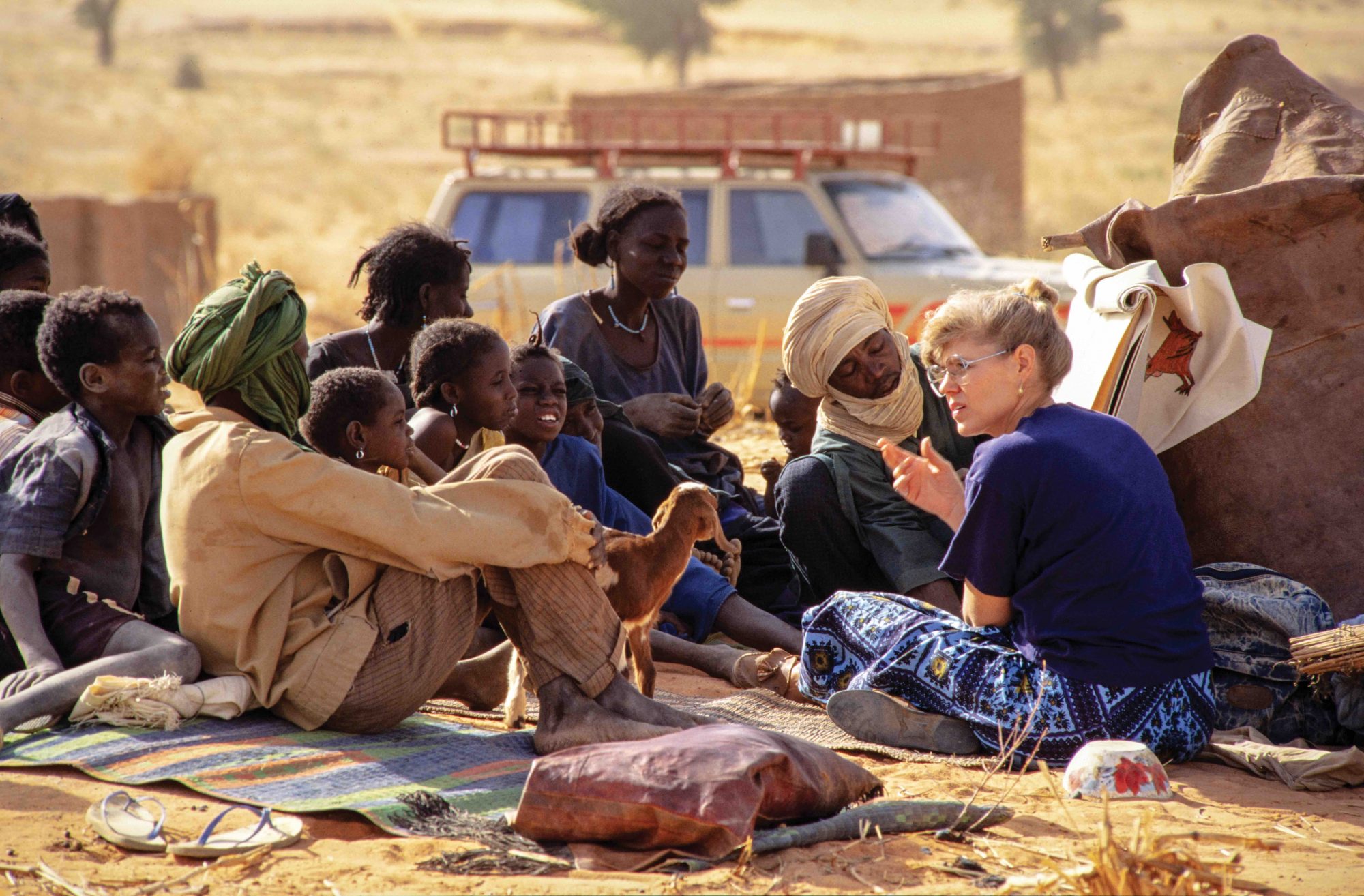
Name Changed to International Mission Board
The Southern Baptist Convention recommended that the Foreign Mission Board change its name to the International Mission Board, based on concerns the term “foreign” implied missionaries are natural and others are different. The word “international” better indicated the gospel is natural for all peoples of the world.
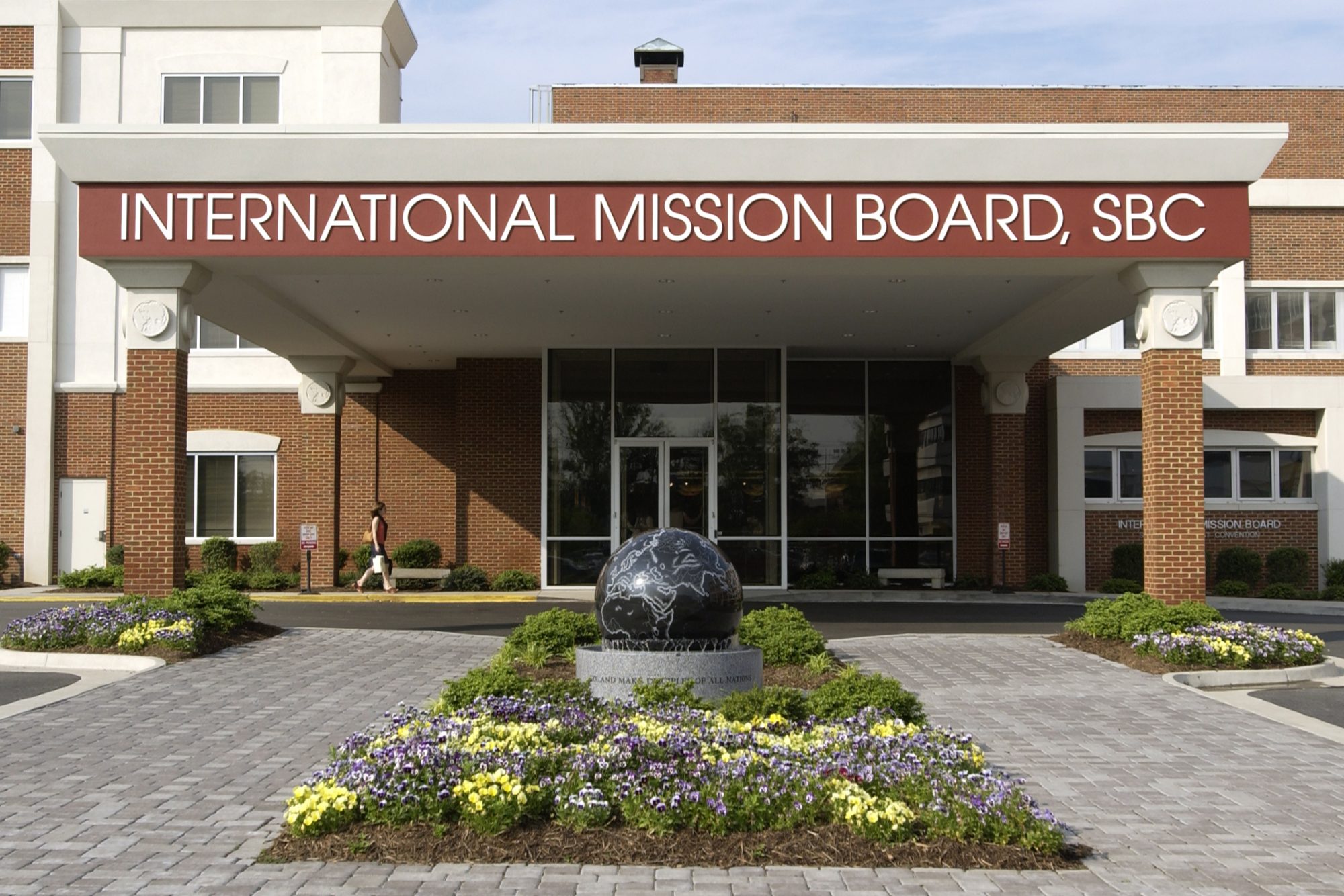
Annual Offering Receipts Surpassed $100 Million
Annual receipts for the Lottie Moon Christmas Offering® surpassed $100 million for the first time.
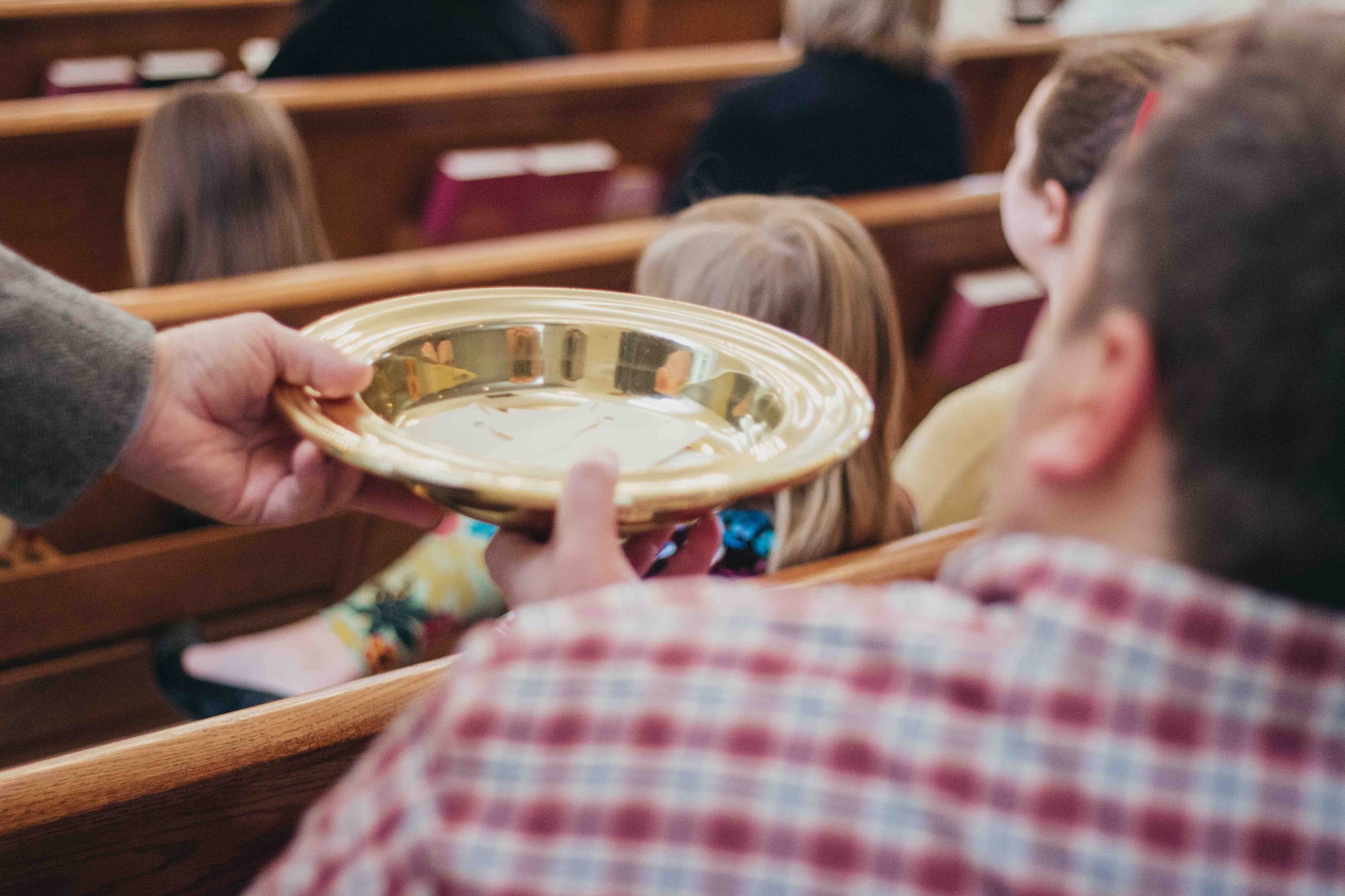
2000s
Overview
The number of missionaries exceeded 5,000 as more and more unreached people groups were engaged. In countries hostile to the gospel, missionaries developed creative methods to enter an area and make disciples.
Missionaries Required to Sign 'Baptist Faith and Message'
The International Mission Board began requiring all missionaries to sign the "Baptist Faith and Message 2000" as a sign of agreement with essential Southern Baptist beliefs.

Missionary Count Exceeded 5,000
The International Mission Board’s missionary count exceeded 5,000 for the first time — meeting one of the major goals of Bold Mission Thrust, adopted by Southern Baptists 25 years earlier.
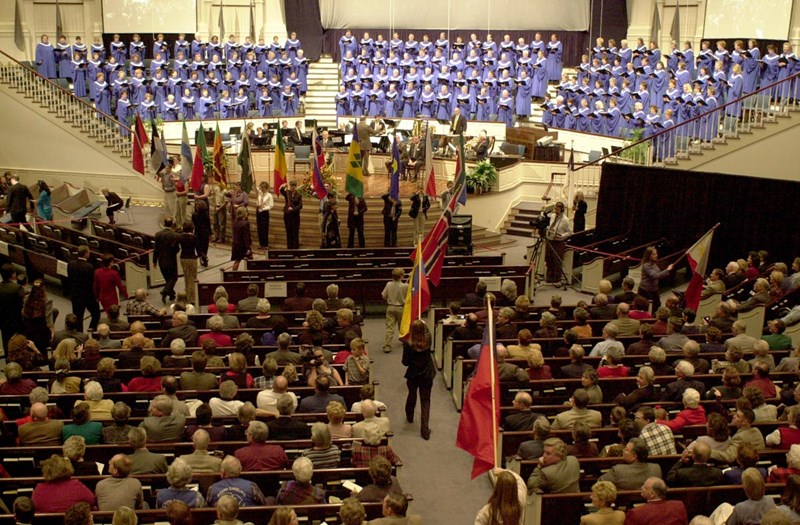
Oral Learners Engaged Through Storying
The International Mission Board began emphasizing the use of chronological Bible storying to share God’s Word with oral learners — those who learn through non-literate means. Orality became a major emphasis as missionary teams started to engage millions who either couldn’t read or who preferred to digest Scripture through oral methods like storytelling and song.
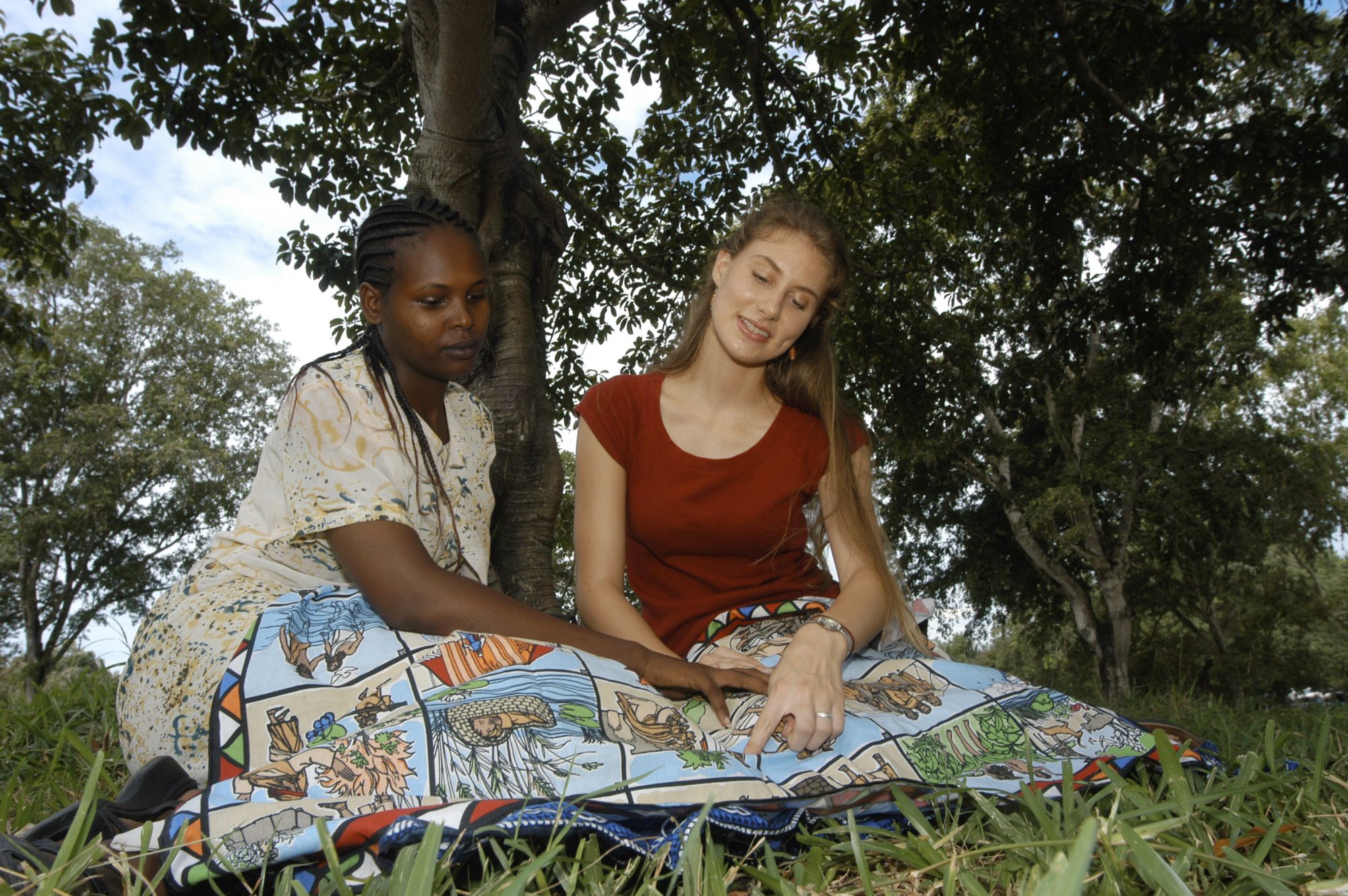
Over 500,000 People Baptized
For the first time, Southern Baptist missionaries and their overseas partners baptized more than 500,000 people in a single year.
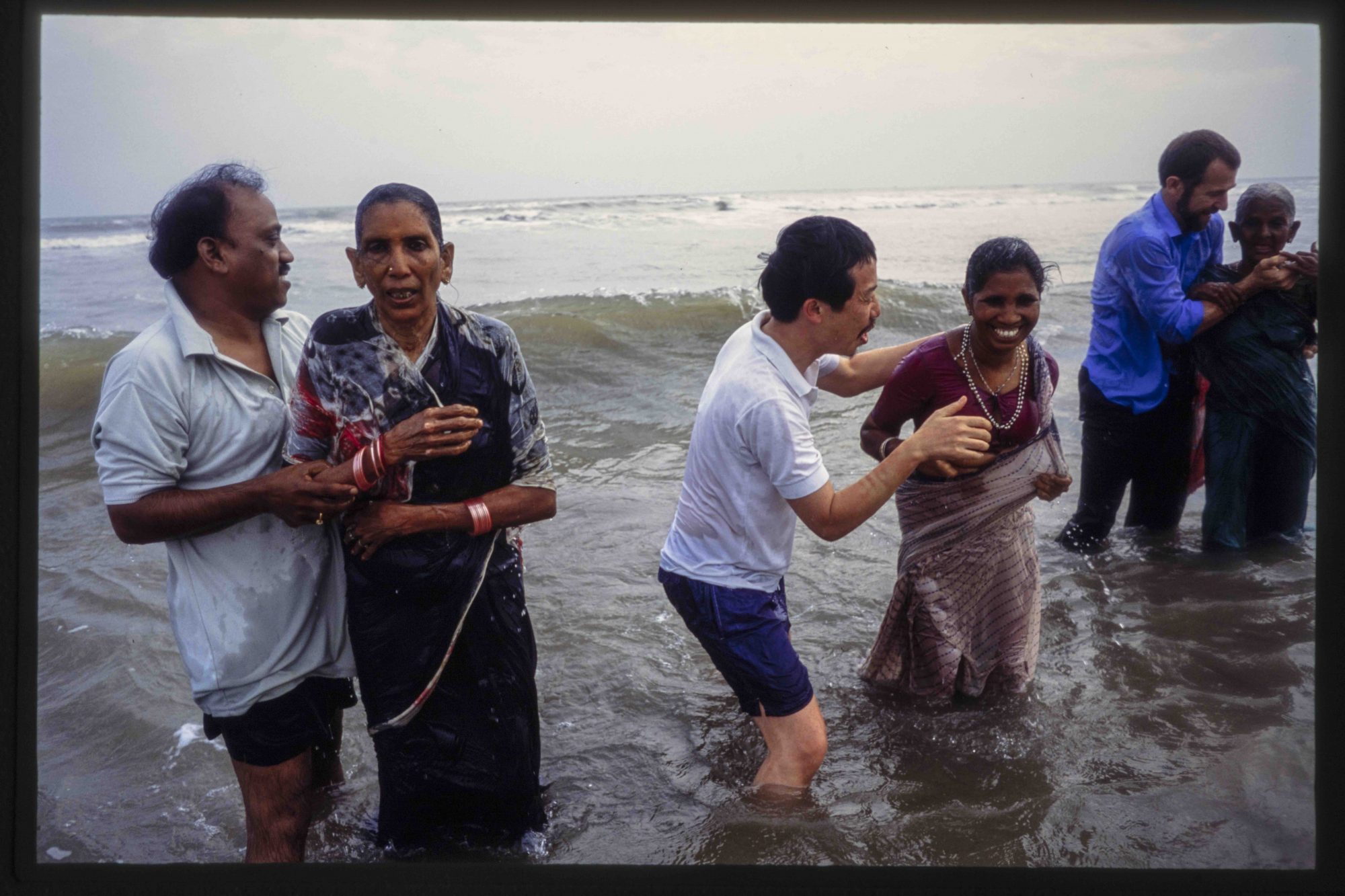
Budget Shortfalls Cut Missionary Appointments
Budget shortfalls forced the International Mission Board to limit new missionary appointments for the first time since the Depression.
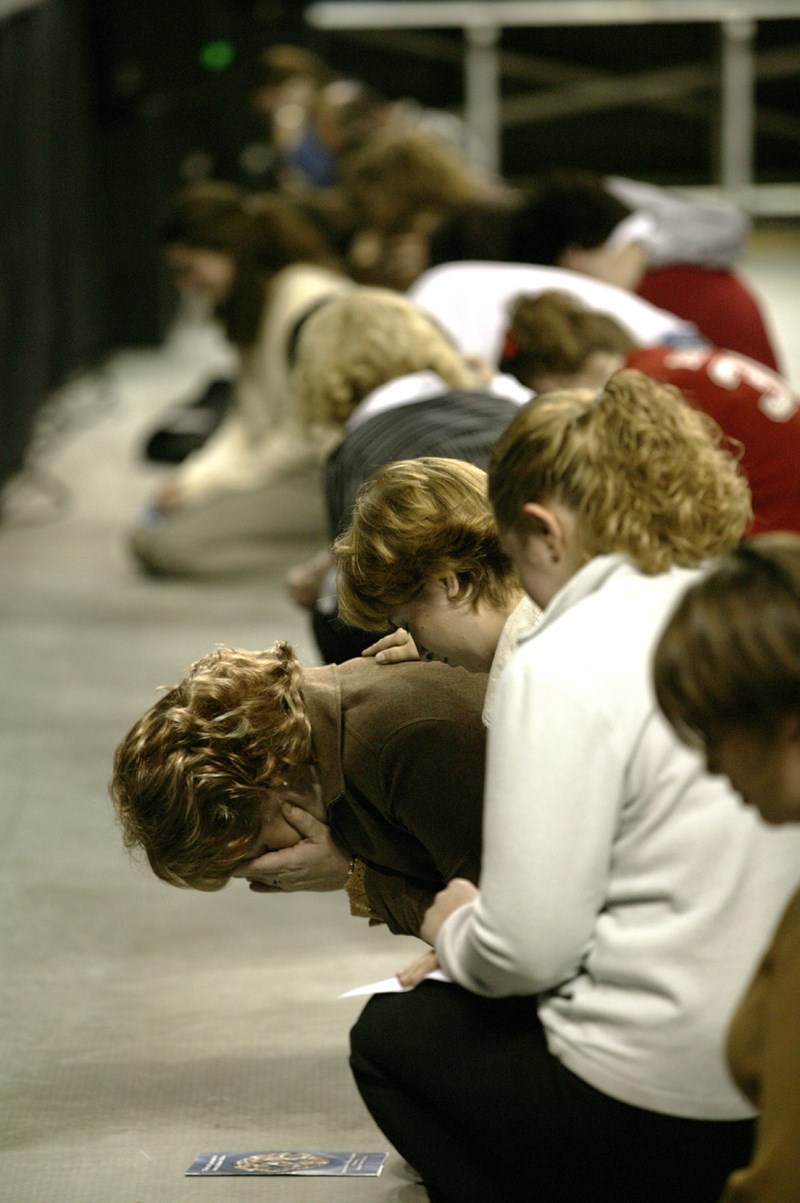
Field Work Restructured as Affinity Groups
Overseas work was restructured into nine affinity groups so ministries could expand beyond traditional geographic approaches to those in which all people groups, regardless of where they lived, could have access to the gospel. Leaders considered how to ensure people such as South Americans living in Europe or Asians in Africa were not overlooked in mission strategies. The Deaf were recognized as an affinity group, affirming the perspective that most of the world’s Deaf possess a shared identity that supersedes their ethnic identity.
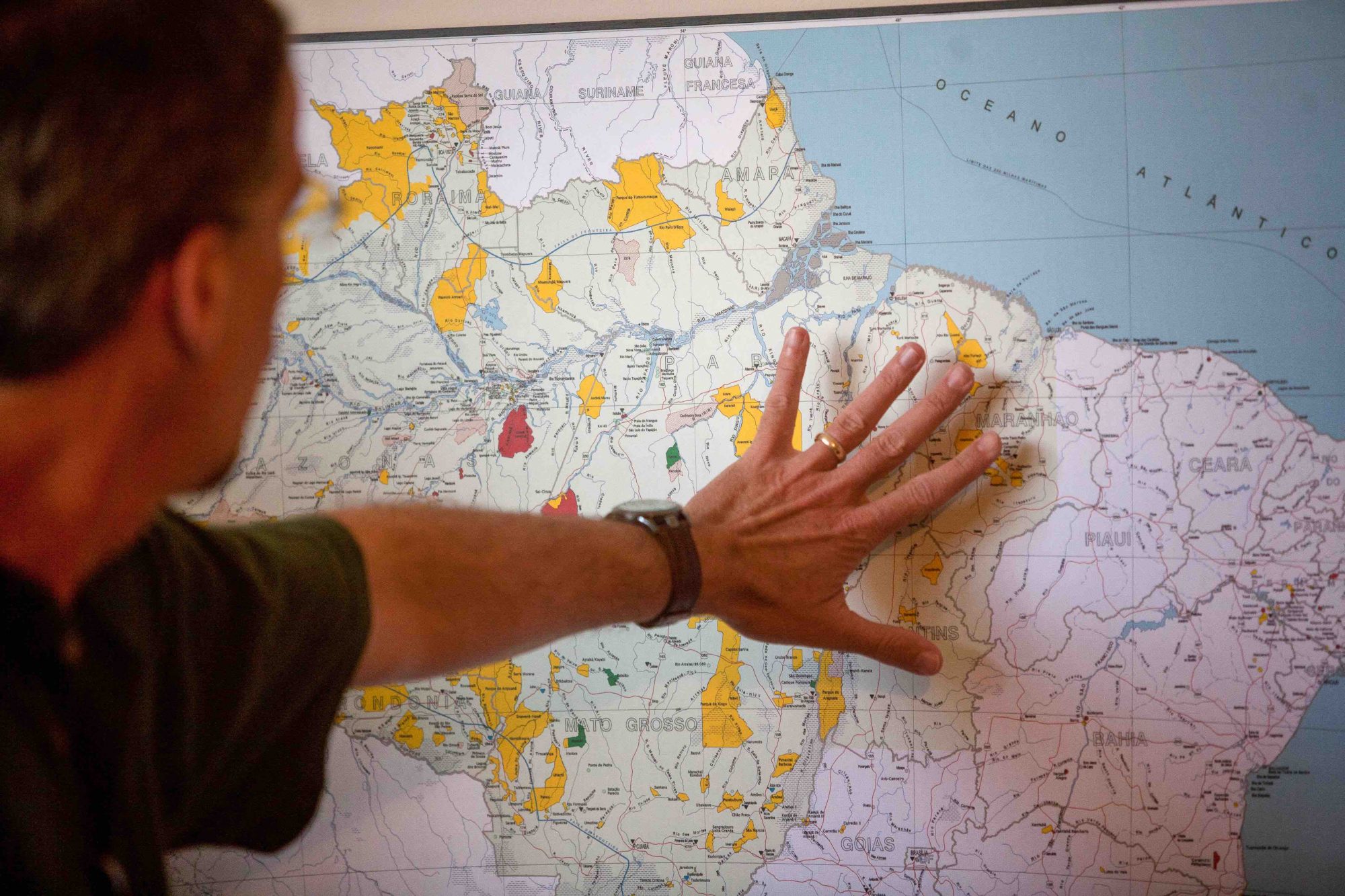
2010s
Overview
New service pathways were promoted as the IMB grappled with budget shortfalls. In a rapidly urbanizing world, missionaries embraced partnerships with global Christians to get the gospel to unreached peoples and places.
Tom Elliff Elected Executive Leader
Pastor and former IMB missionary Tom Elliff was elected president of the International Mission Board. During his three-year tenure, he challenged Southern Baptist churches to do “whatever it takes” to get the gospel to the world’s 3,800 unengaged, unreached people groups — groups in which less than 2 percent of the people are evangelical Christians, with no active church planting strategy among them.
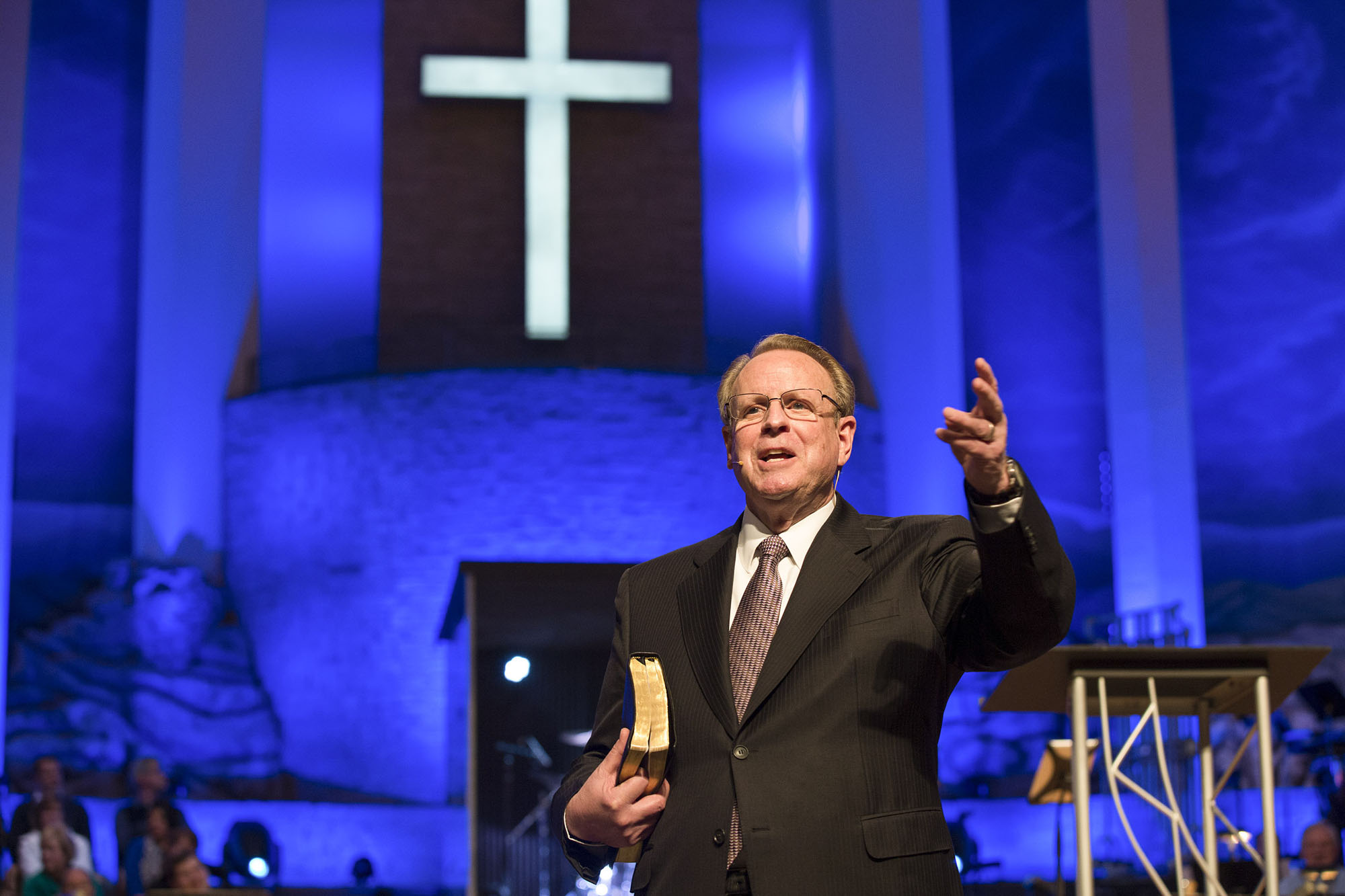
David Platt Elected Executive Leader
Pastor and well-known author David Platt was elected president of the International Mission Board. He led the organization through a period of tough decisions to tackle deep financial challenges. His passionate belief that every believer should be on mission brought about new pathways of overseas service, including opportunities for students, professionals and retirees to join missionary teams.
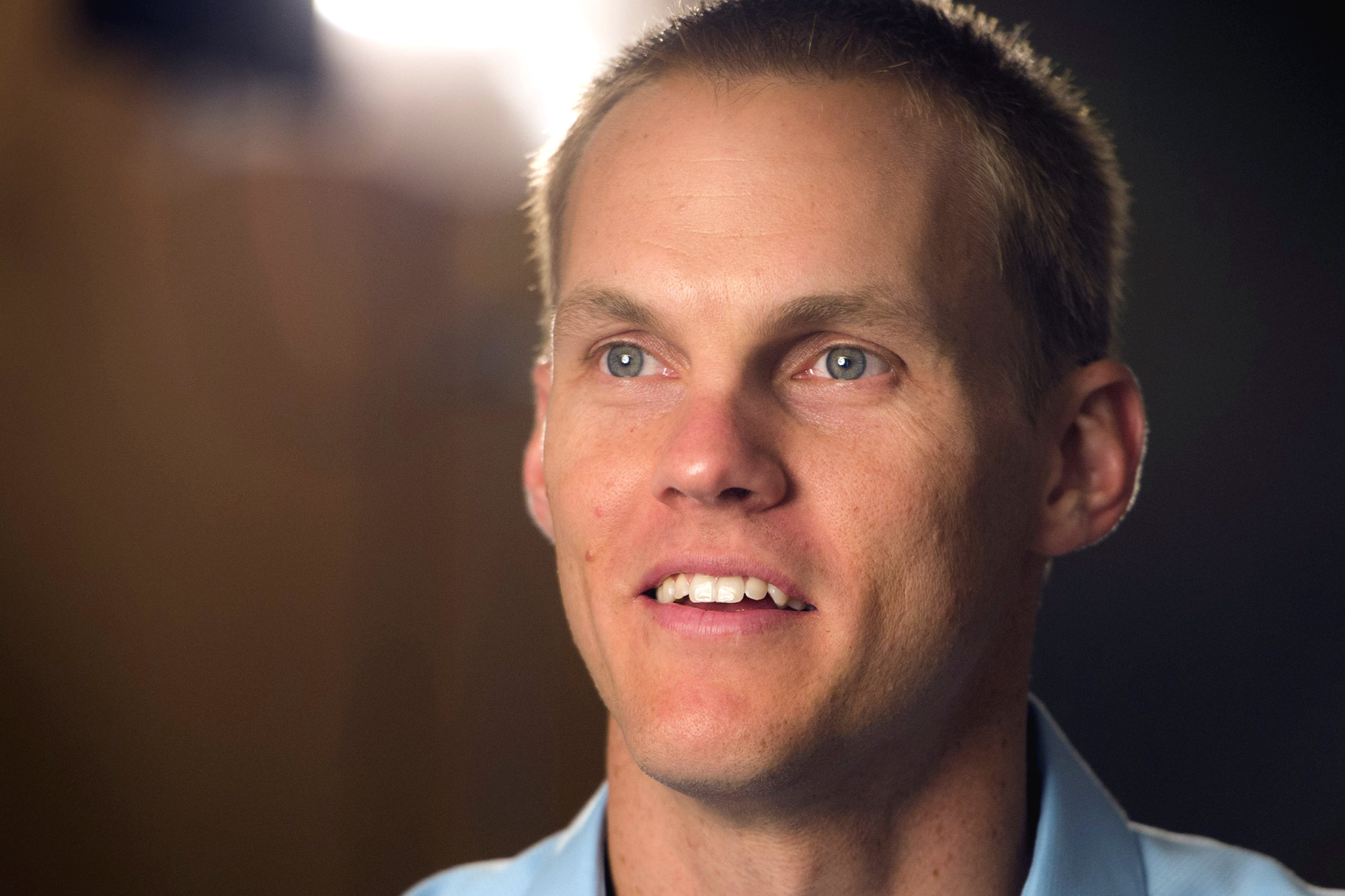
Missionary and Staff Count Decreased by Over 1,000
In 2015 the International Mission Board addressed budget shortfalls through the Voluntary Retirement Initiative and a Hand Raising Opportunity — opportunities for missionaries and staff to move out of IMB service of their own volition. Personnel numbers decreased by more than 1,000. Two years later, the IMB announced a return to financial solvency with a balanced budget of $262 million.
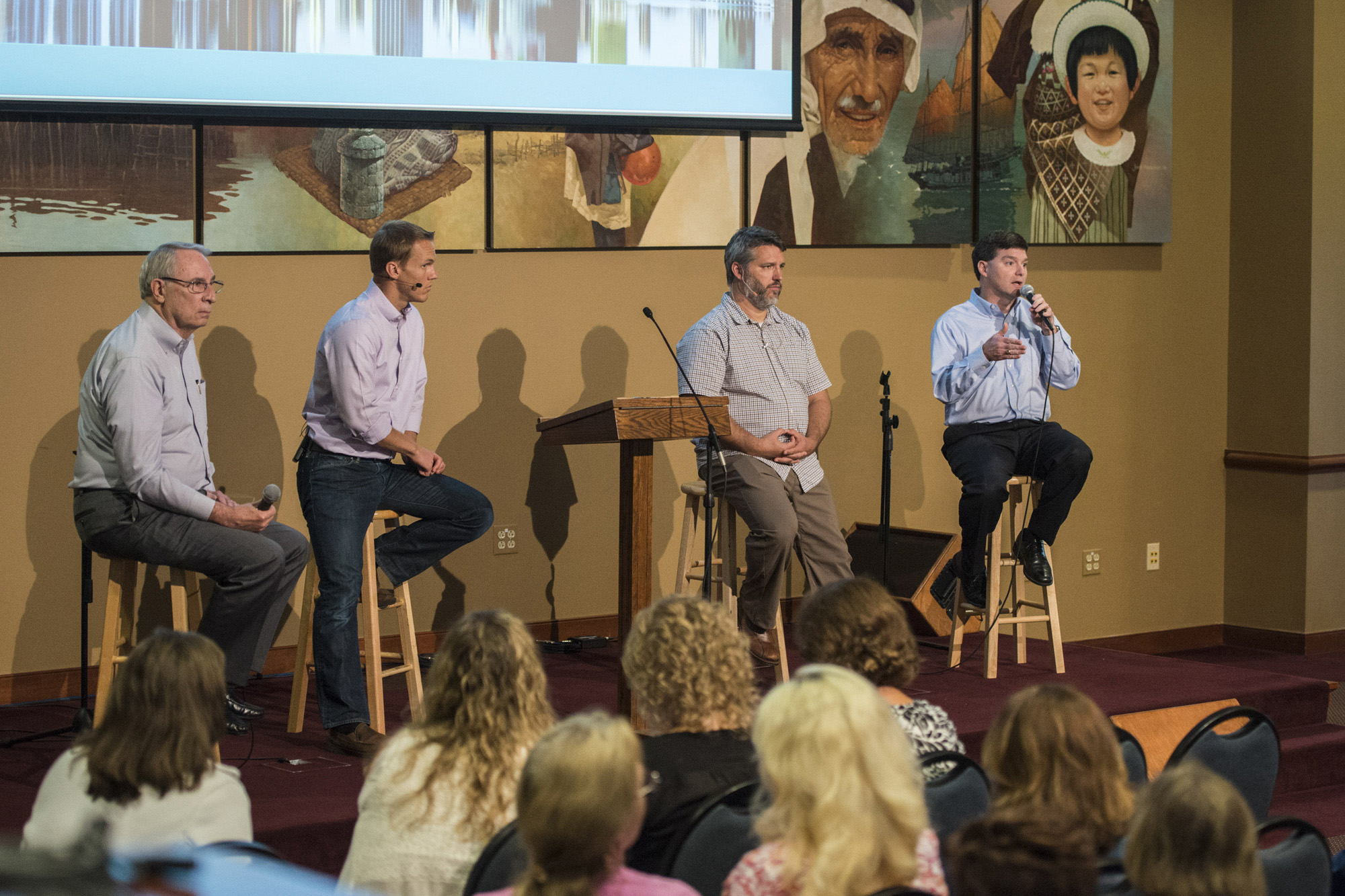
'Foundations' Document Clarified Missionary Task
International Mission Board leaders released the "Foundations" document to provide clarity and common understanding of core missiological convictions, key terms and the six components of the missionary task: entry, evangelism, discipleship, healthy church formation, leadership development and exit.
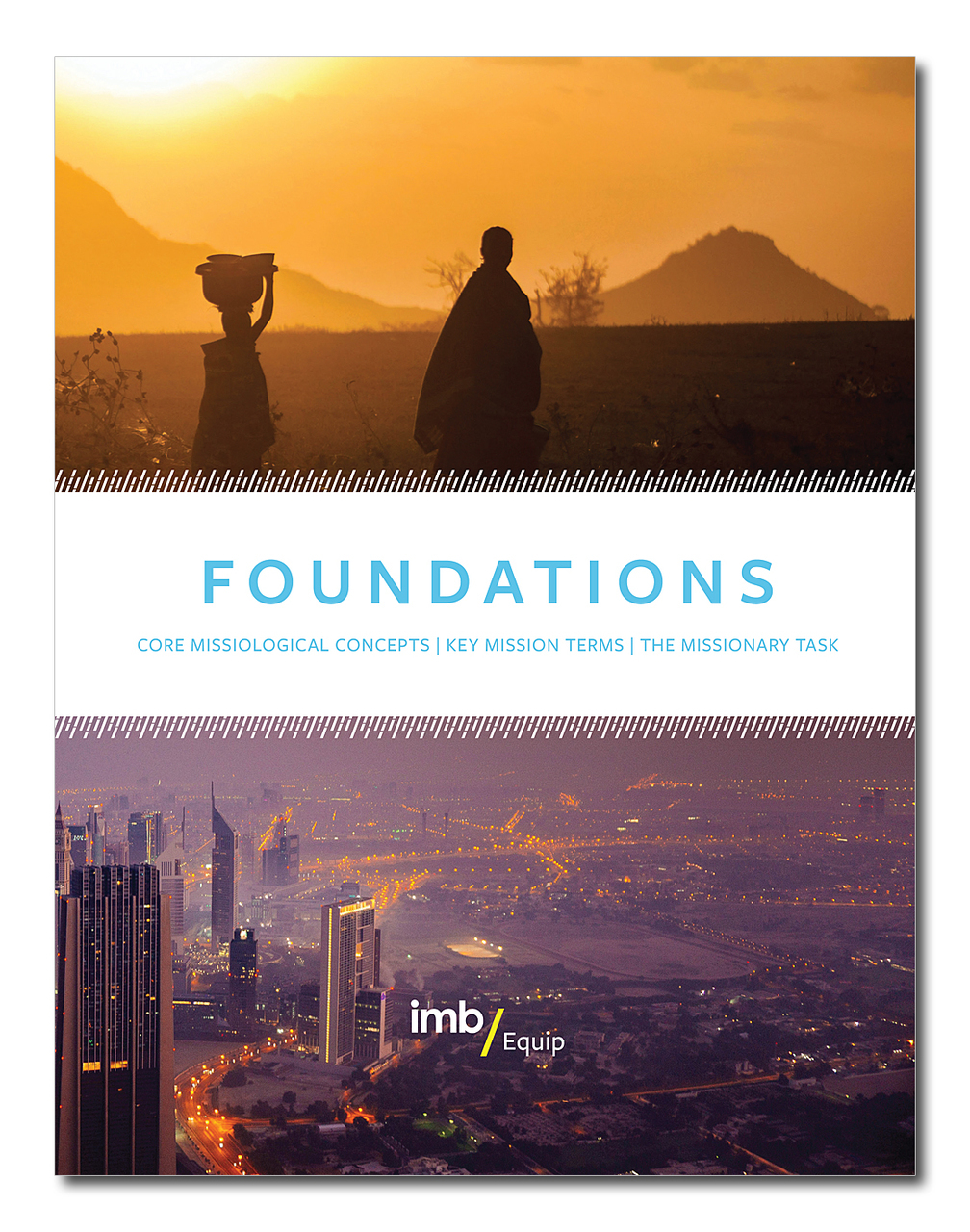
Paul Chitwood Elected Executive Leader
Kentucky Baptist Convention executive director and former IMB board member Paul Chitwood was elected the 13th executive leader of the International Mission Board. His passion for telling the stories of God at work through IMB missionaries encourages Southern Baptists to consider anew how to work together toward “a great multitude ... from every nation, from all tribes and peoples and languages” (Revelation 7:9) who know and worship our Lord Jesus Christ.
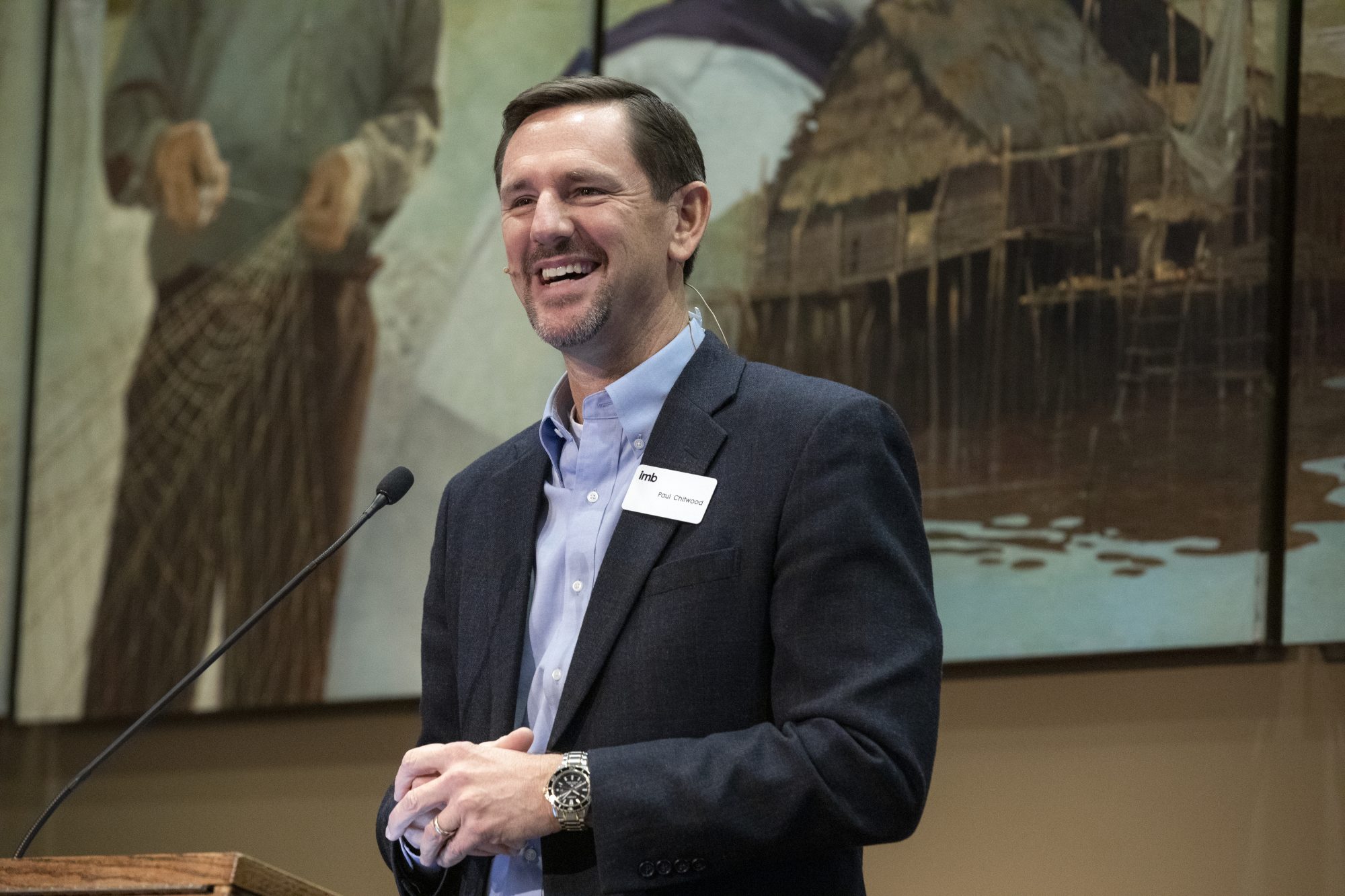
2020s
Overview
The IMB continues to serve Southern Baptists as they send and fund missionaries, mobilize missionary partners, make disciples, plant churches, and pray for the nations.

